Horsemen on Rearing Horses Part 4: Mid 19th Century – Present, Looking For Heroes (and Heroines) All Over The World
Table Of Contents
Horsemen statues become fashionable again, 1850s – 1860s
↑ Back To Table Of Contents ↑Since mid-19th century, the horsemen on the rearing horses emerge all over the world.
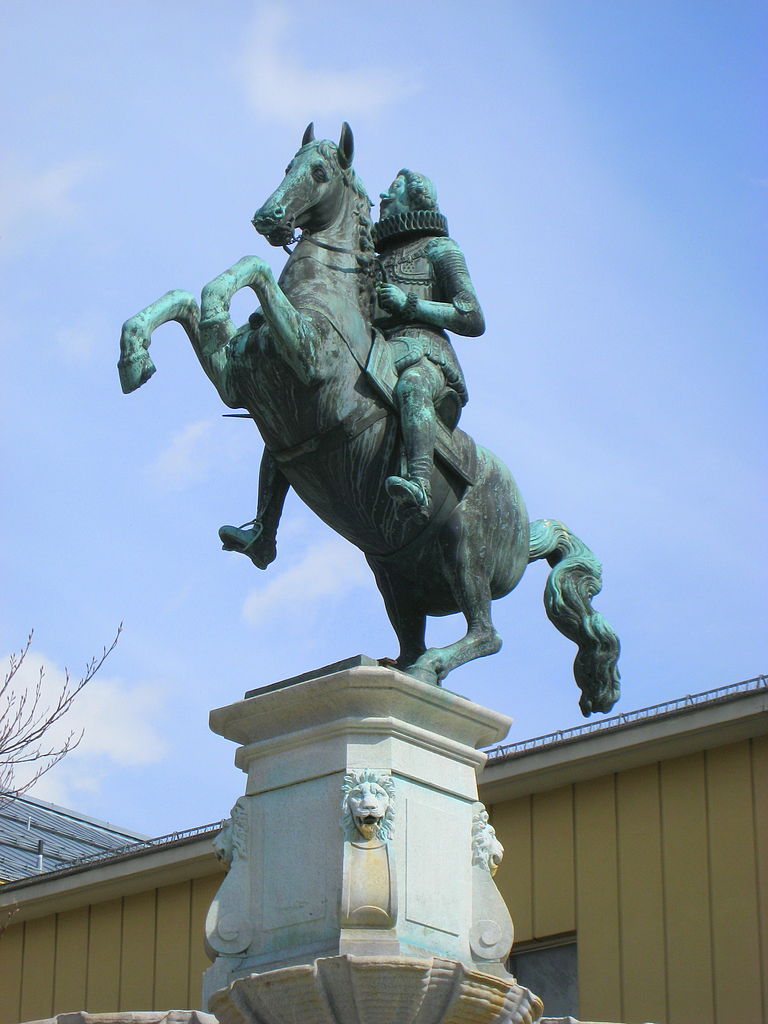
The first equestrian statue in Europe with only two support points was erected in Saint-Petersburg in 1859 (statue of Nicholas I of Russia); it was closely followed by the statue unveiled in Vienna in 1860 (statue of Archduke Karl).
(It must be pointed out that the statue of Leopold V, Archduke of Austria, was completed in 1631, had only two support points, and it was very much a public monument, much bigger than the tabletop bronzes that existed before. I am not sure why it is never mentioned in the discussion of two support points statues.)
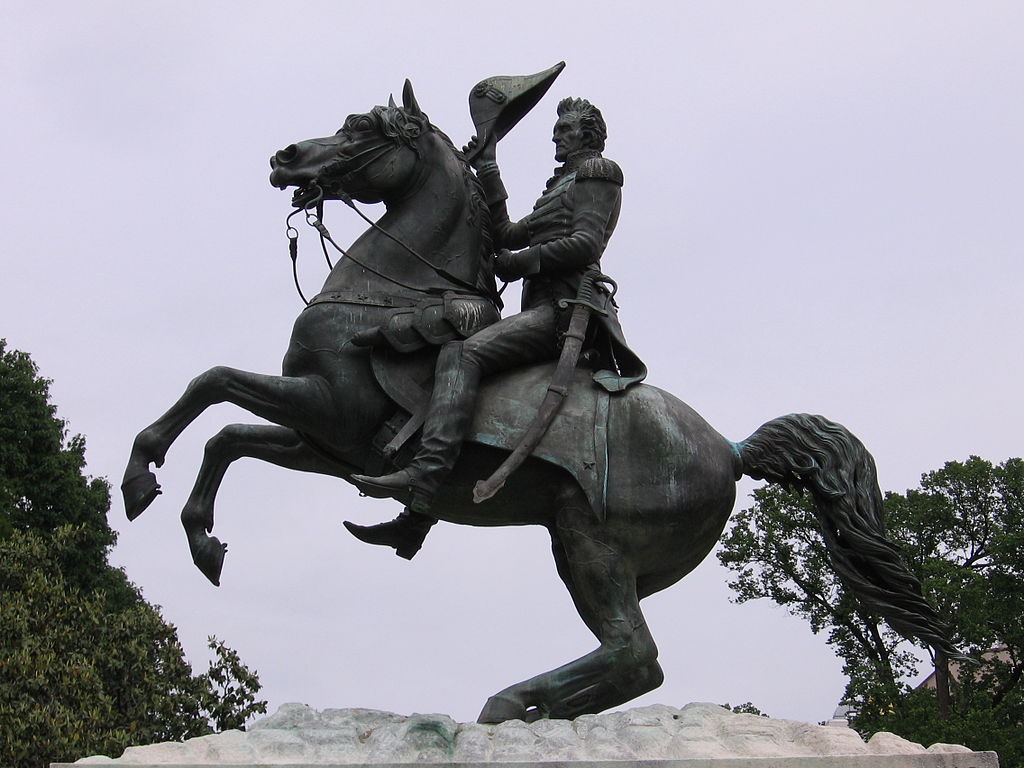
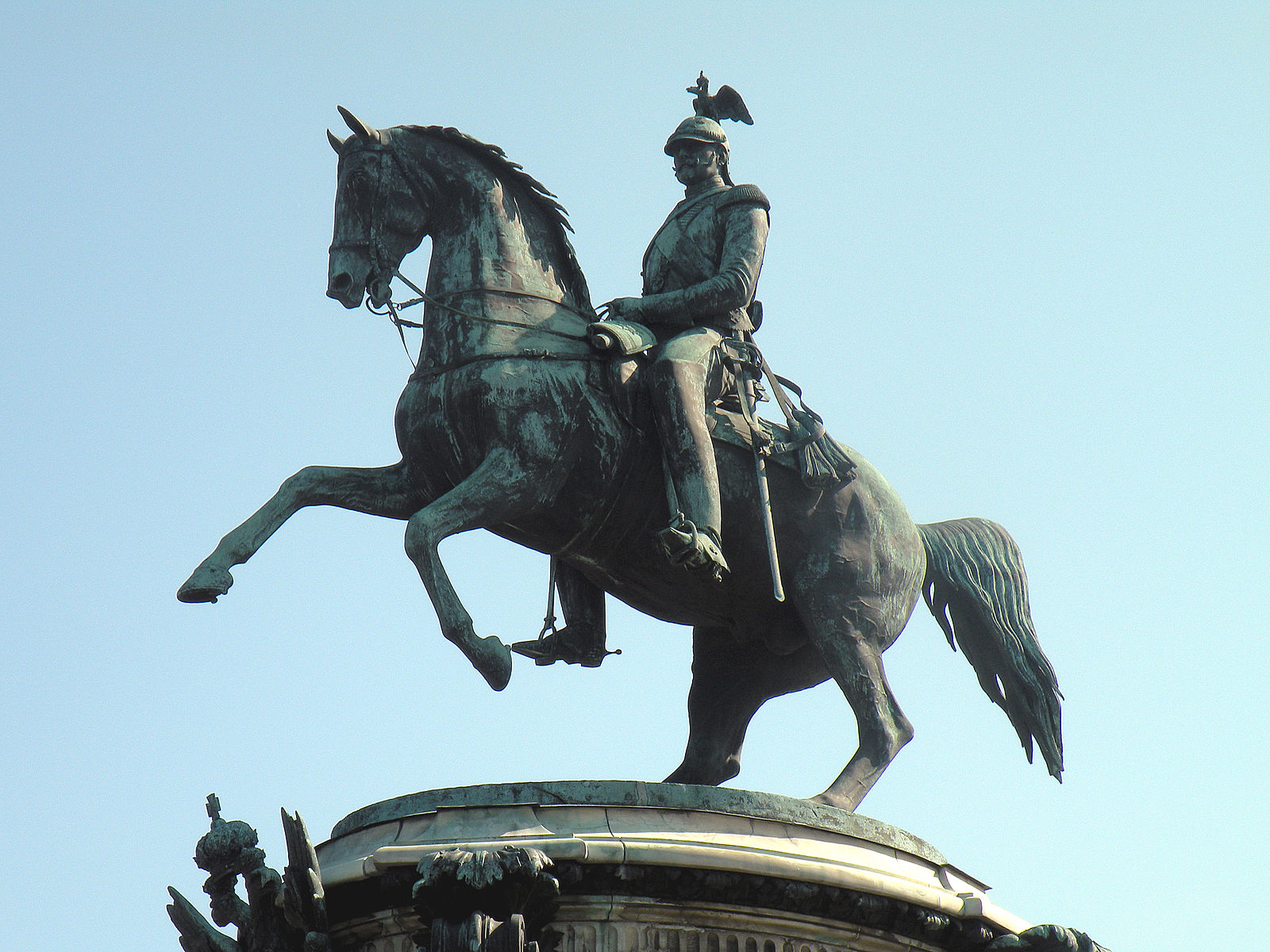
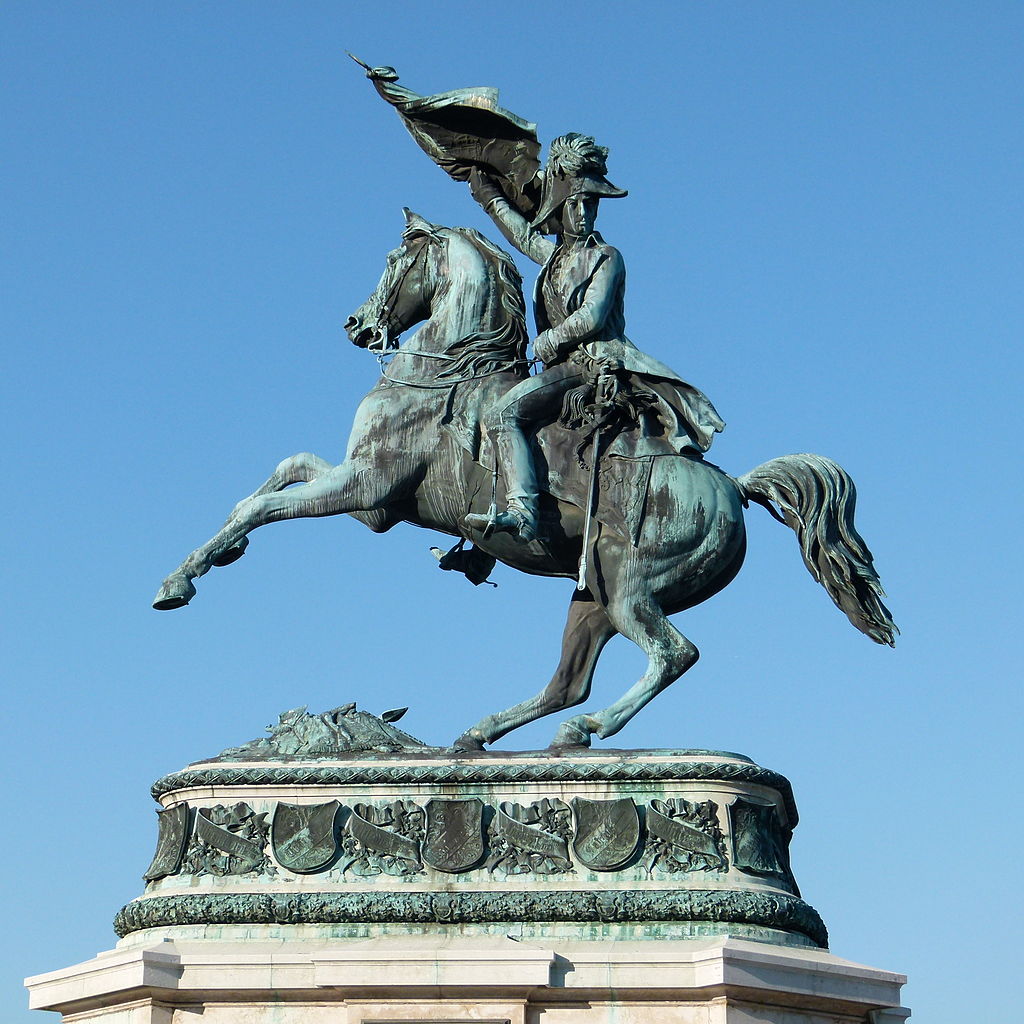
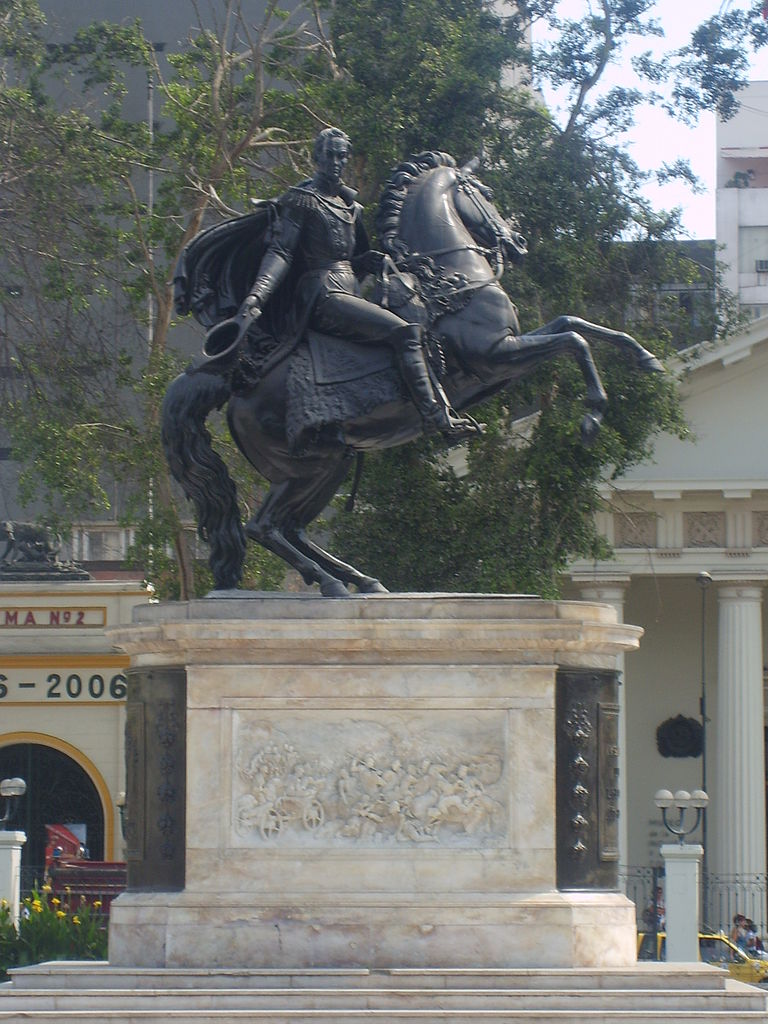

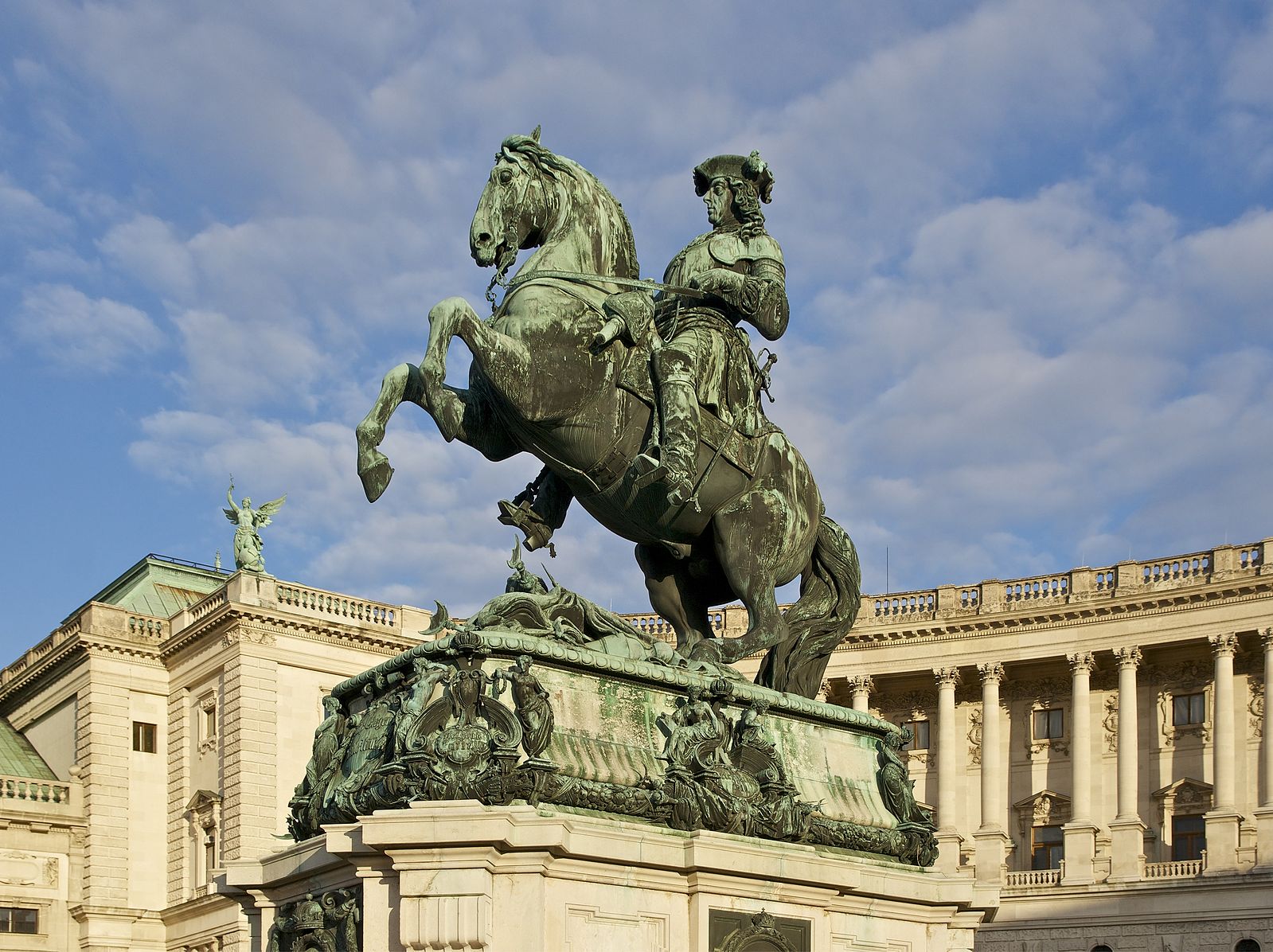
Saint George
↑ Back To Table Of Contents ↑Surprisingly, Saint George enjoyed resurgence that started in 1850s and continues to 2010s.
Statues of Saint George since 1850s
↑ Back To Table Of Contents ↑New statues of Saint George have appeared all over Europe, but also in New-York and Melbourne. In addition, as we will see later, many statues of Saint George have in Moscow.
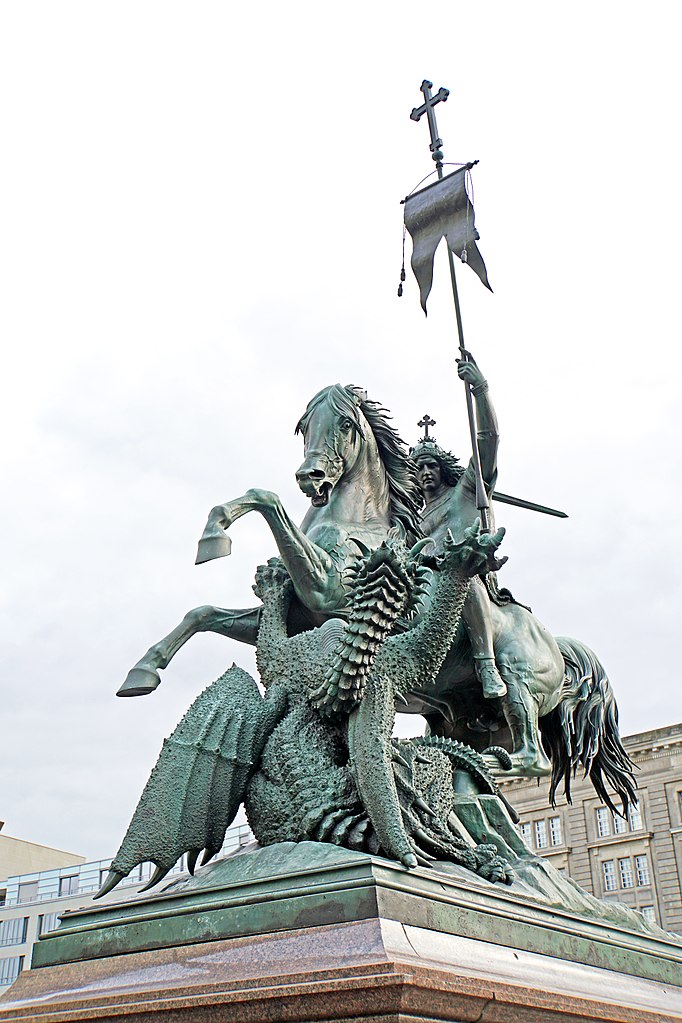
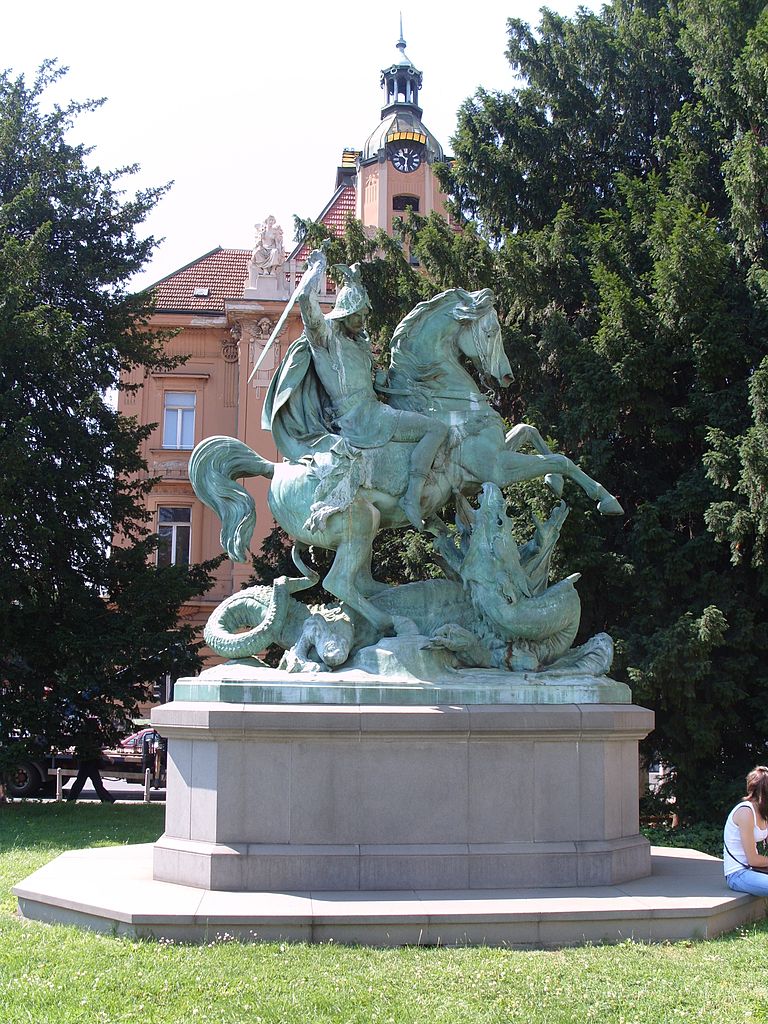
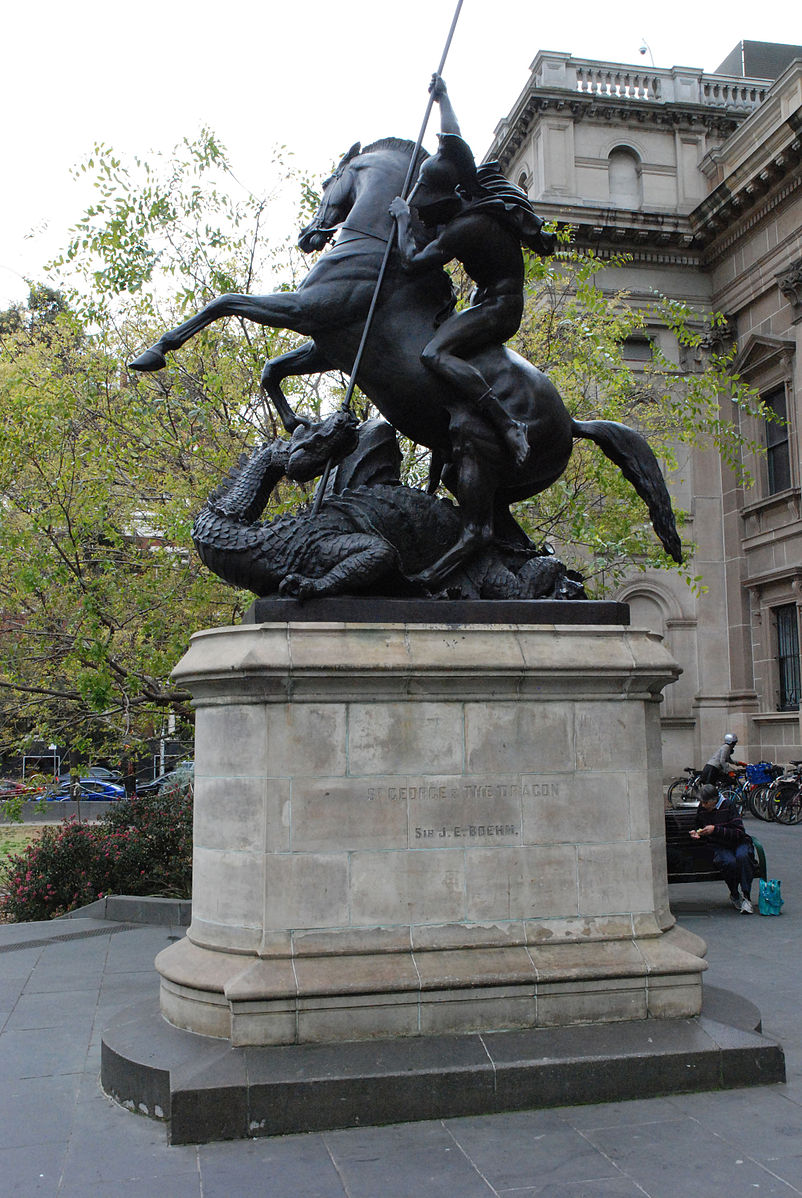

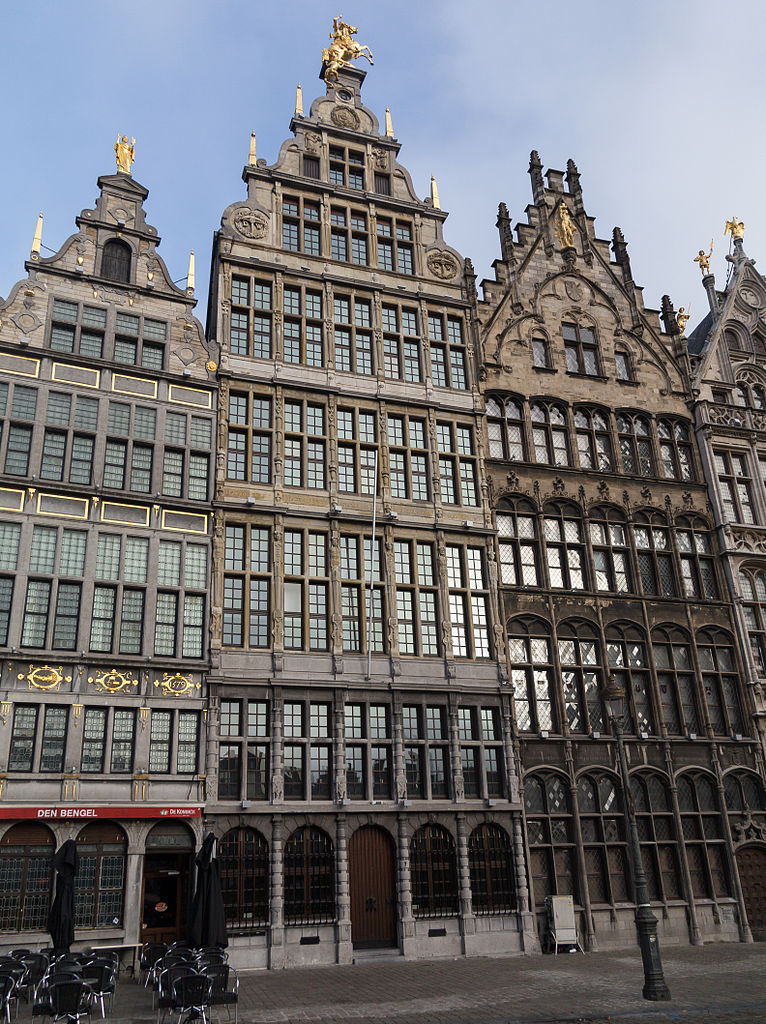
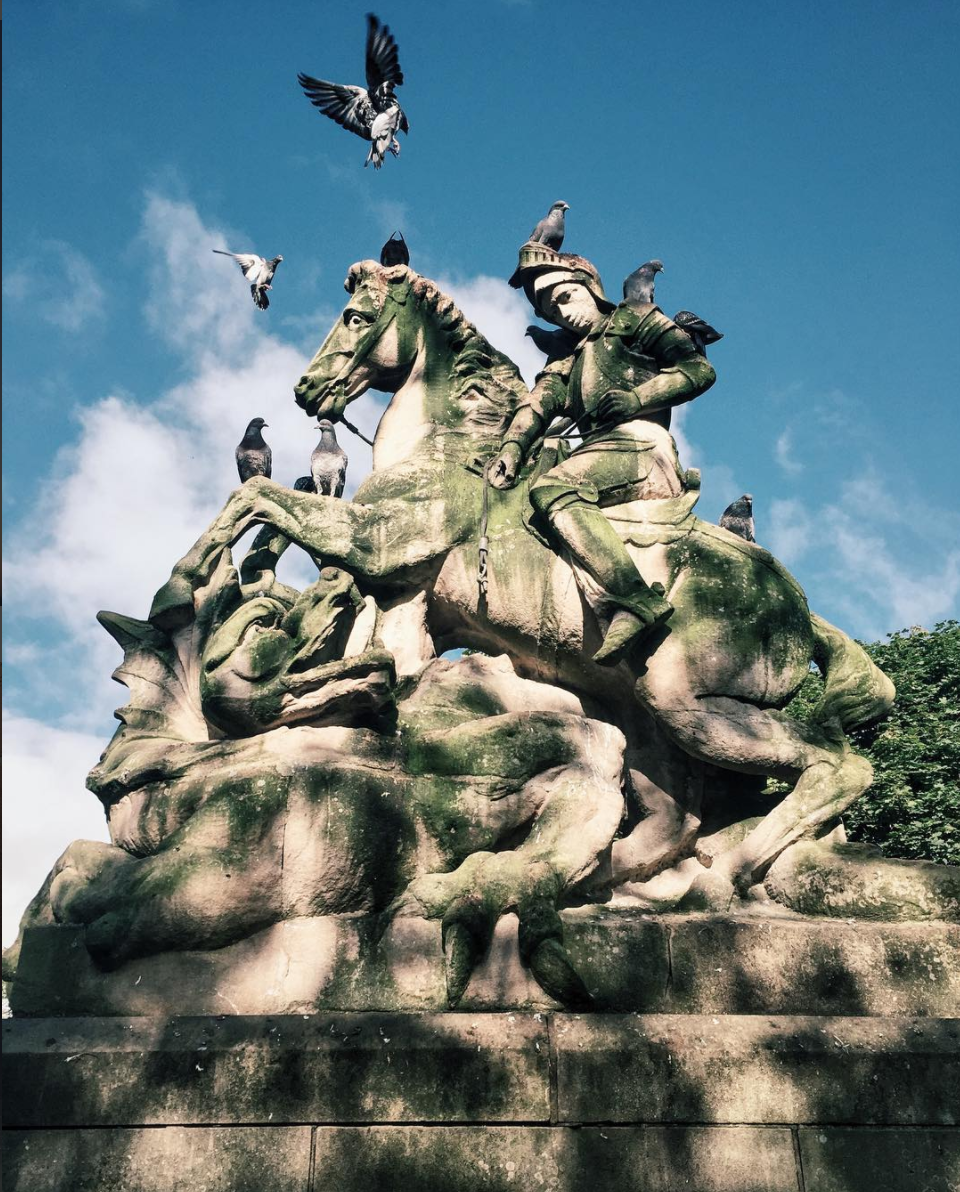
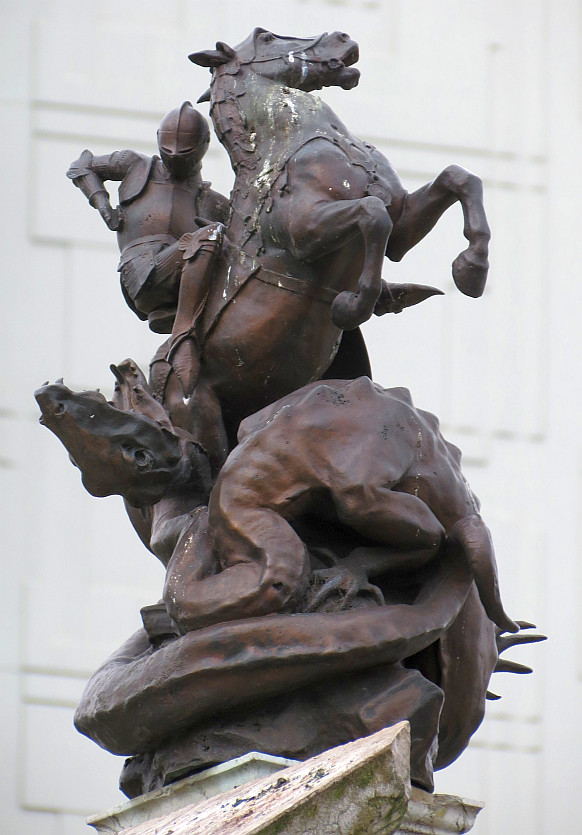

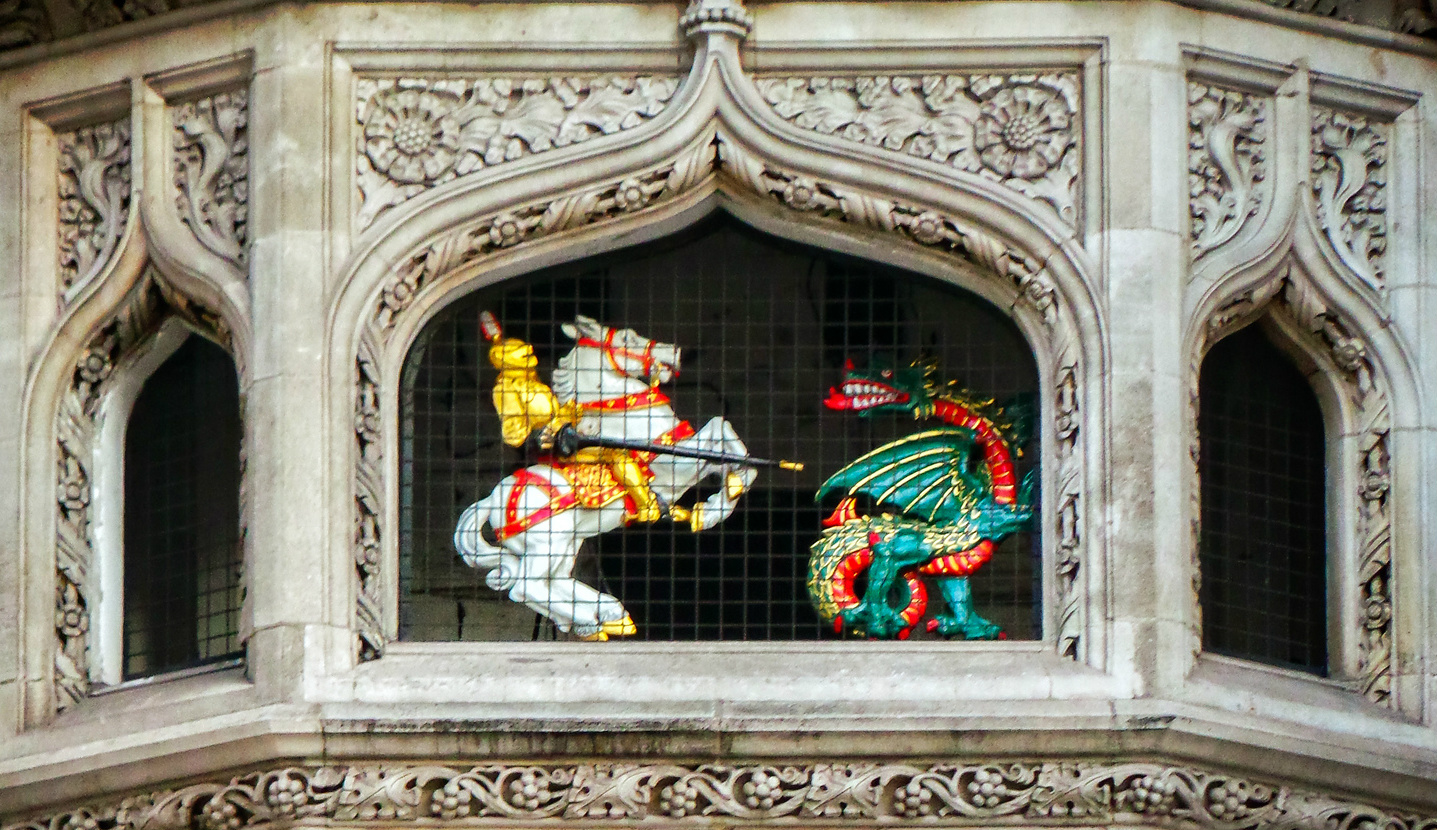



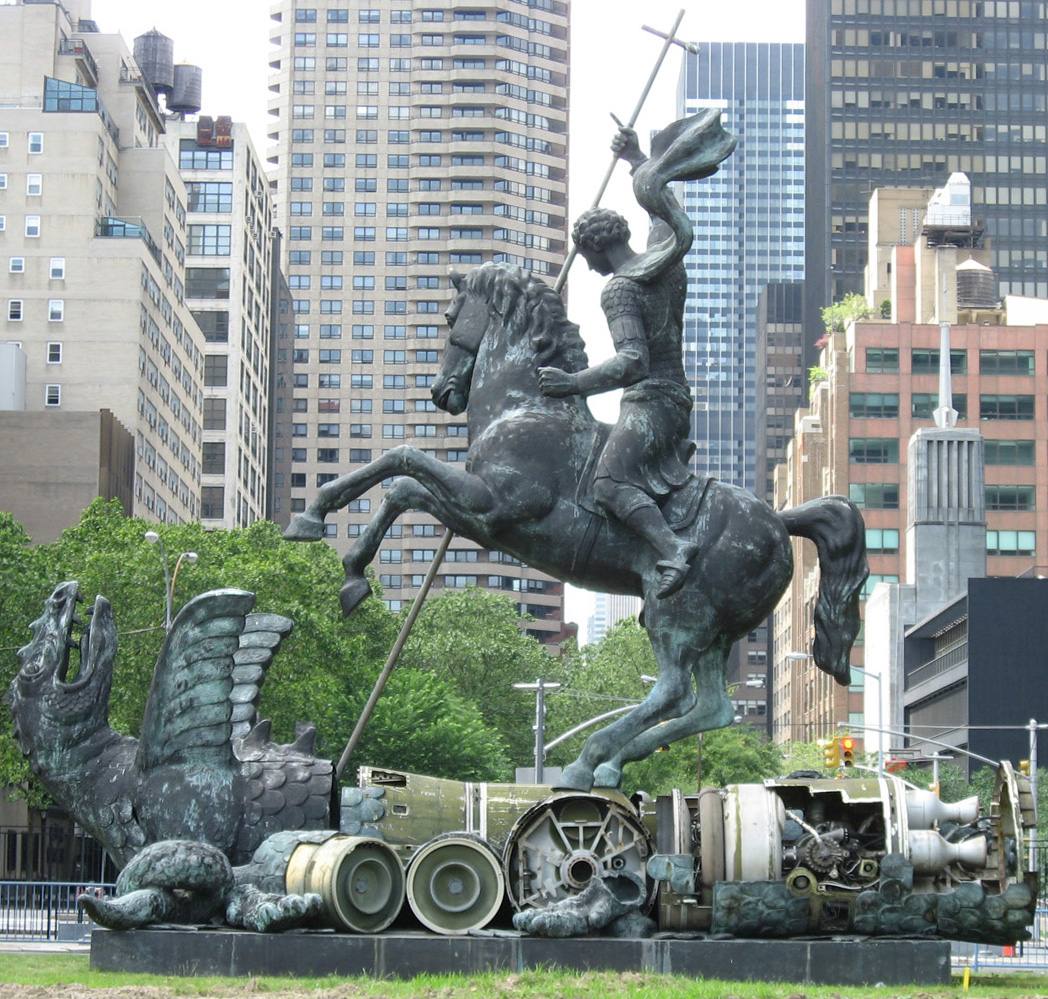


Saint George In Graphic art in 1900s – 1940s
↑ Back To Table Of Contents ↑Several depictions of Saint George, that present an old subject using modern artistric styles: post-impressionism, symbolism, art nouveau, cubism, expressionism, modernism, …

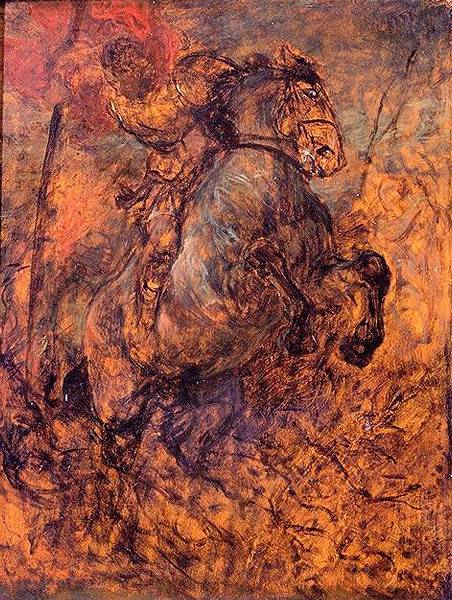

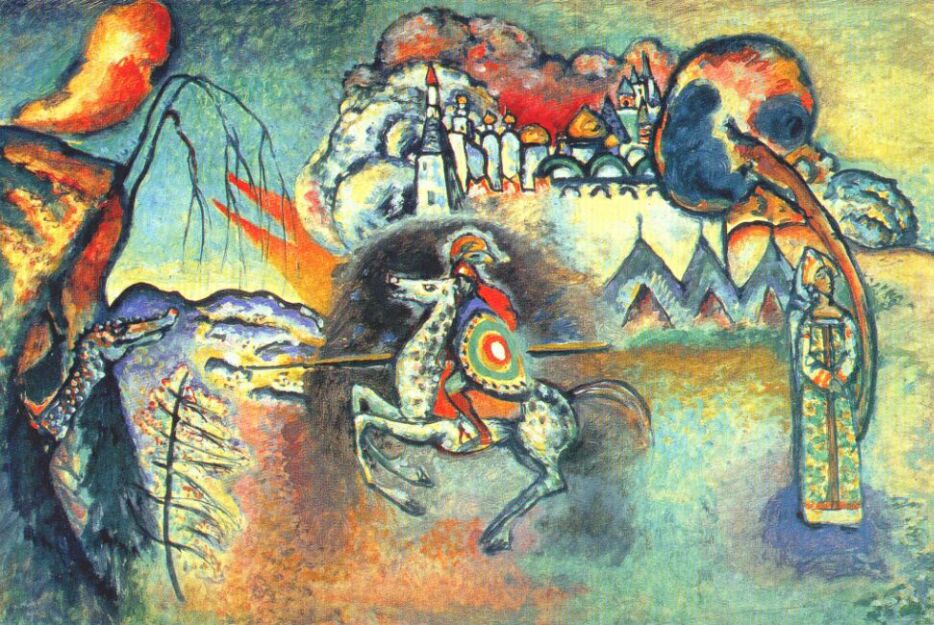
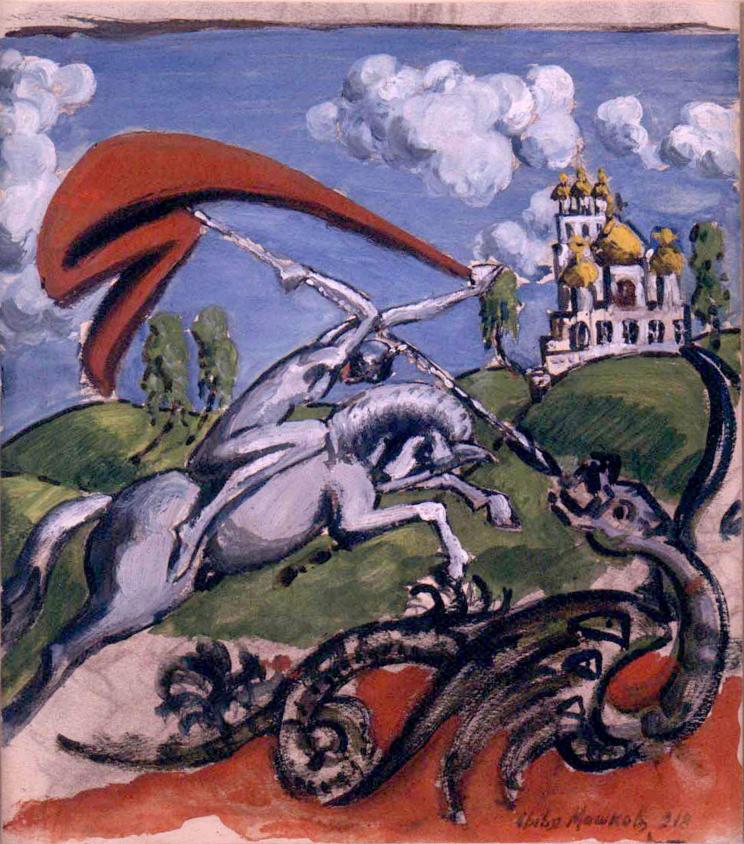
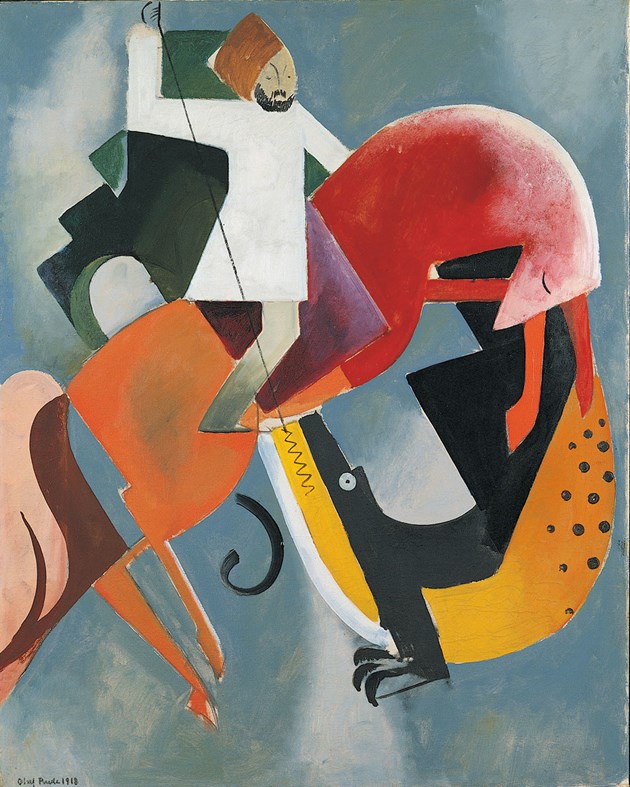
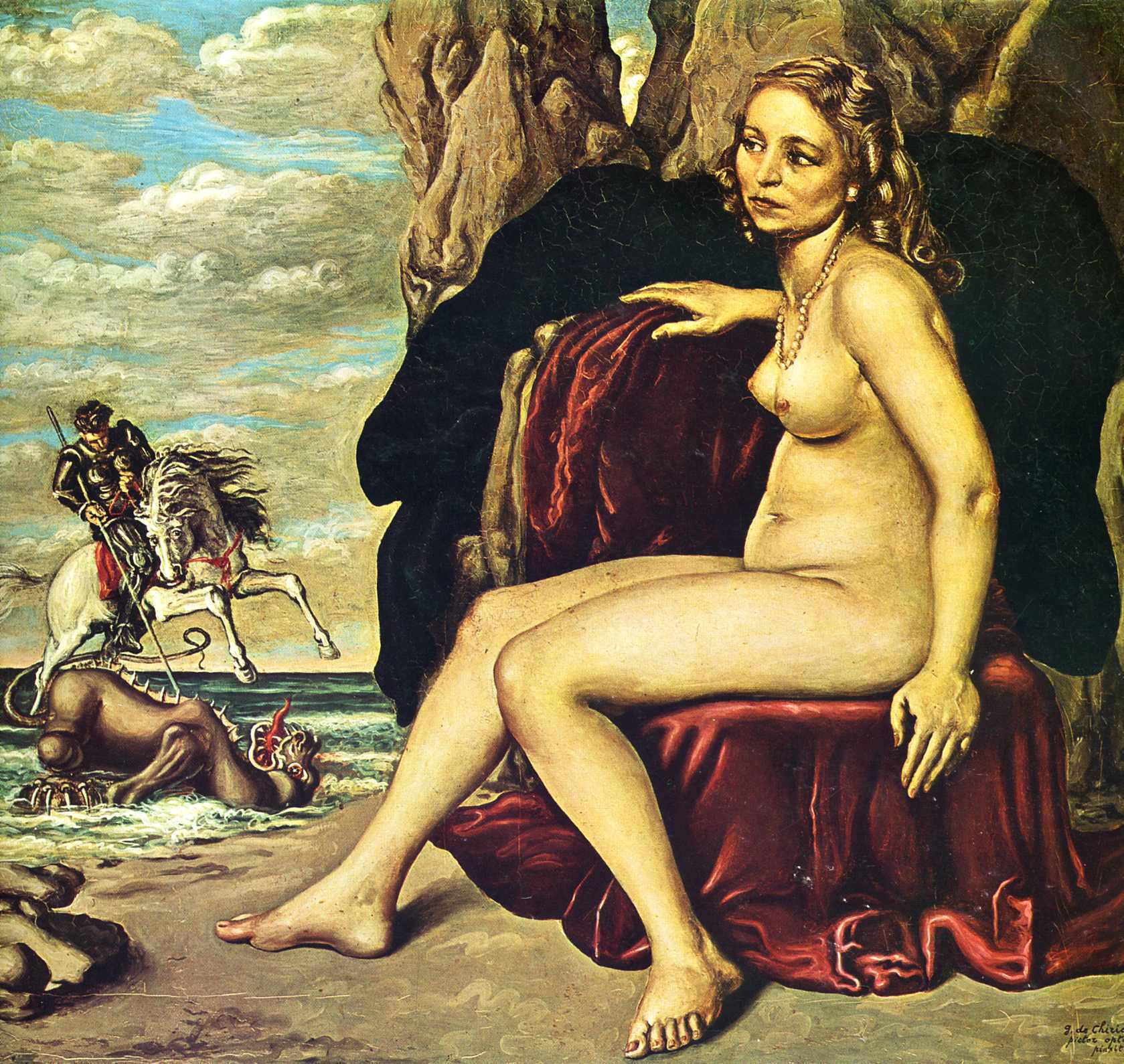



Salvador Dalí (1904 – 1989): Obsession With Saint George and other Horsemen on Rearing Horses
↑ Back To Table Of Contents ↑Salvador Dalí’s Saint Georges
↑ Back To Table Of Contents ↑The subject of a horsemen on a rearing horse was a particular favourite of Spanish artist Salvador Dalí, who has produced countless depictions of Saint George using various media.
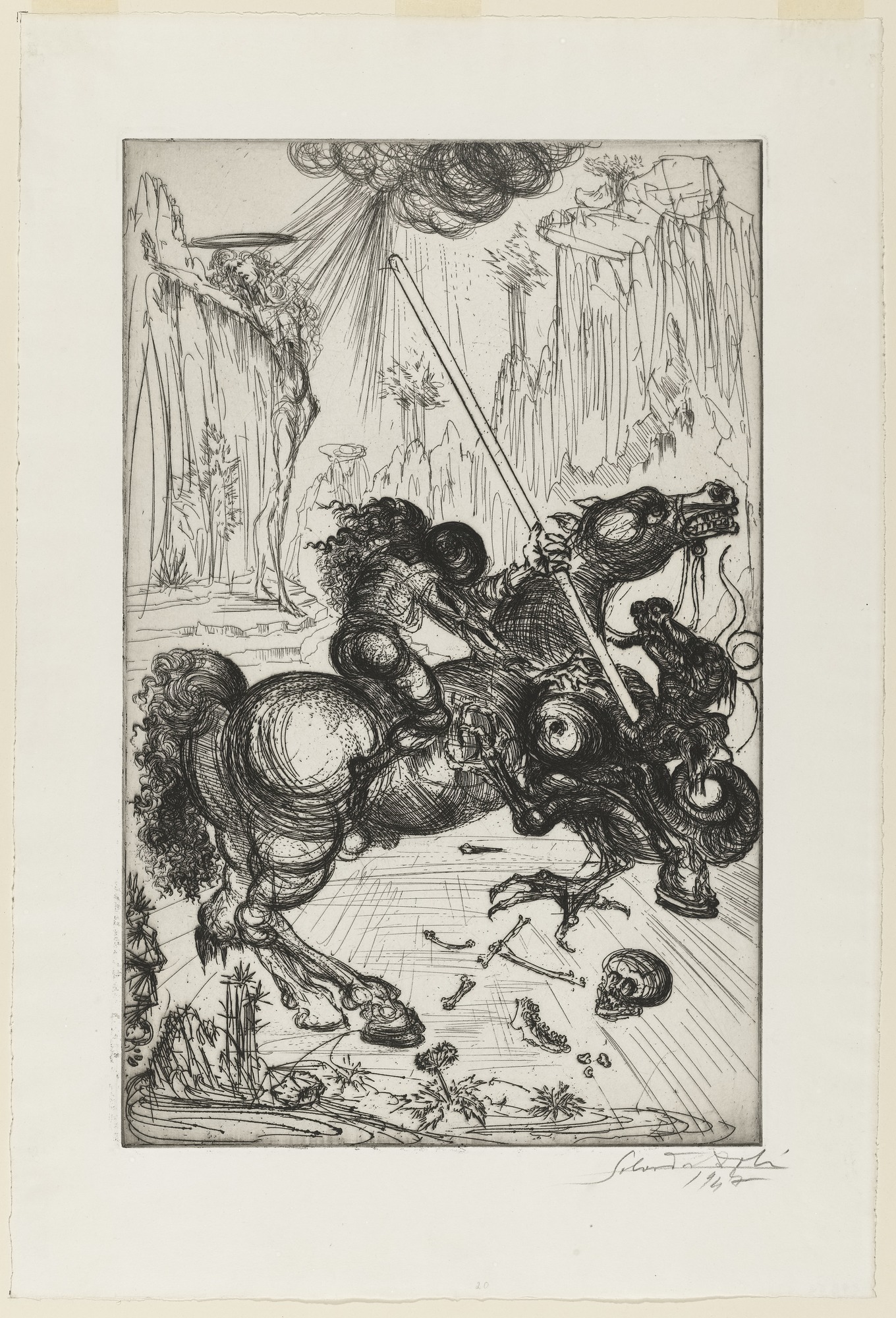
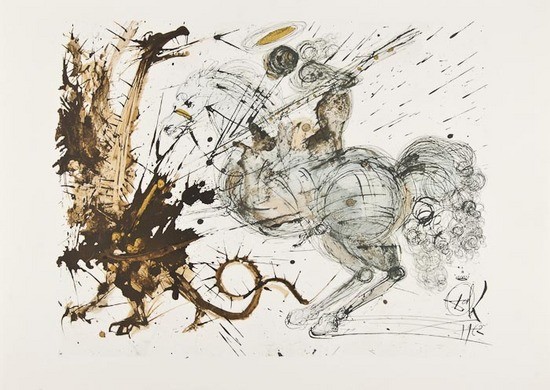


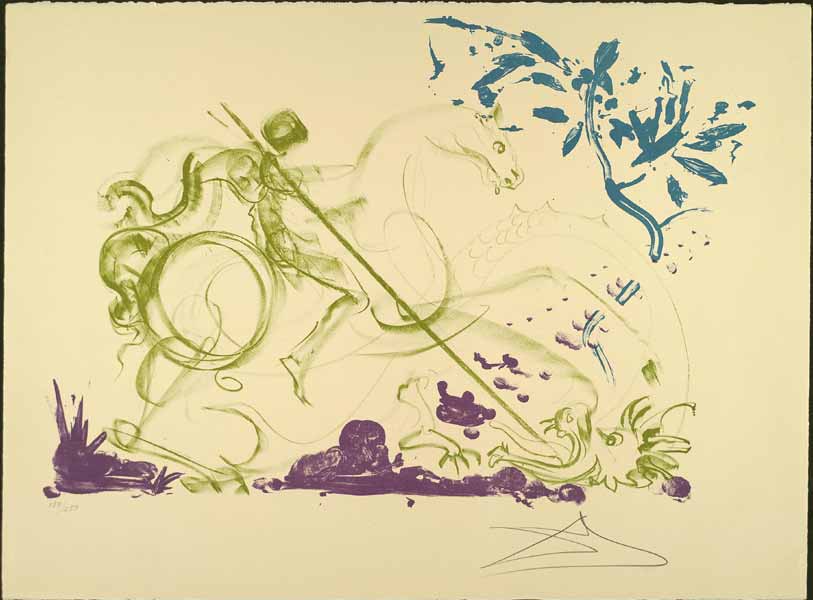
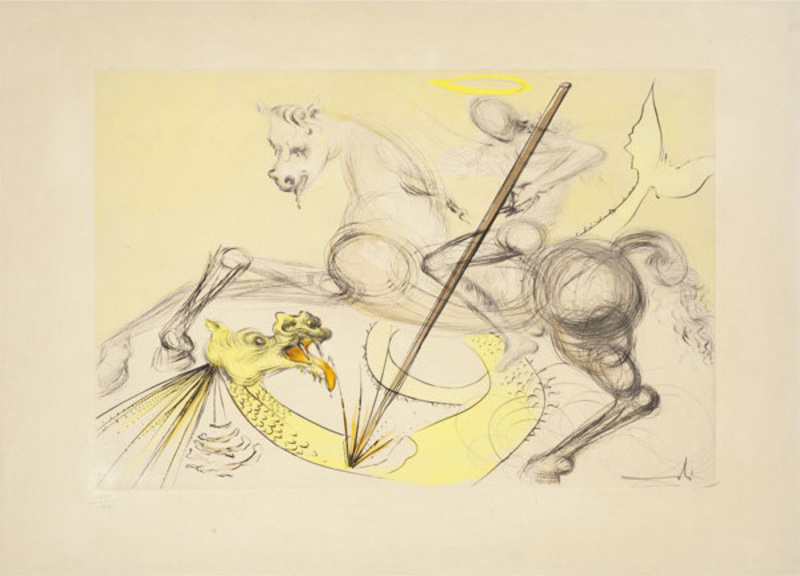



Salvador Dalí’s Horsemen Inspired By Old Art
↑ Back To Table Of Contents ↑Dalí’s depictions of a horseman on a rearing horse were not limited to Saint George. He drew inspiration from Renaissance art and from Diego Velázquez, fused David’s portrait of Bonaparte for his Universal Tarot deck …




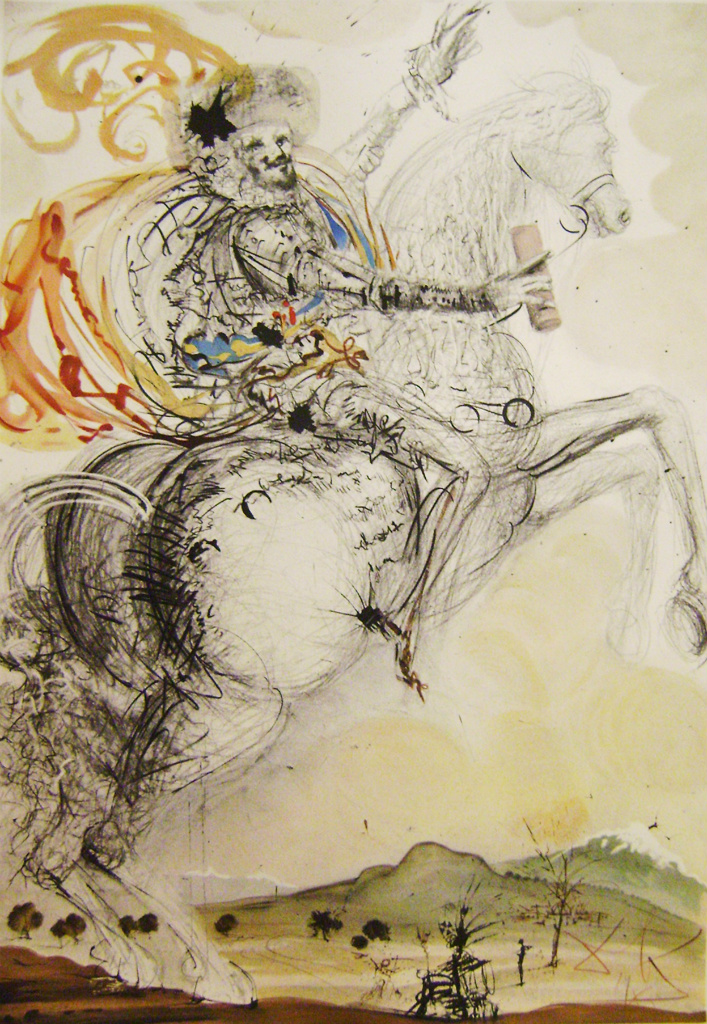

Salvador Dalí’s Other Horsemen
↑ Back To Table Of Contents ↑Salvador Dalí also used the image of the rearing horseman for many other subjects.

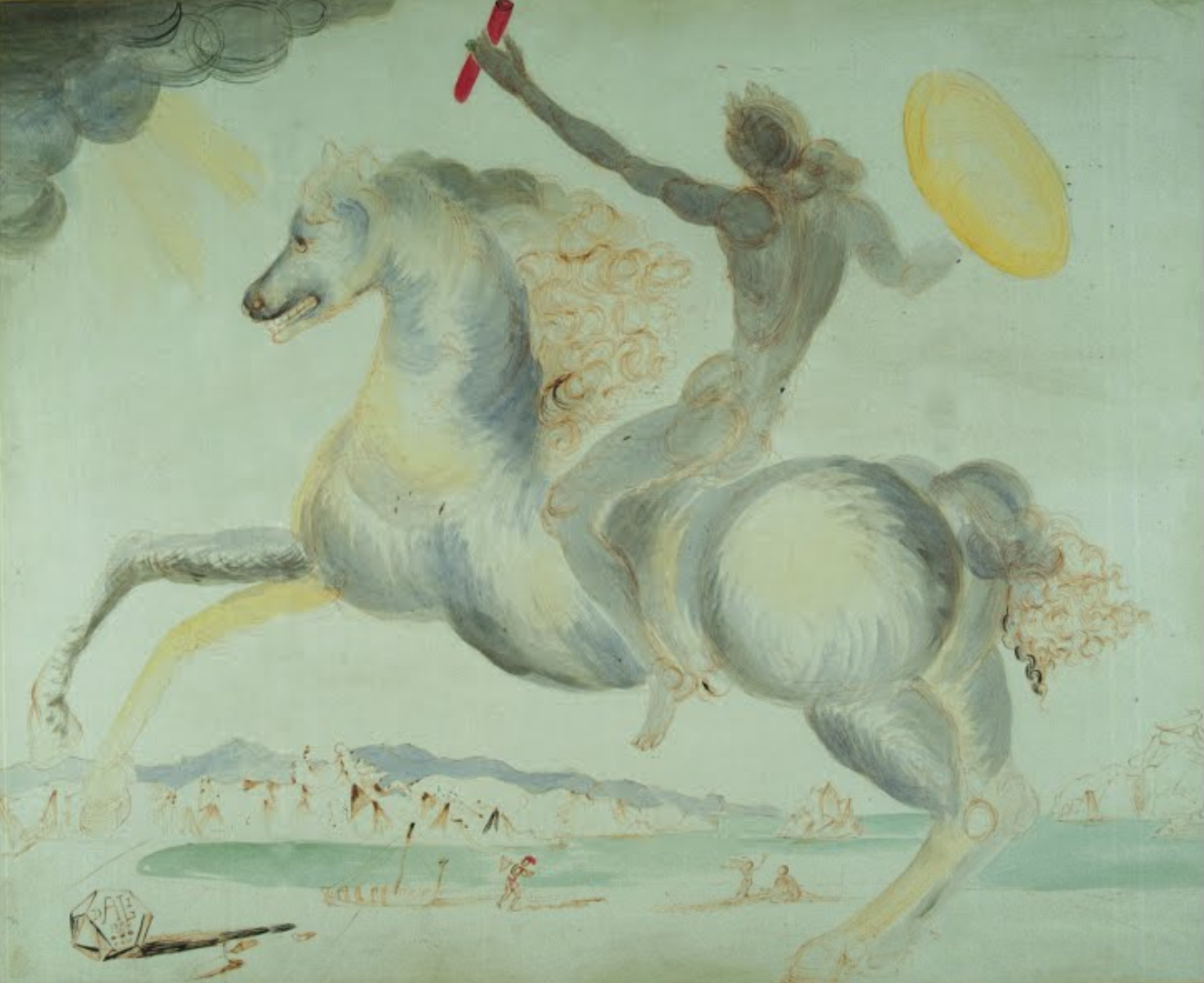
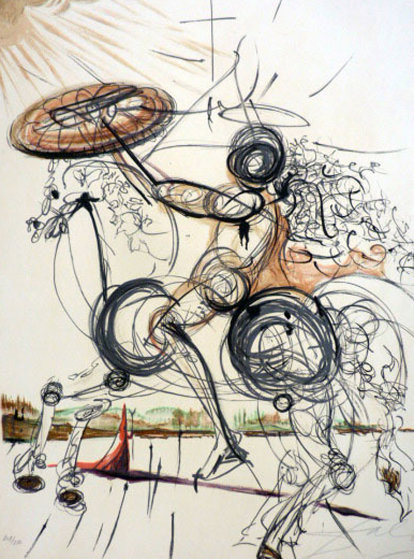
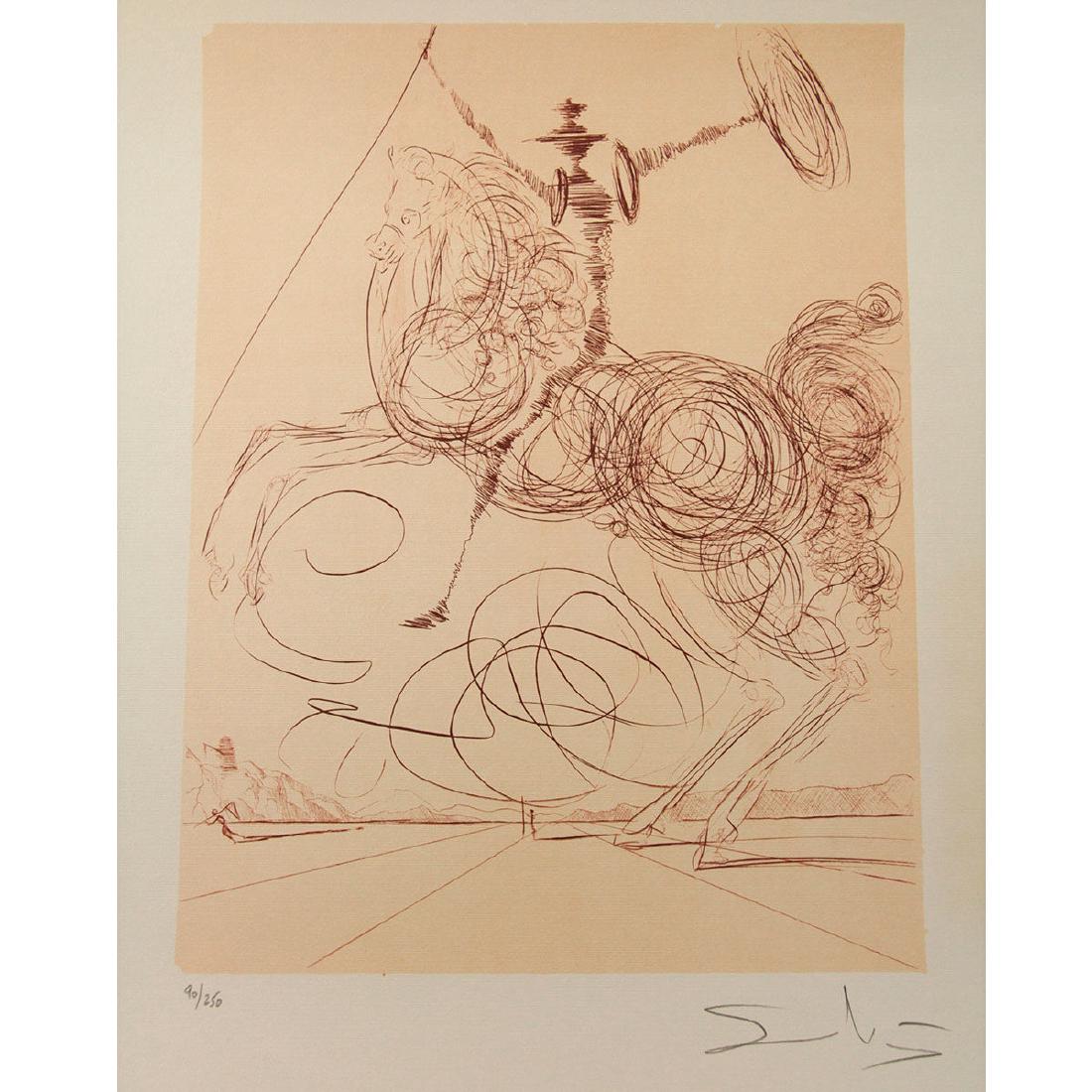
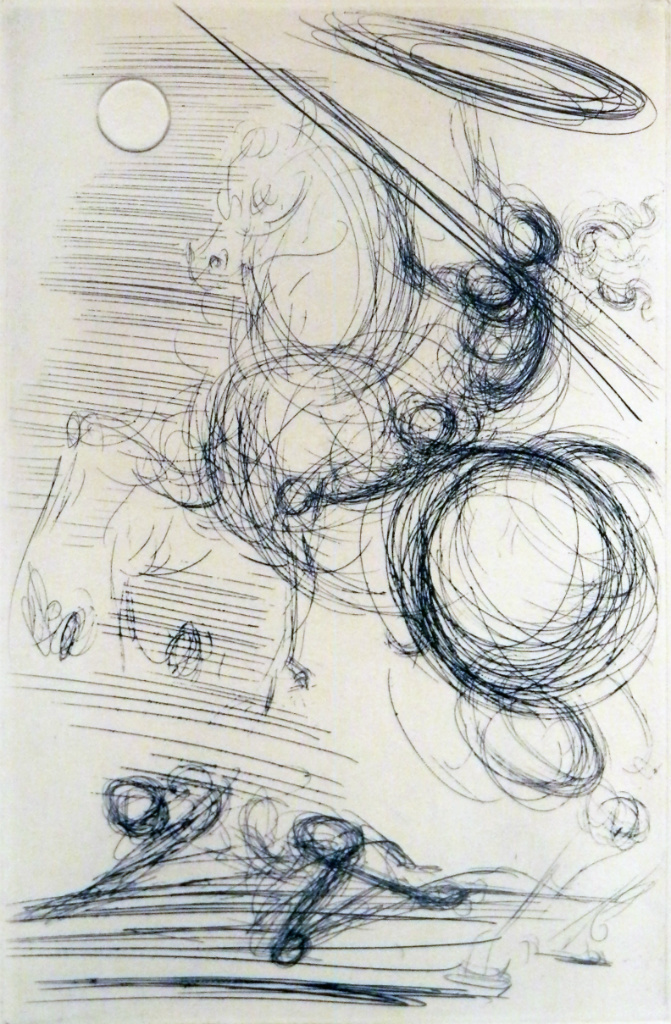
Horsemen in North America in the 19th – 21st centuries
↑ Back To Table Of Contents ↑The United States Of America in the 19th – 21st centuries
↑ Back To Table Of Contents ↑A few notable horsemen on the rearing horses have appeared in the United States in the 20th and 21st centuries. They seem to be more democratic at the beginning, then they are becoming more pompous, aimed at impressing the viewer.
Public Spaces Sculptures
↑ Back To Table Of Contents ↑After the revolutionary statue of Andrew Jackson, completed in 1852, there seem to have been no notable statues of horsemen on rearing horses until very recently, when two of the world’s largest statues of horsemen on rearing horses have been erected.
The first one is the Good Defeats Evil statue of Saint George in New York, which was unveiled in 1990. It was desinged to commemorate the 1987 signing of the Intermediate-Range Nuclear Forces Treaty between the U.S.A. and the U.S.S.R. The dragon in the sculpture is not the mythological beast of the early Christian tradition, but the spectre of nuclear war vanquished by the historic treaties between the Soviet Union and the United States. Accordingly, the dragon is shown lying amid the broken pieces of Soviet SS-20 and U.S. Pershing missiles. Actual fragments of these weapons have been used in the sculpture. It was designed by Zurab Tsereteli; its height (including the pediment) is 9.44 metre (31 feet).
The second one was completed on October 25, 2006, and is located at the entrance to Texas’s international airport of El Paso. Originally it was designated to depict Juan de Oñate. However, later it became the generic “The Equestrian”, because de Oñate’s legacy appeared to be contraversial. It stands 8.53 metres (28 feet) tall, 11 metres (36 feet) tall including the base.


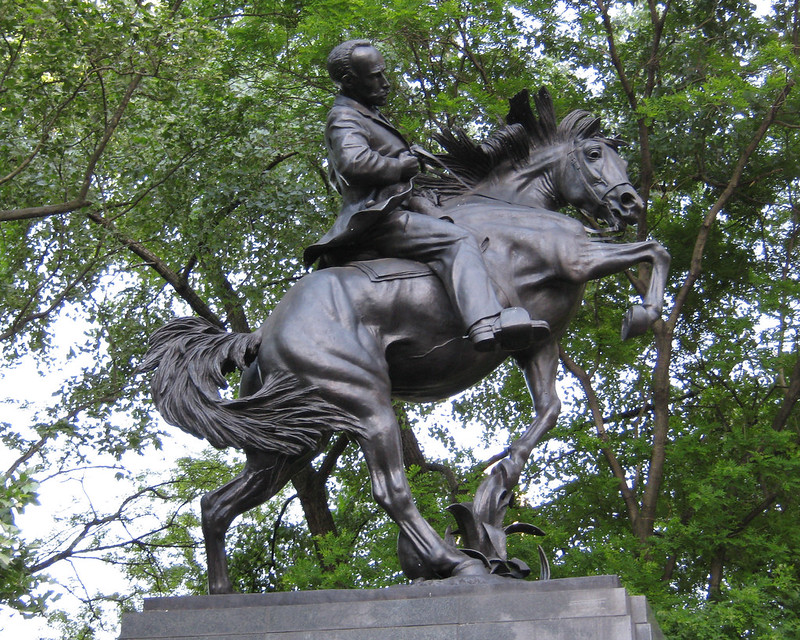



The White House
↑ Back To Table Of Contents ↑There are several depictions of the horsemen on rearing horses in the White House, Washington. Perhaps it is expected, given that this iconography is associated with power and leadership.
The horsemen can be seen in the Oval Office. The first horseman on a rearing horse, the Bronco Buster, has appeared there in the 1970s, during Gerald Ford presidency. The current president, Donald Trump, has added a tabletop copy of Andrew Jackson‘s monument (and also his portrait, you can see it above the Bronco Buster. There is also a Theodore Roosevelt‘s portrait in the Roosevelt room.
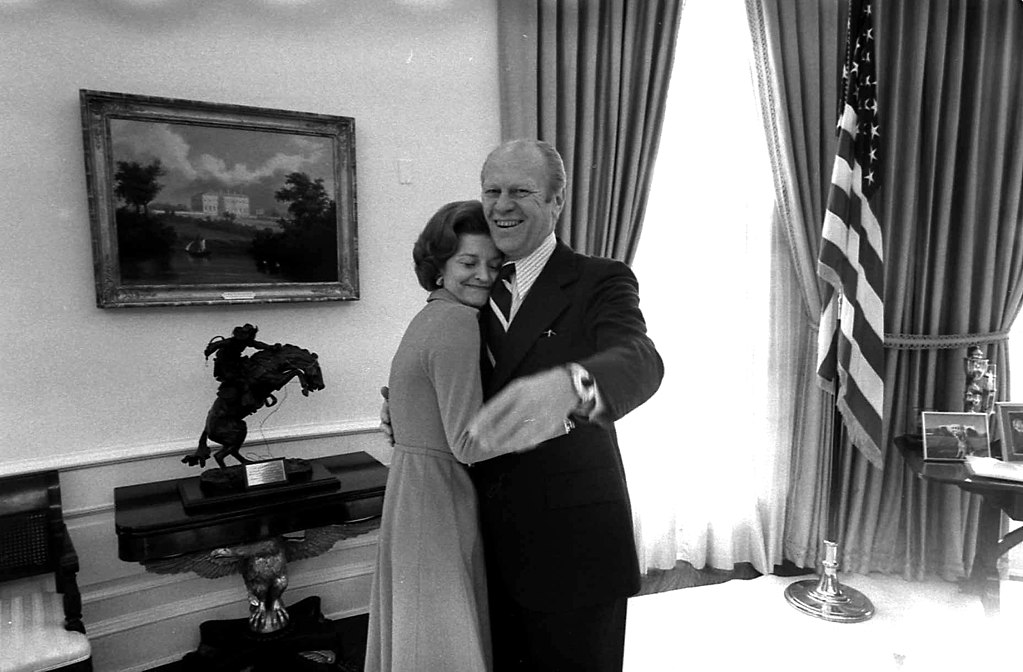


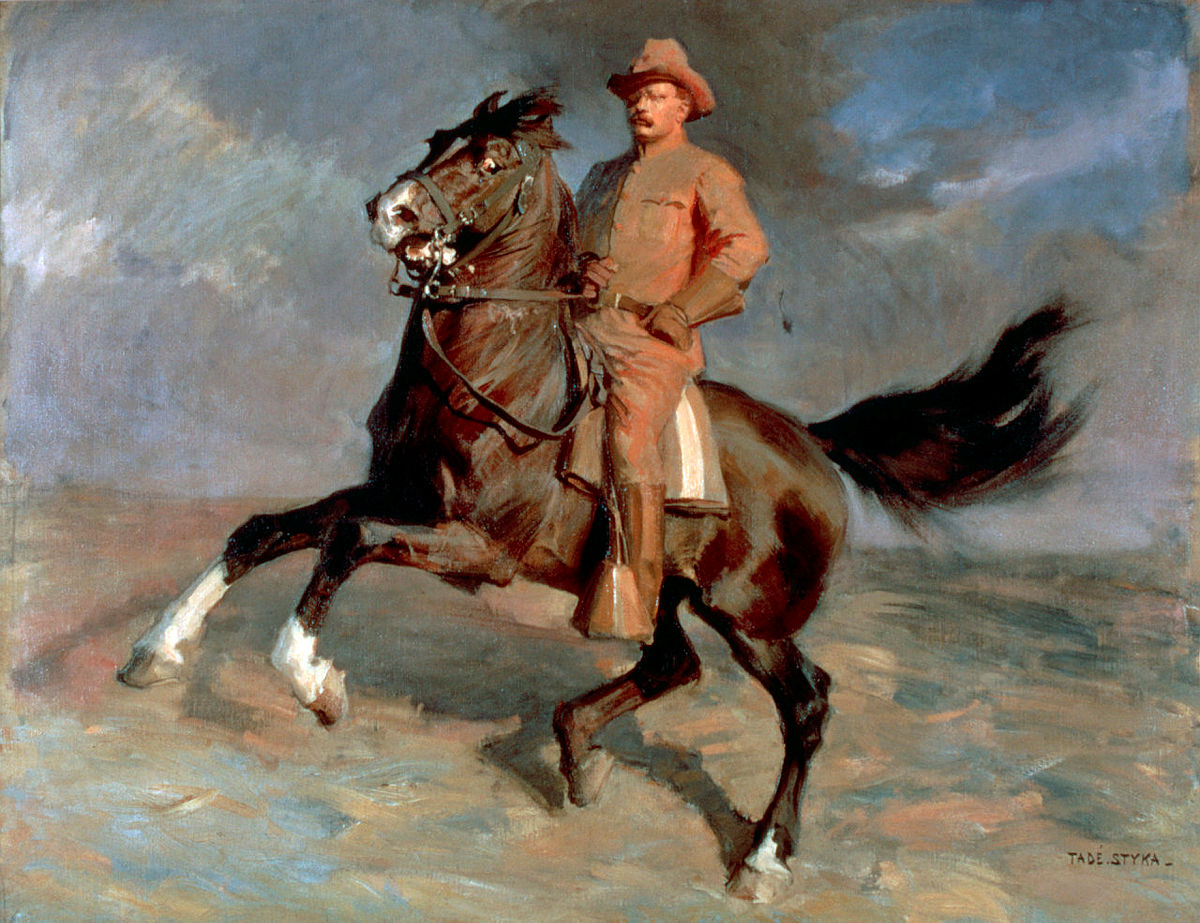


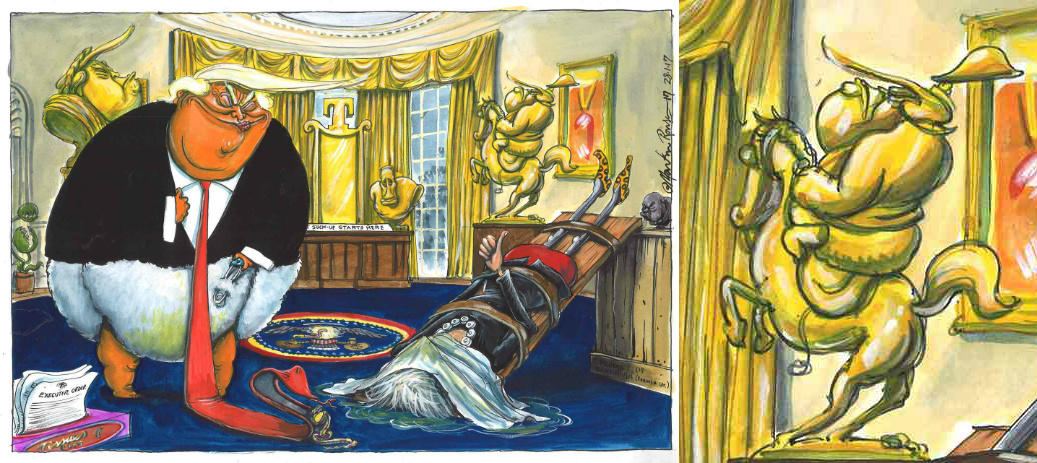
Casimir Pulaski (1745 – 1779)
↑ Back To Table Of Contents ↑Casimir Pulaski (1745 – 1779) was a Polish nobleman, soldier and military commander. Pulaski is remembered as a hero who fought for independence and freedom in both Poland and the United States. He has been called, together with his counterpart Michael Kovats de Fabriczy, “the father of the American cavalry”. Numerous places and events are named in his honour, and he is commemorated by many works of art.
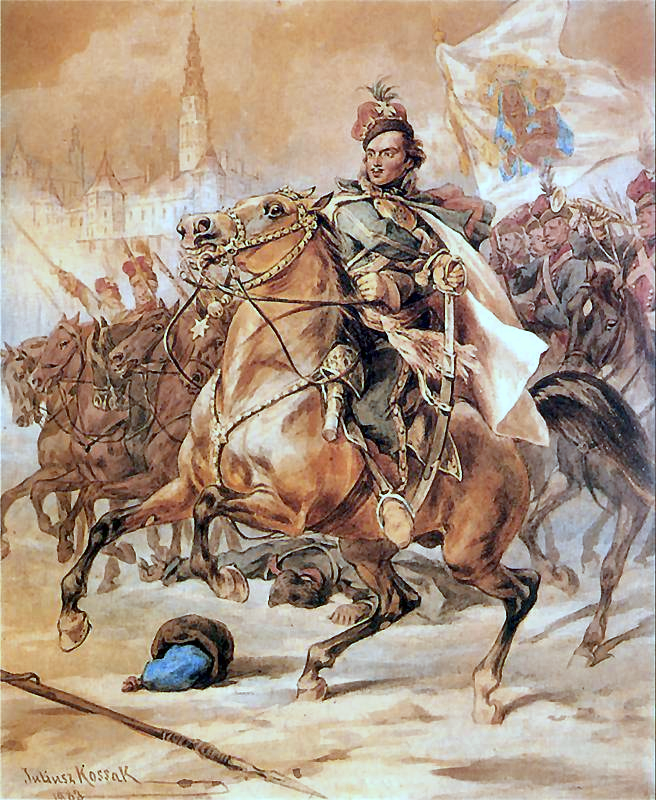
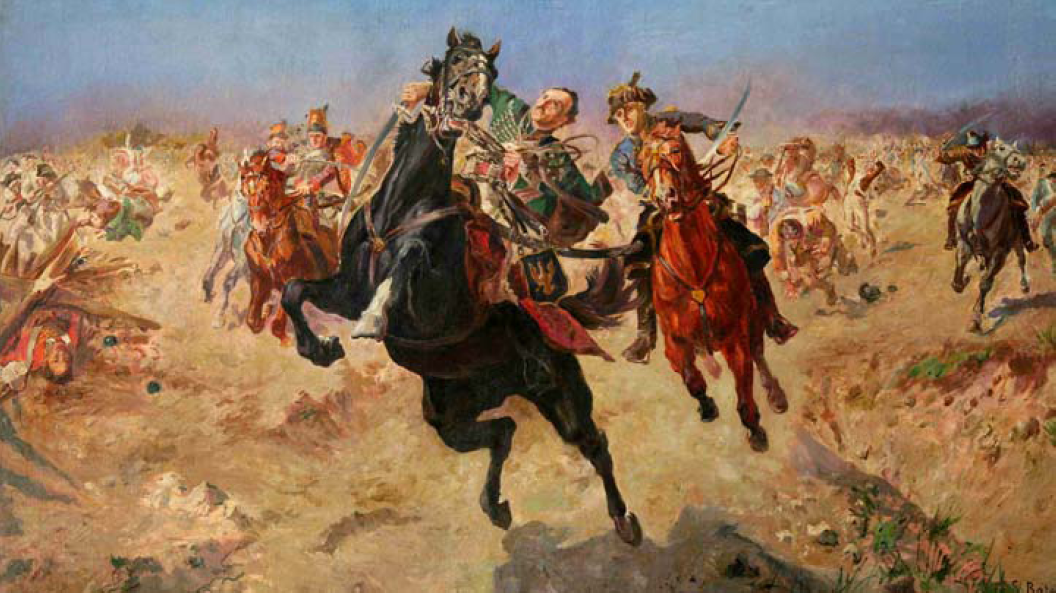

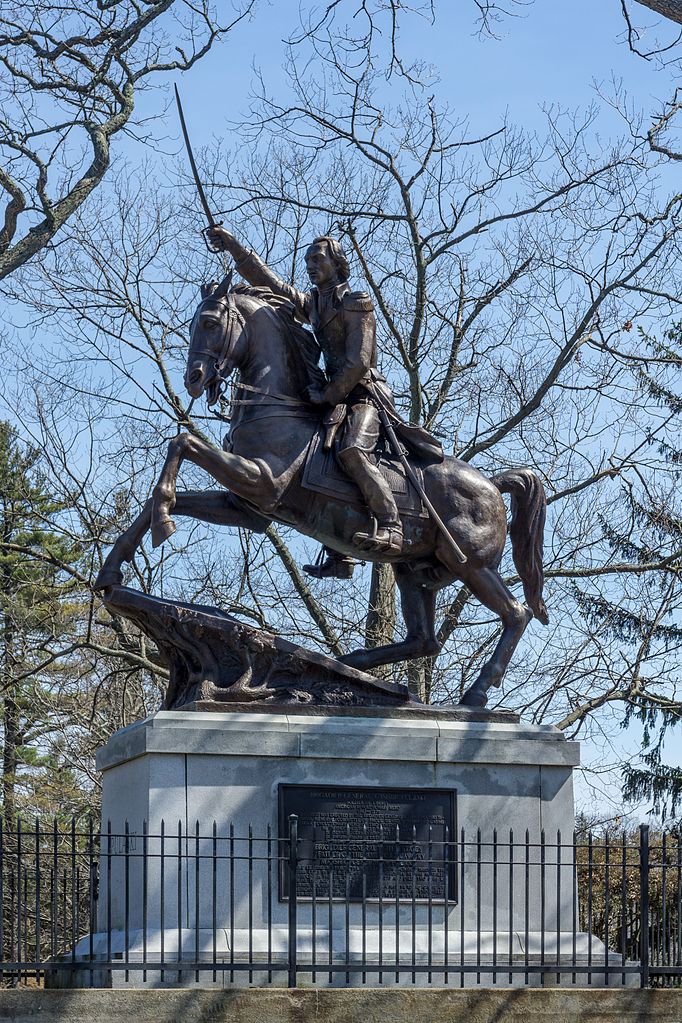
Native Americans: Self-Affirmation Through Art
↑ Back To Table Of Contents ↑According to historylink.org, horses were extinct in the North America until they were re-introduced in 1598 by the cololonisers. Native Americans have started horseback riding shortly after. We see the image of a horseman first appearing on cowhide in the second half of the 19th century, on utilitarian and traditional objects …

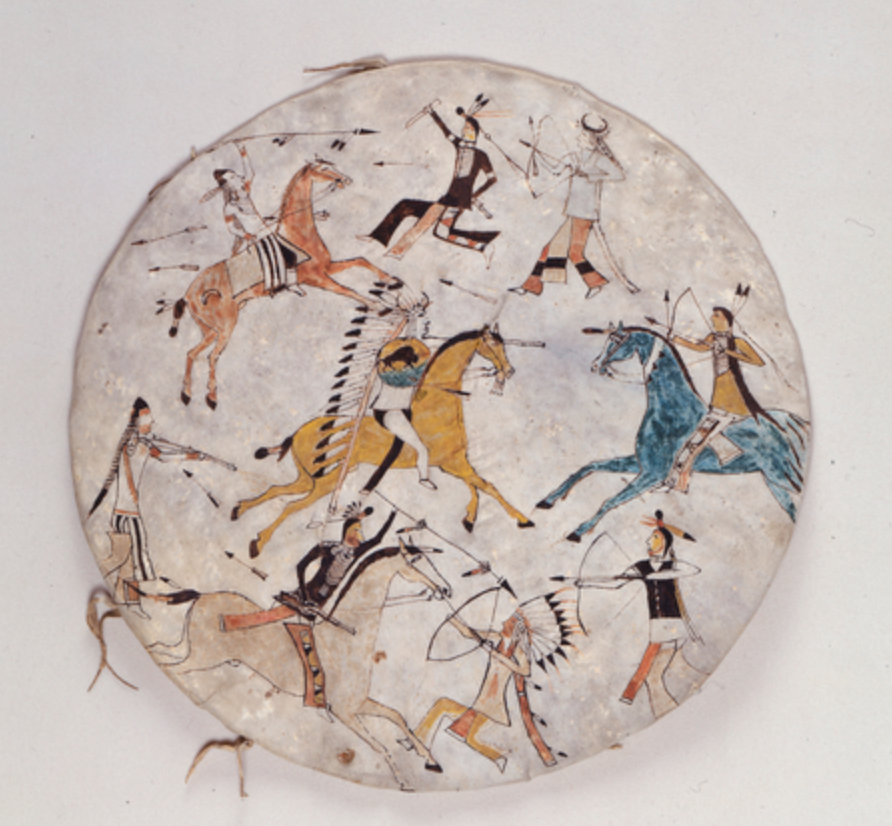
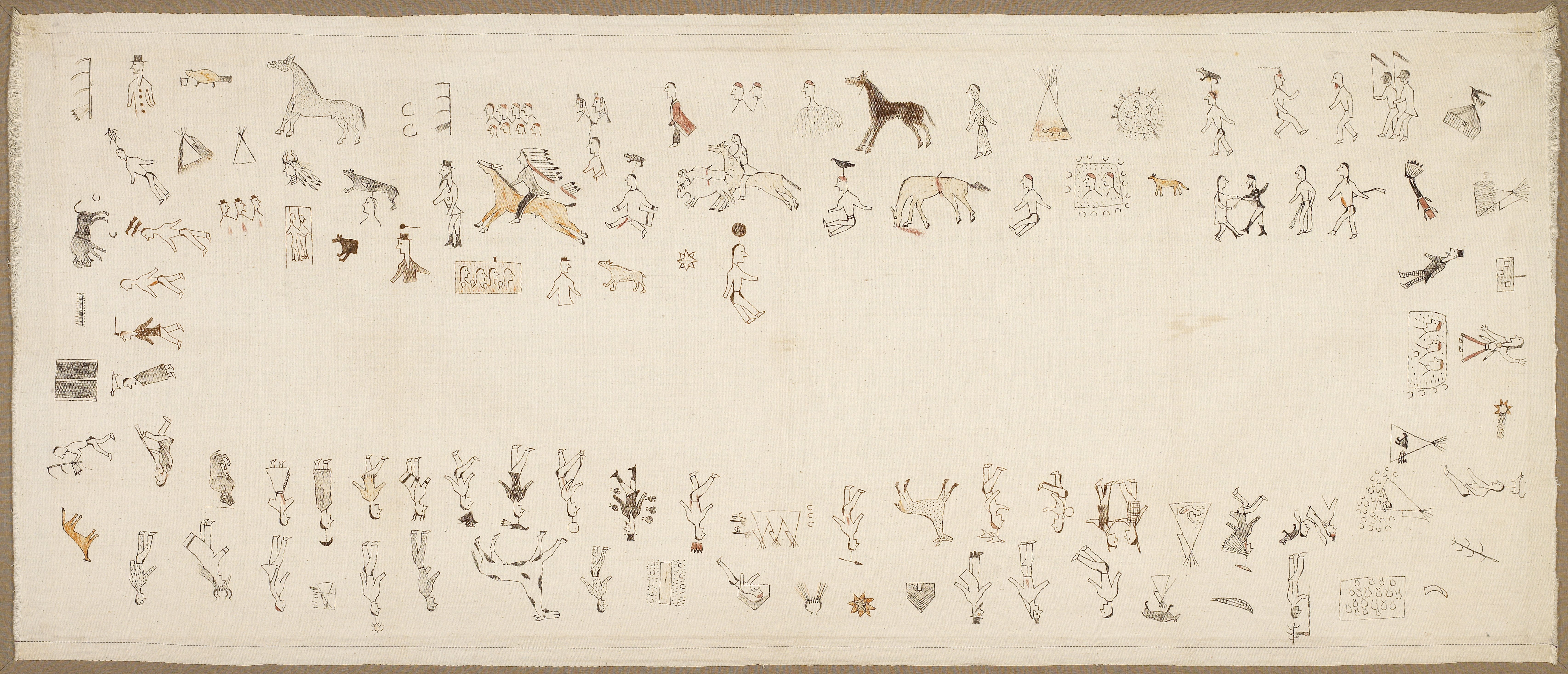
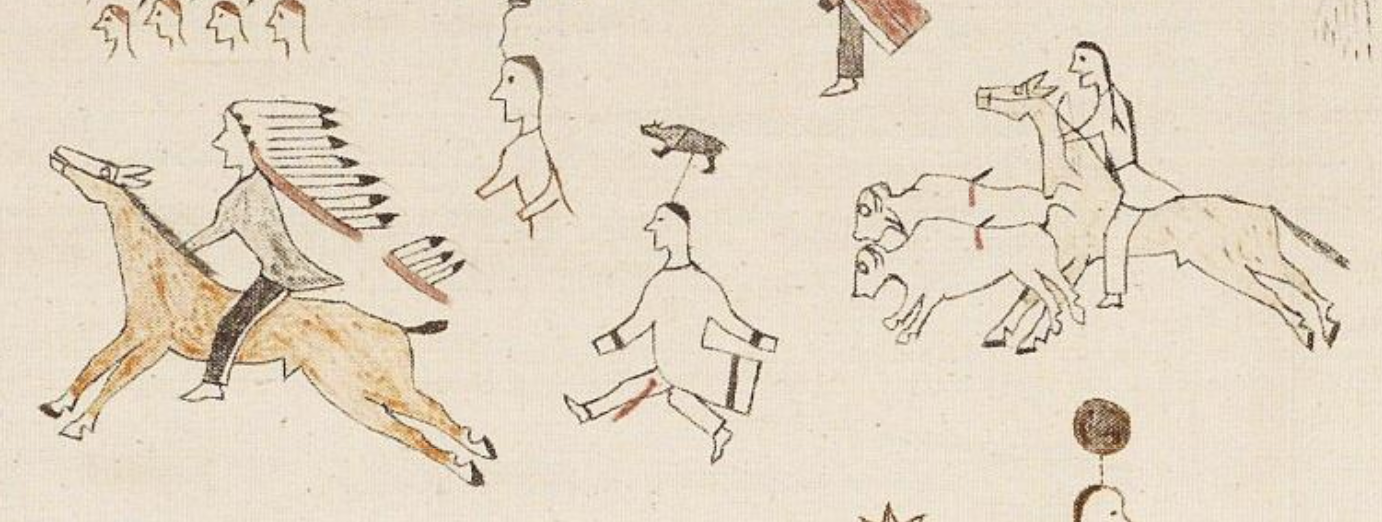
… and then in Ledger art, comics-like drawings made primarily from the 1860s to the 1920s on paper from the accounting ledger books (that was a common source of paper for Plains Indians during the late 19th century). These drawings often showed native Americans fighting, and defeating the colonisers …

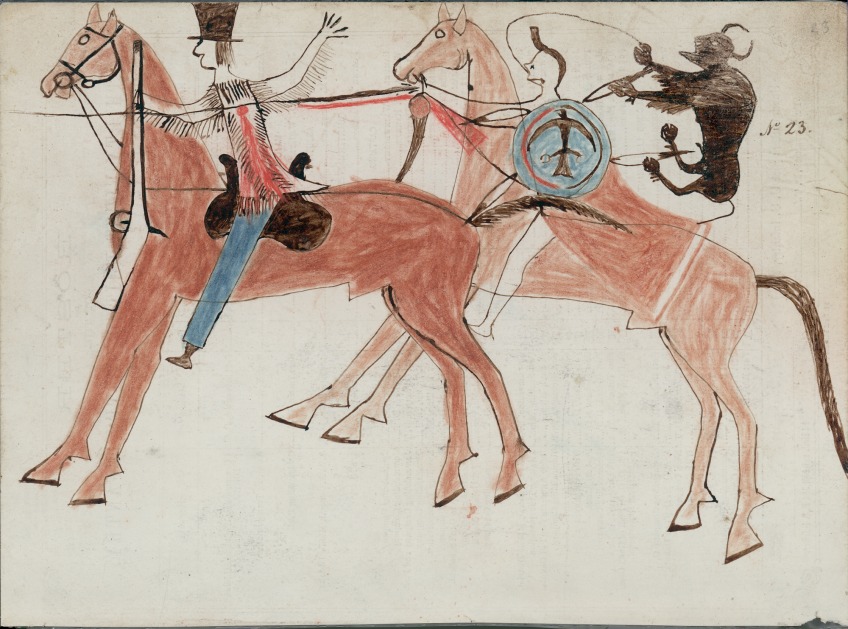
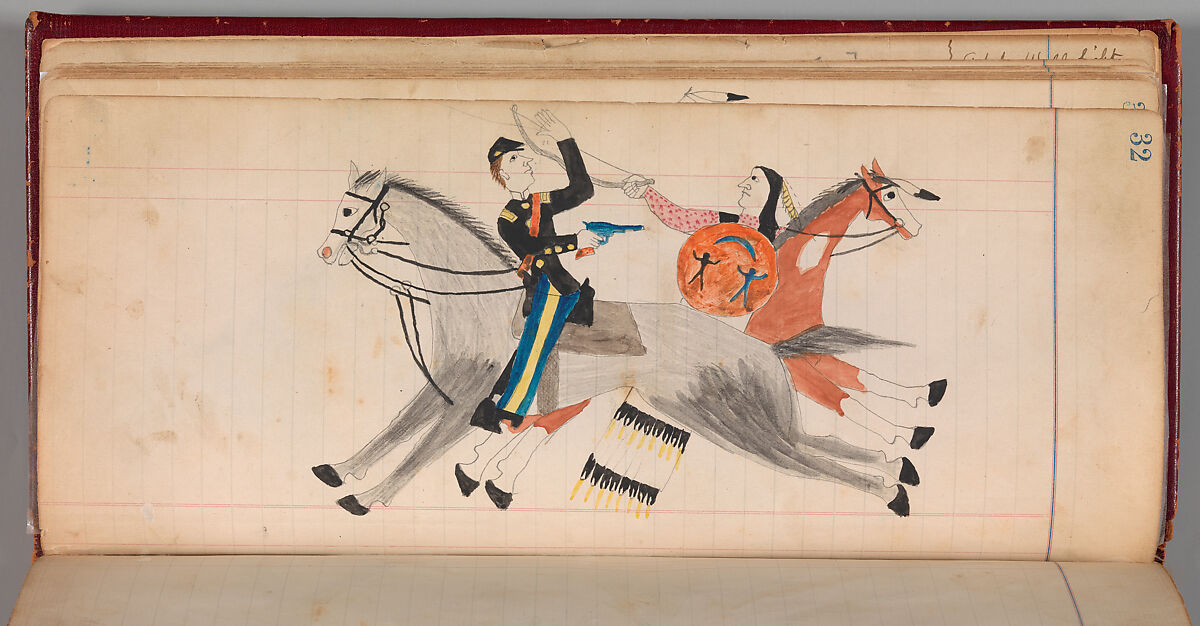




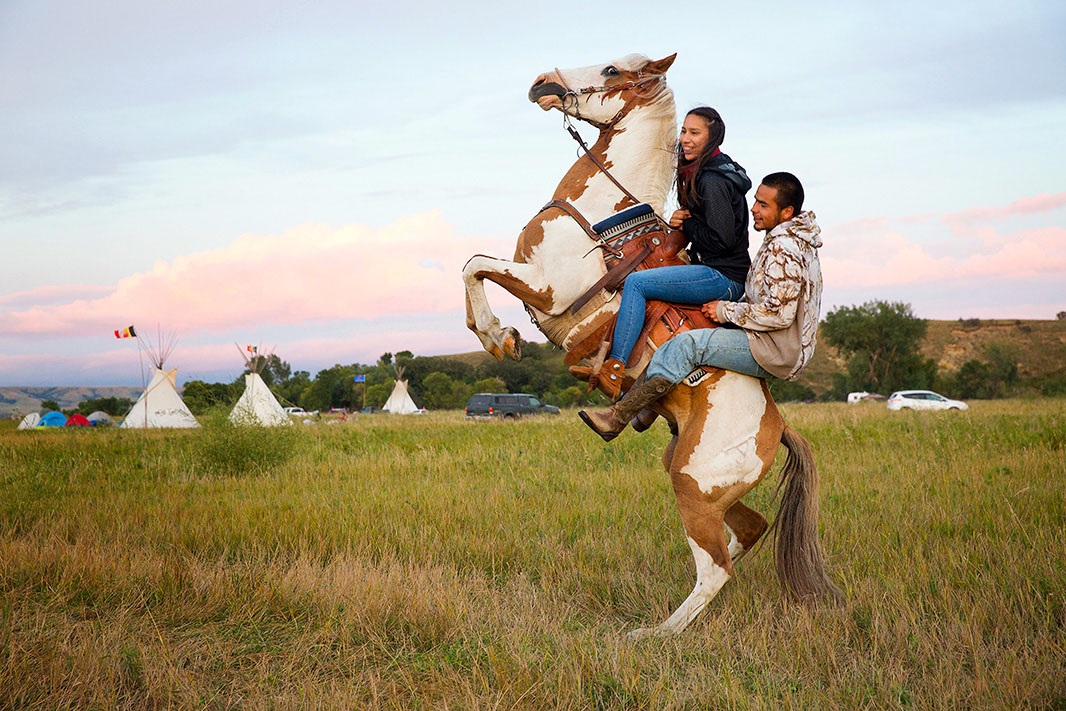
On 6 July 2020, their campaign has achieved an important milestone: a U.S. court ordered the shutdown of the Dakota Access oil pipeline on Monday over concerns about its potential environmental impact, a big win for the Native American tribes and green groups who fought the major pipeline’s route across a crucial water supply for years pending an environmental review.
Black Americans: Self-Affirmation Through Art
↑ Back To Table Of Contents ↑
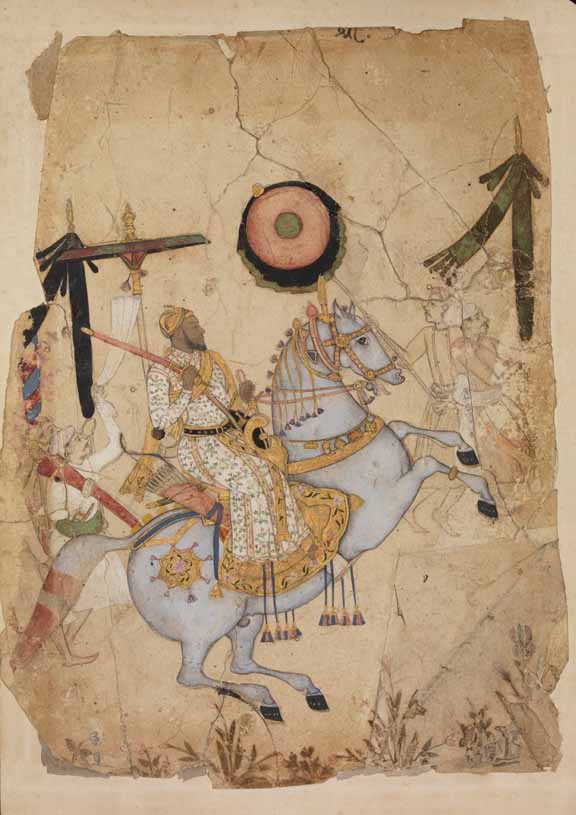
A number of his highly naturalistic paintings of Black people reference the Old Master paintings of horsemen on rearing horses! It must be mentioned that these are not the first stately equestrian portraits of the descendants of slaves on African origin! Perhaps the first one was the 17th century portrait of Ikhlas Khan, a descendant of slaves from Abyssinia who became the prime minister, and de-factor regent, of the Sultanate of Bijapur, one of Deccan sultanates.



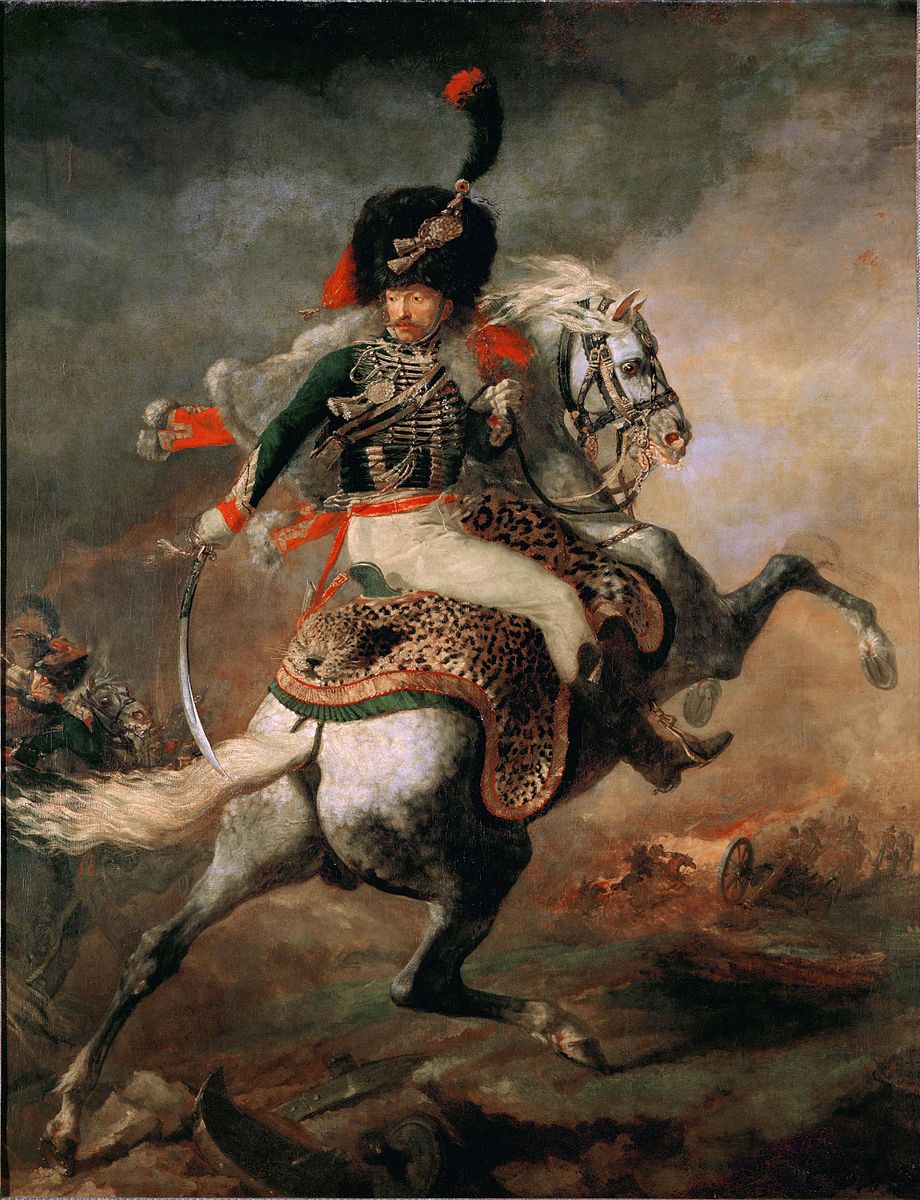
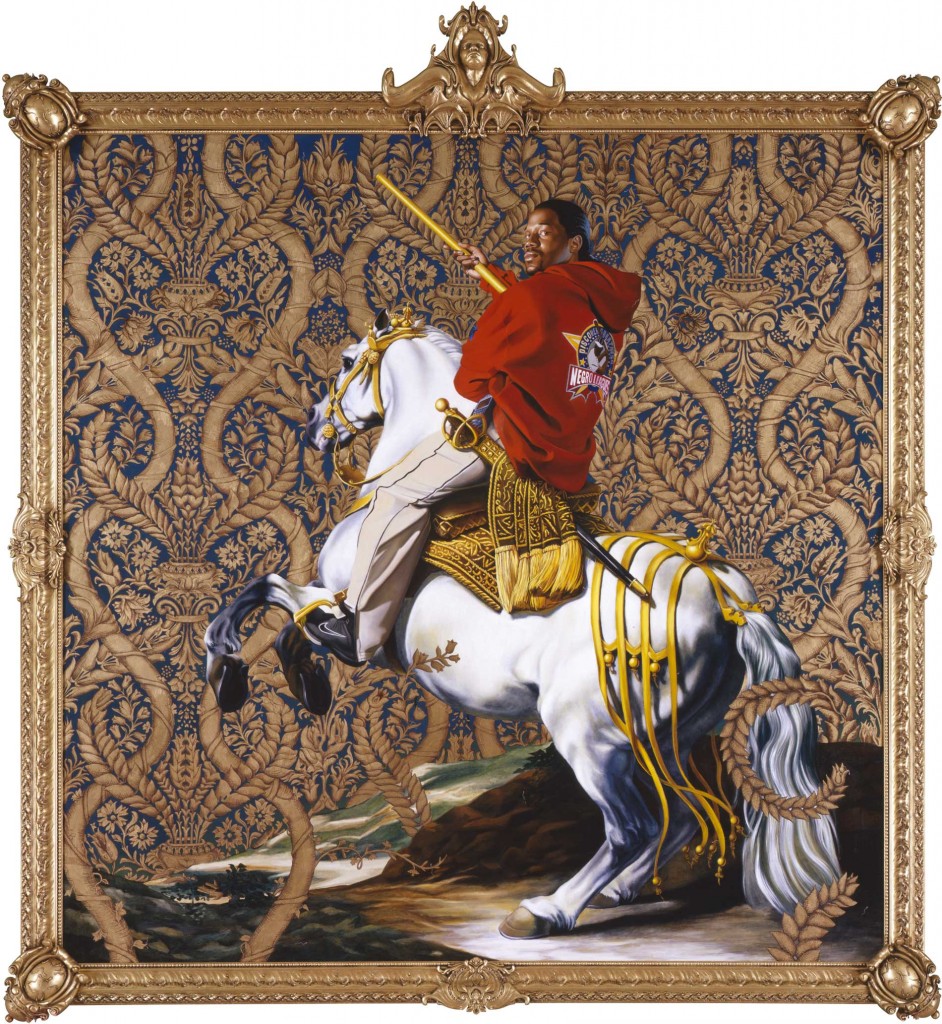



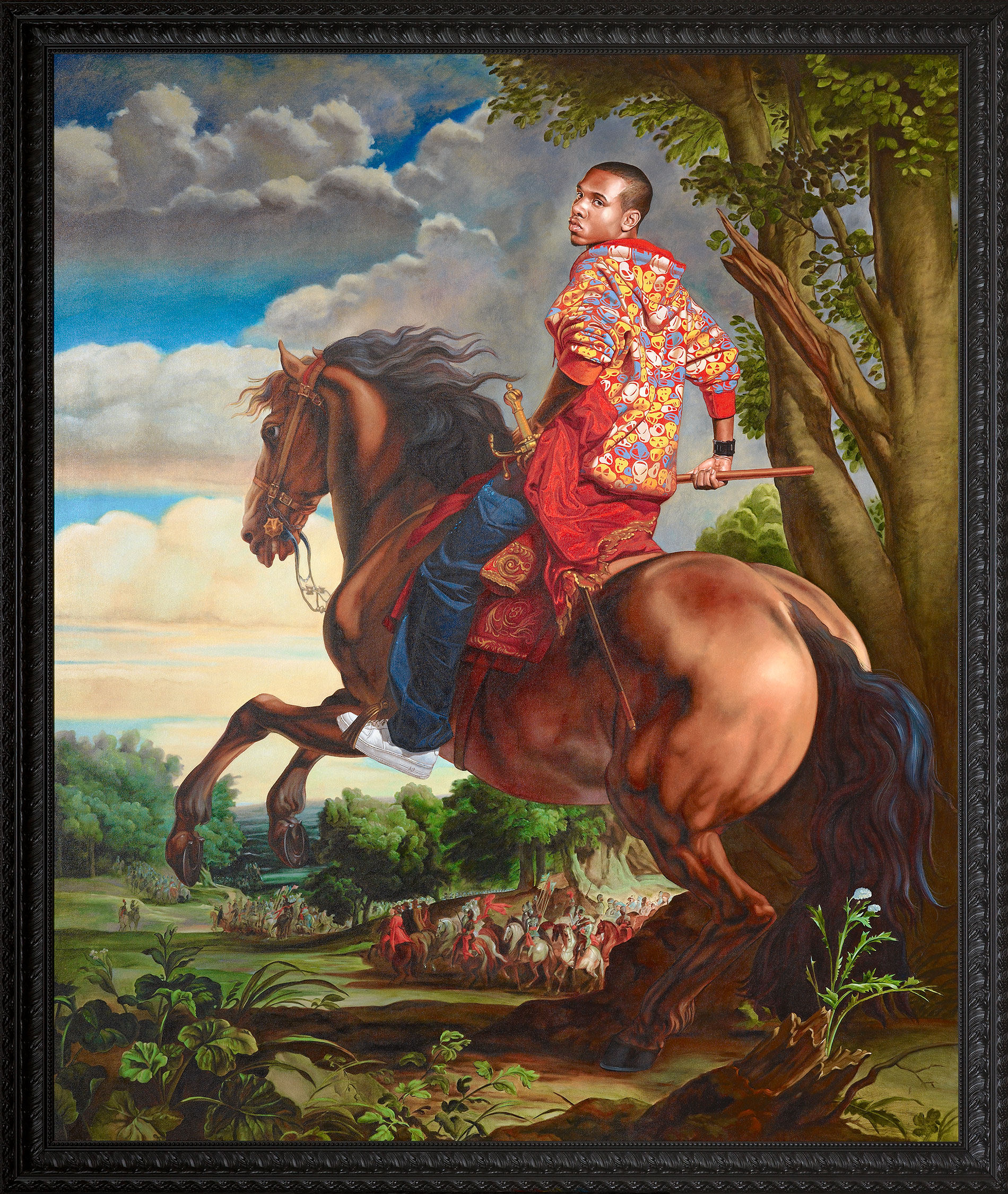
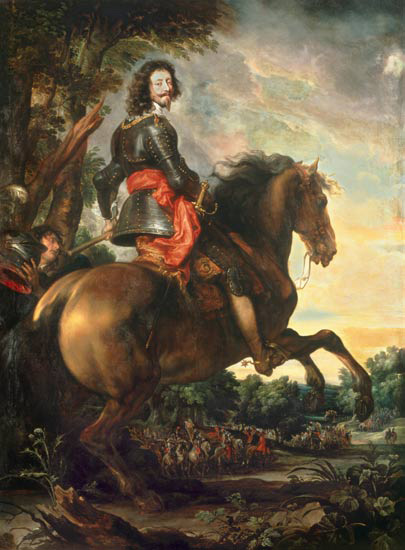
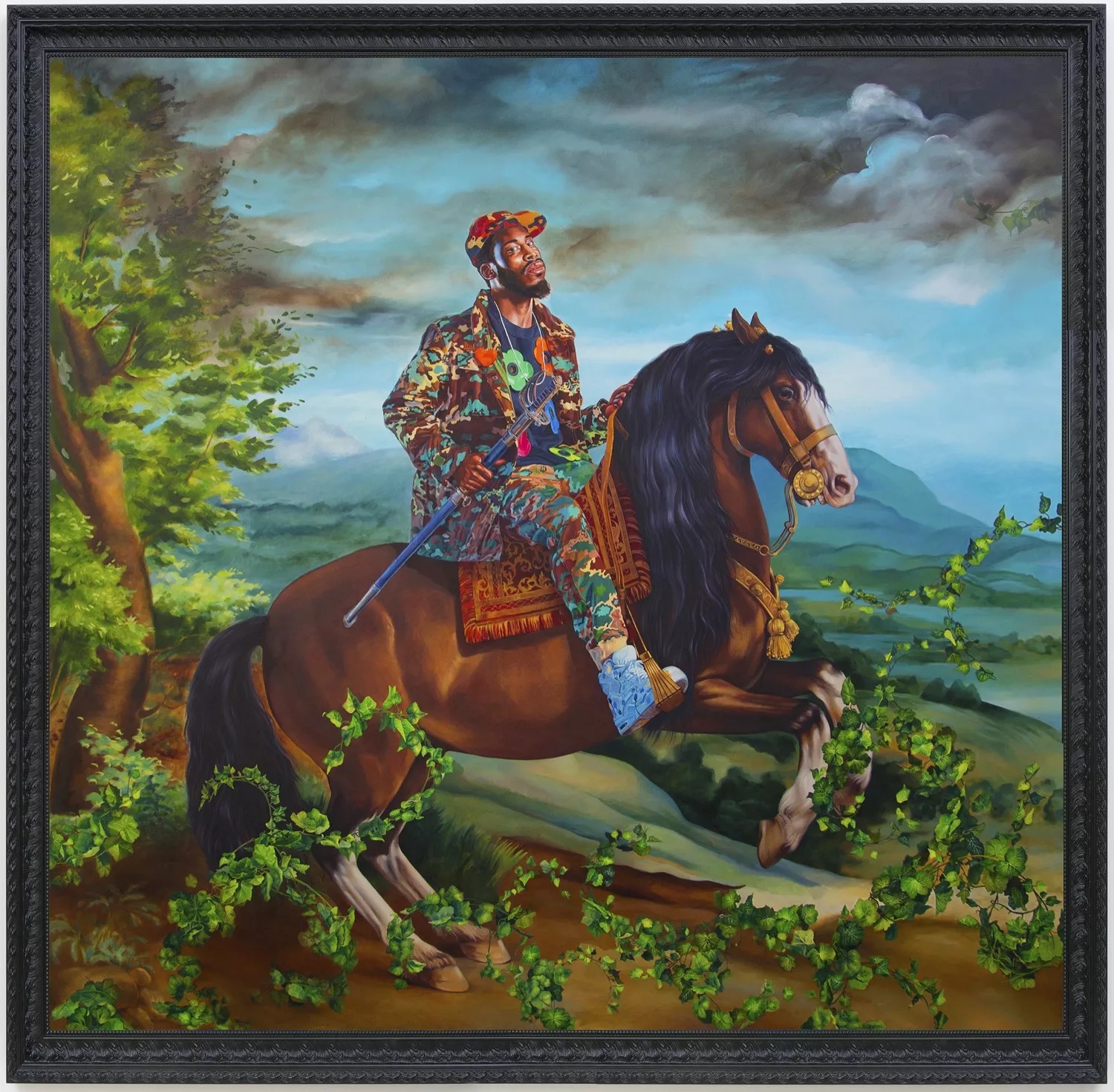
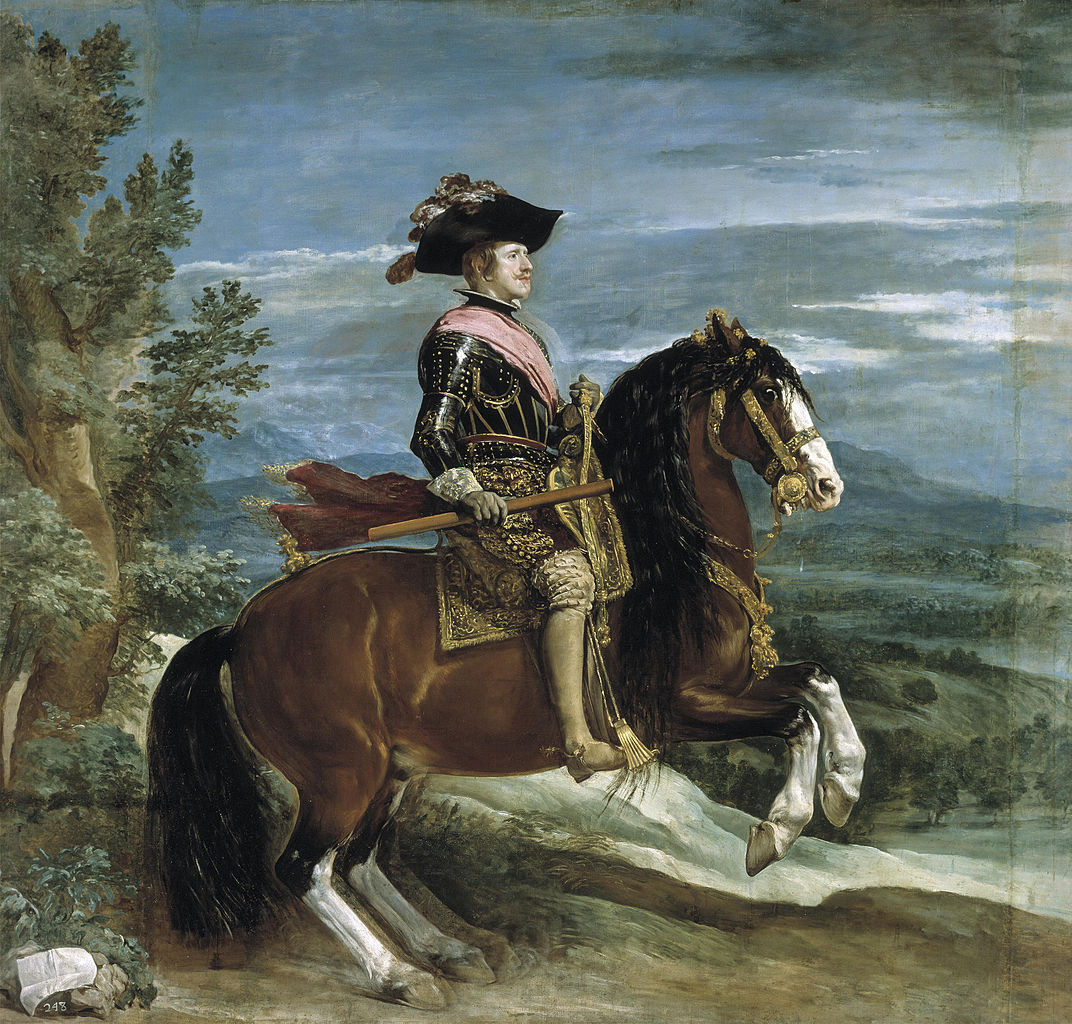
Mexico after 1945: Revolutionaries, Santiago and Don Quixote
↑ Back To Table Of Contents ↑There are quite a few horseman-on-a-rearing-horse statues in Mexico. Most of them commemorate those who were fighting for the homeland:
José María Morelos (1765 – 1815) and Pedro Ascencio Alquisiras (1778 – 1821), the leading figures of the Mexican War of Independence, as well as Pancho Villa (1878 – 1923) and Emiliano Zapata (1879 – 1919), who were leading the Mexican Revolution (cr. 1910 – 1920).
The statue of José de San Martín, the liberator of Argentina, Chile and Peru, is a gift from the government of Argentina.
I could not find the creation dates form most Mexican horsemen statues, but, judging by their appearance, they ought to be made in the 20th century, most probably after 1945.
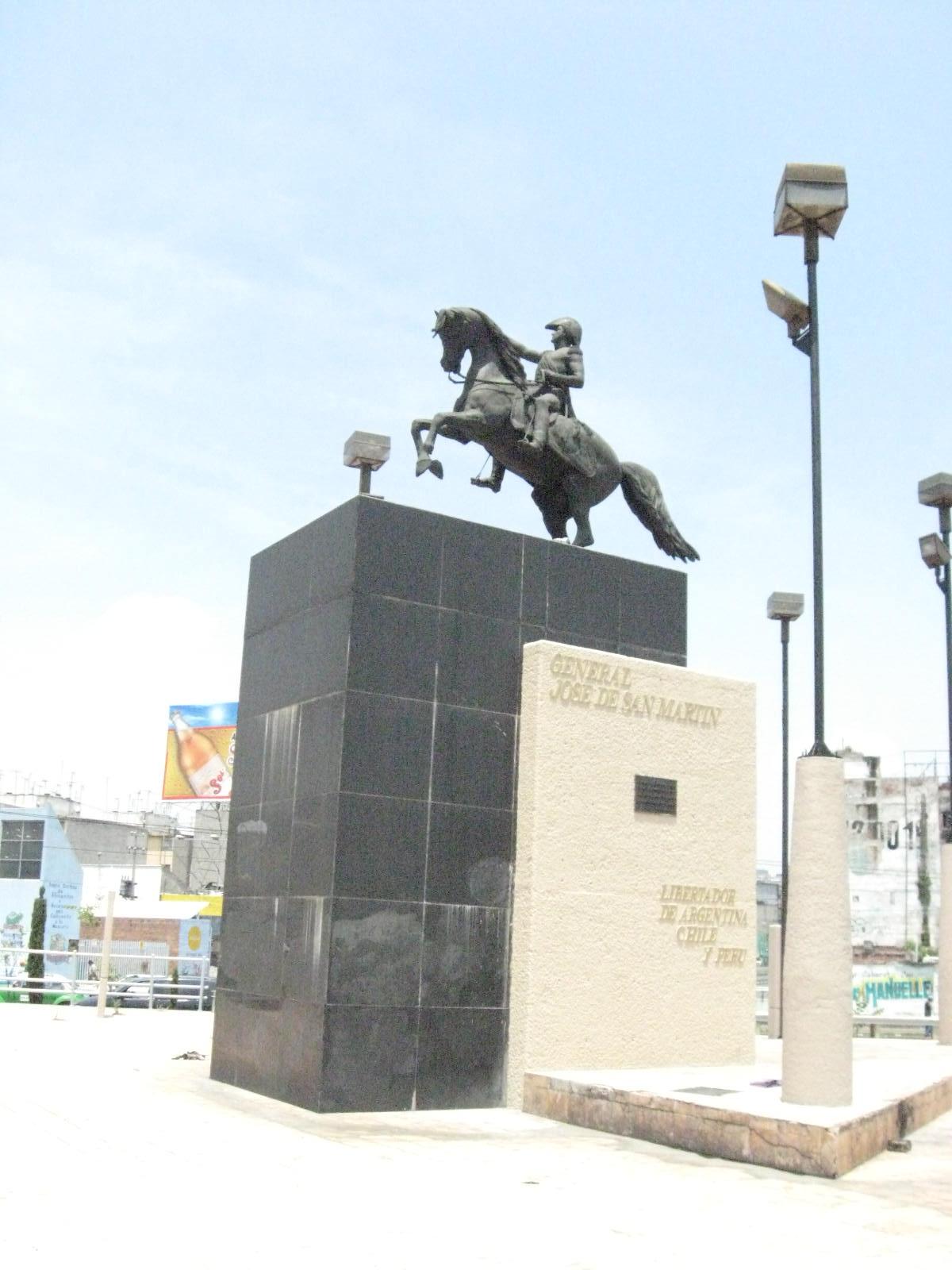
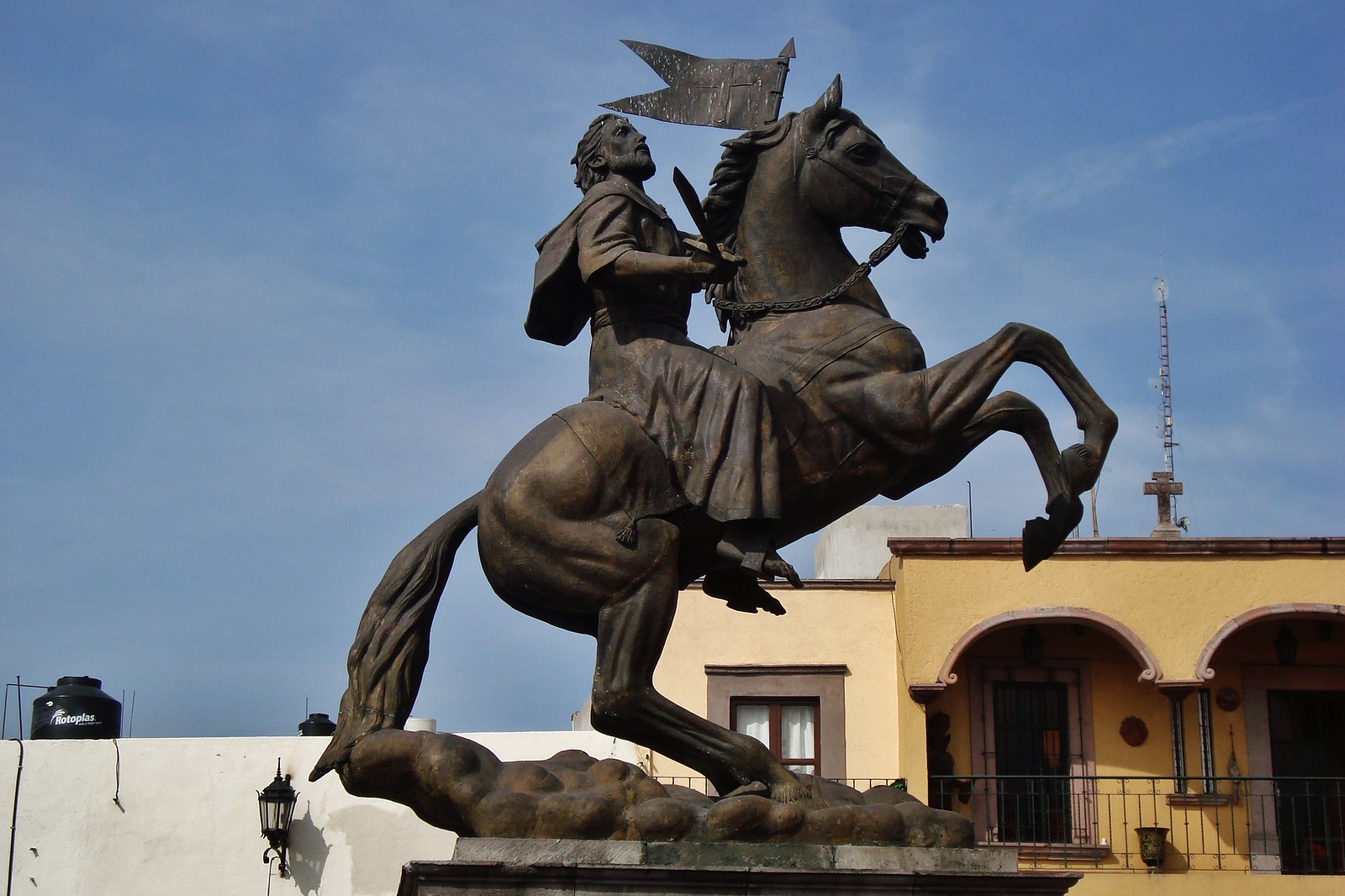
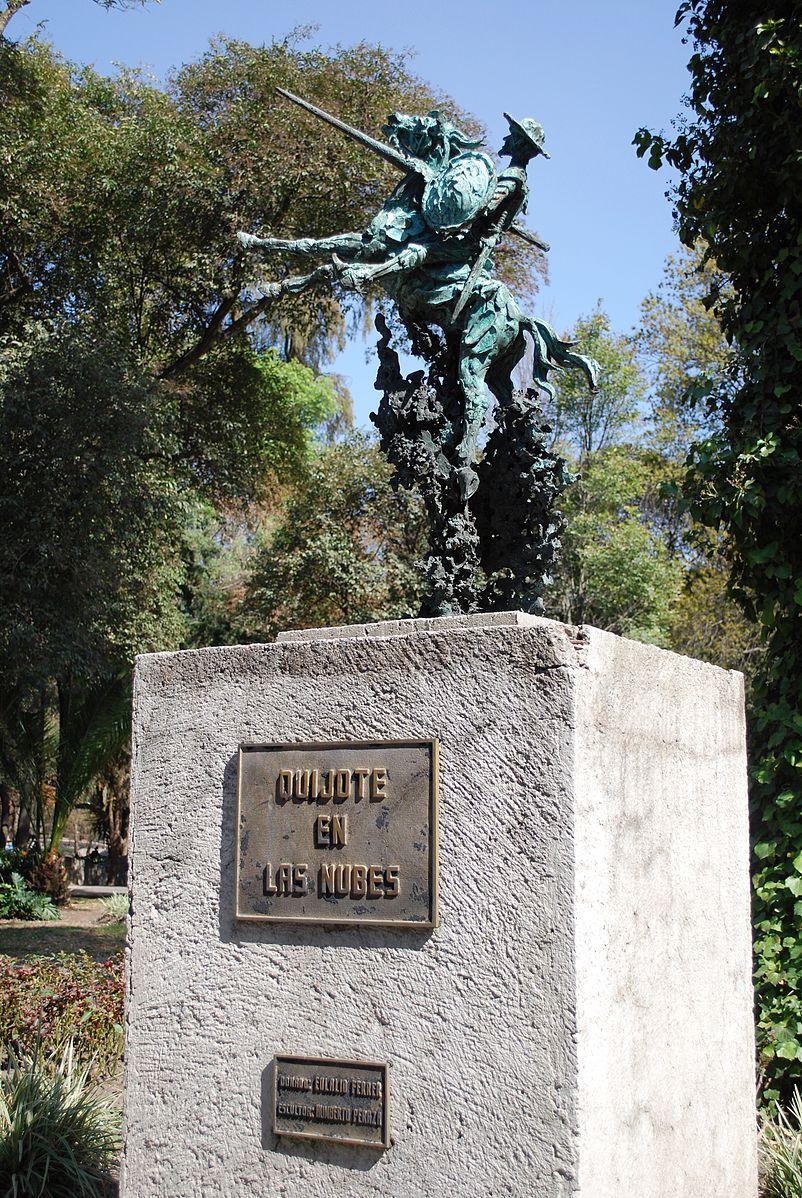
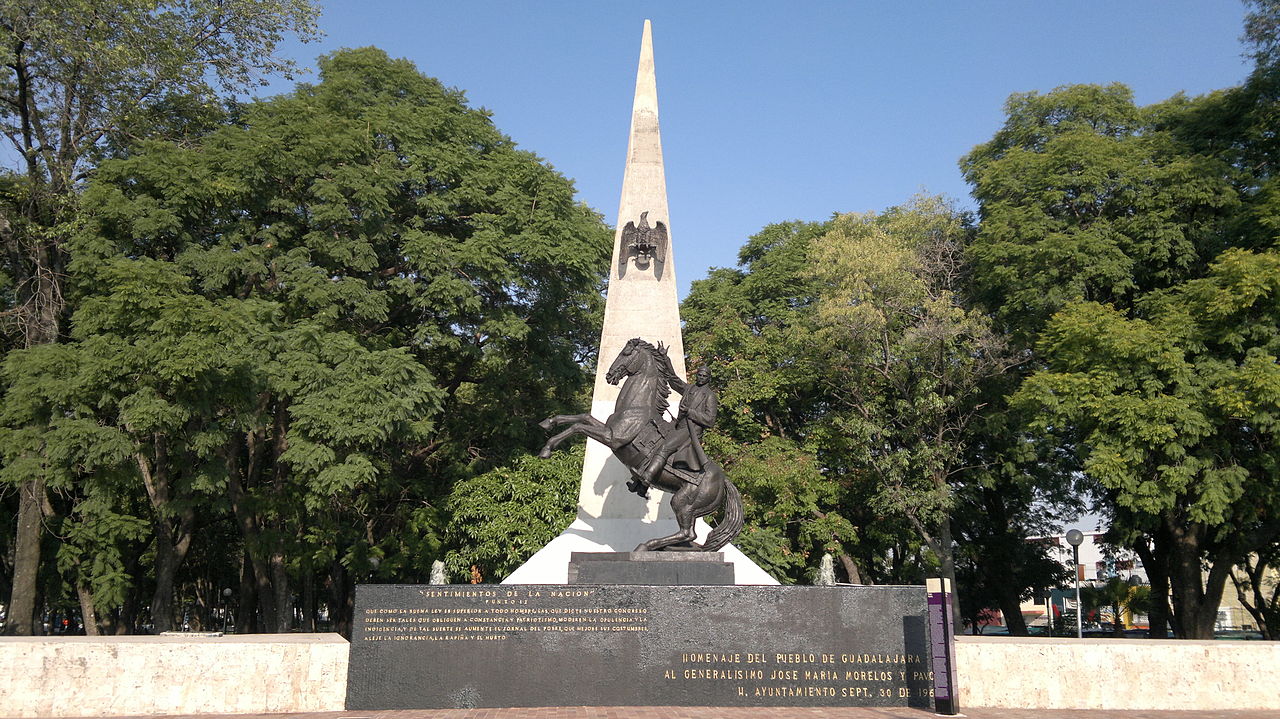
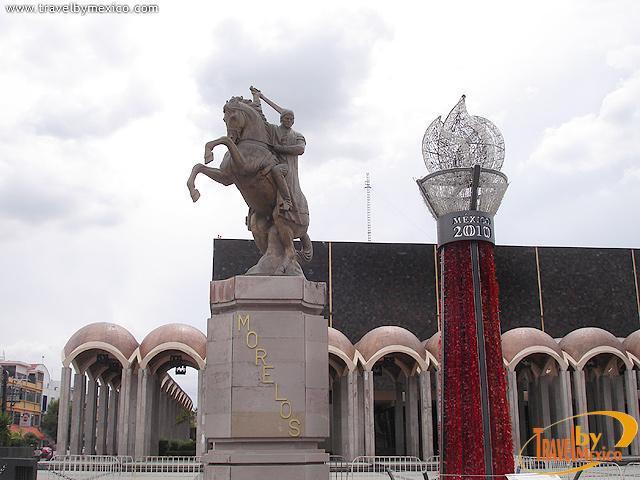
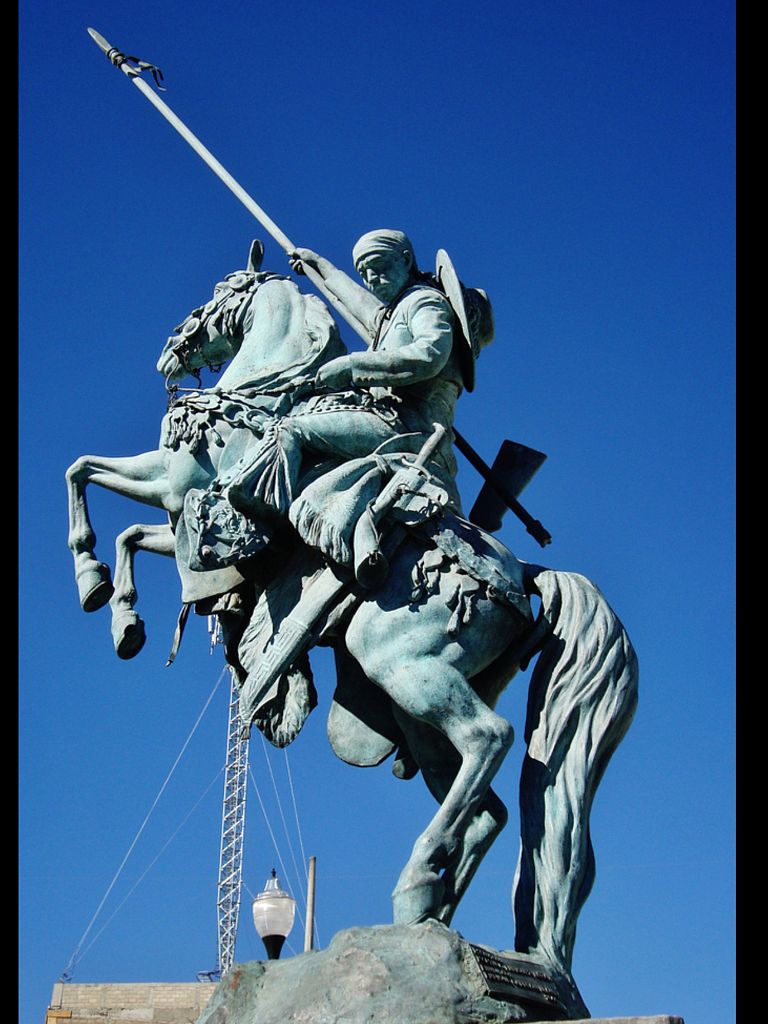




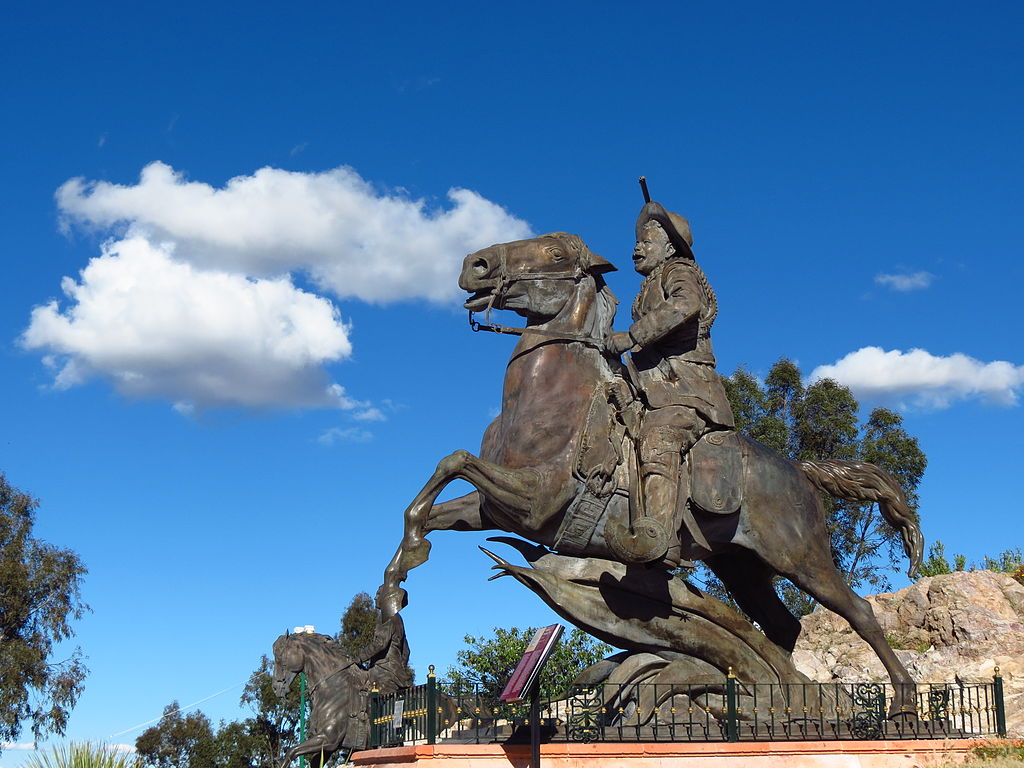
Horsemen in South America in the 19th – 21st centuries
↑ Back To Table Of Contents ↑Just in Central America, the equestrian statues of the horsemen on rearing horses in South America show the revolutionaries and liberators.
- Simón Bolívar (1783 – 1830), a Venezuelan military and political leader who led what are currently the states of Venezuela, Bolivia, Colombia, Ecuador, Peru, and Panama to independence from the Spanish Empire;
- José de San Martín (1778 – 1850), a Spanish-Argentine general and the prime leader of the southern and central parts of South America’s successful struggle for independence from the Spanish Empire who served as the Protector of Peru;
- Bernardo O'Higgins (1778 – 1842), a Chilean independence leader who freed Chile from Spanish rule in the Chilean War of Independence.
According to Kees van Tilburg, there are as many as 54 equestrian statues of José de San Martín, including at least 40 replicas, almost all of them being copies of the statue by Louis-Joseph Daumas, unveiled in 1862 in Buenos Aires, was the first equestrian monument in Argentina. Replicas of this statue cannot only be found in many places in South America, but also in Europe (Brussels, Cadiz and Madrid), in the US (New York and Washington) and in Mexico City.
This famous statue was not Daumas’ first equestrian statue of San Martin. In 1859 he created the first equestrian statue in South America. This statue, also of José de San Martin, was inaugurated in Santiago de Chile and can be seen as a try out for Daumas’ masterpiece three years later in Buenos Aires. It shows San Martin on a staggering horse with a banner in his outstretched right hand. By removing the banner in his Buenos Aires statue Daumas changed the centre of gravity in such a way that the tail of the horse was no longer needed as a support point, giving the statue in this way a more dynamic character.



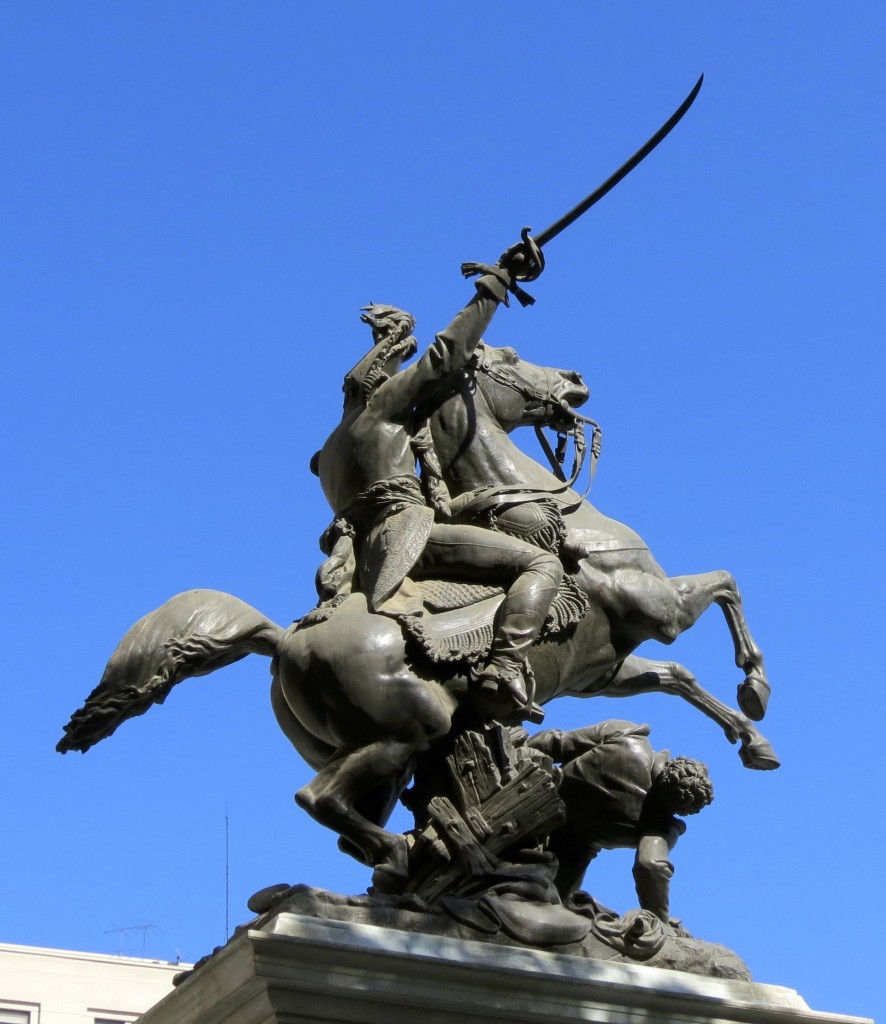

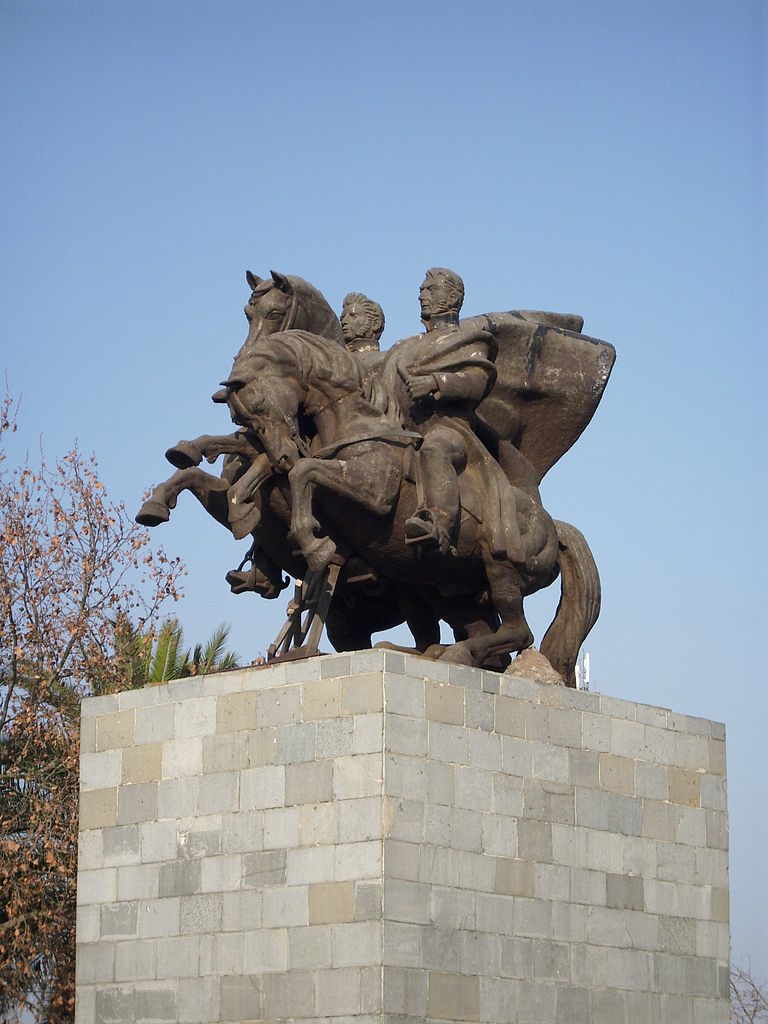
Horsemen in Europe in the 19th – 21st centuries
↑ Back To Table Of Contents ↑France: William The Conqueror, Jeanne d’Arc and Napoleon in 1850s – 1890s, and d’Artagnian in 2015
↑ Back To Table Of Contents ↑Jeanne d’Arc (cr. 1412– 1431), a national heroine of France and a Catholic saint, has over 40 equestrian statues dedicated to her all around France. Only three of them – they are identical, located in Montebourg (original), Alise Sainte-Reine, and Ballon d’Alsace – feature rearing horses. The other one was destructed during the Second World War.
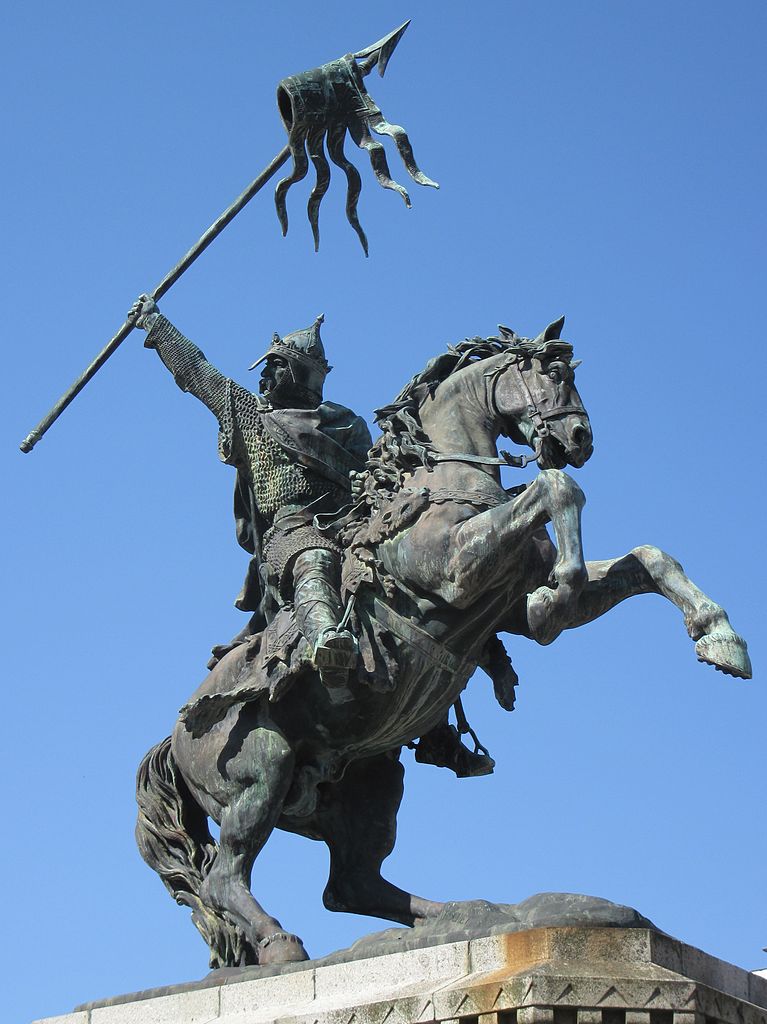

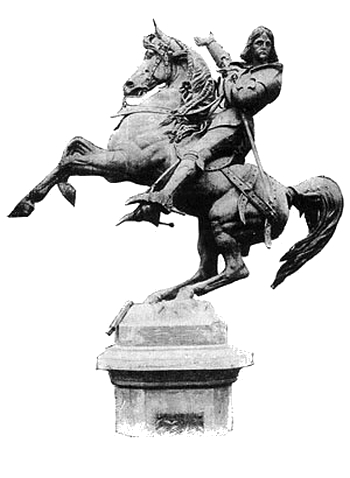
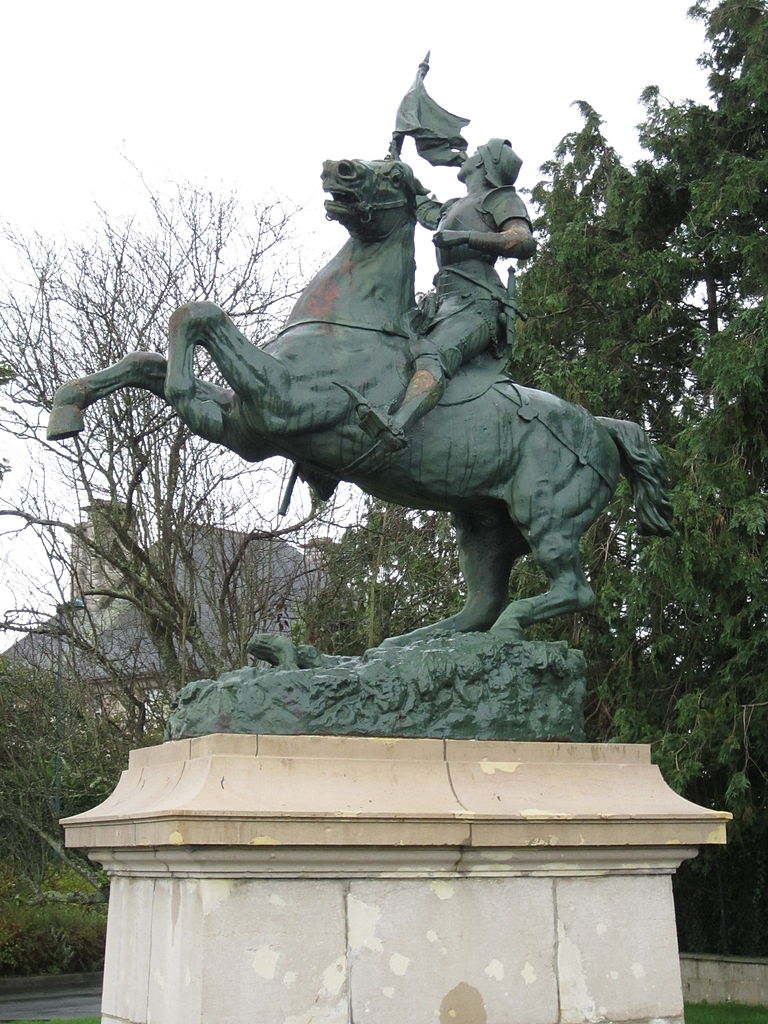

Denmark: statue of Absalon, an archbishop and statesman, 1902
↑ Back To Table Of Contents ↑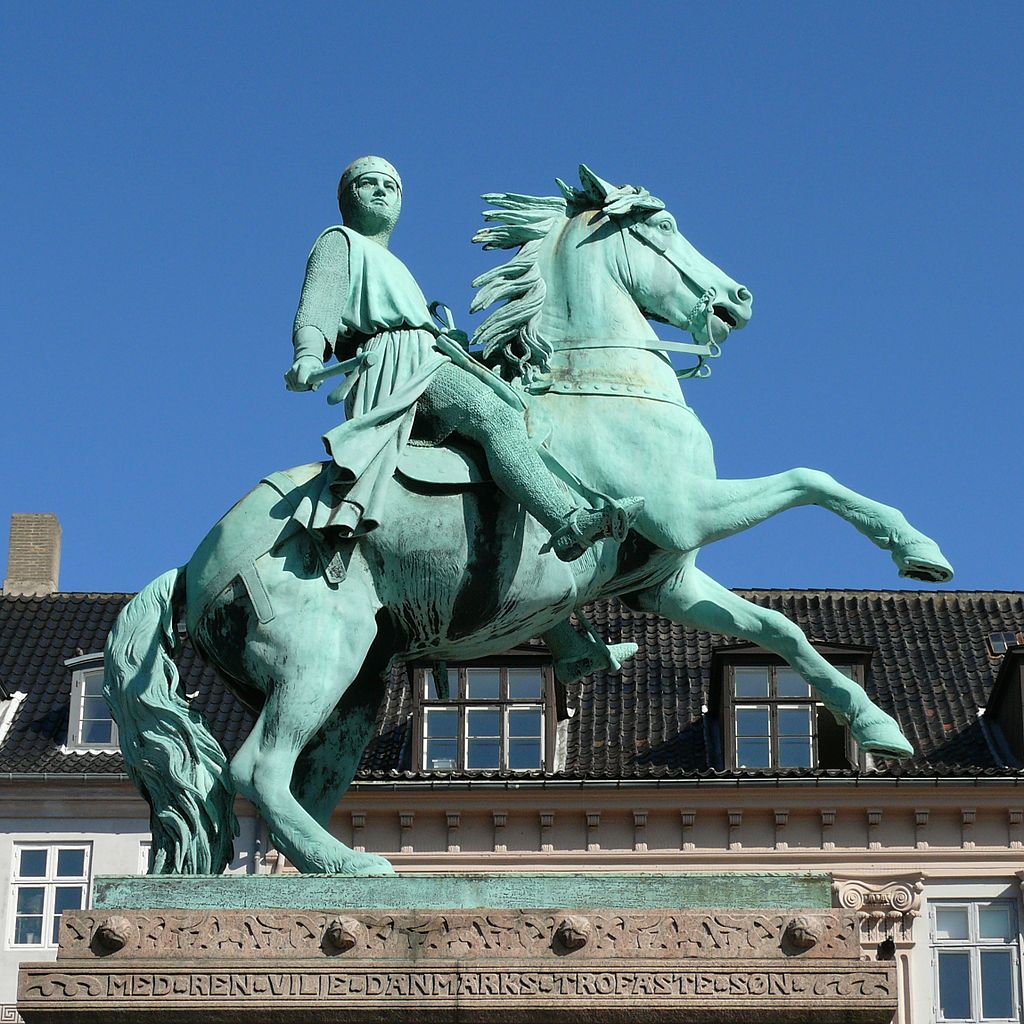
In 1167, Absalon was granted the land around the city of Havn, and built there a castle. Havn quickly expanded as one of Scandinavia’s most important centres of trade, and eventually evolved into modern-day Copenhagen. Thus, Absalon is considered the founder of Copenhagen.
The equestrian statue of Absalon on Højbro Plads in Copenhagen was unveiled in 1902 to mark the 700 years’ anniversary of his death.
Italy: statues to a Prince of Savoy and Garibaldis, 1900s – 1930s
↑ Back To Table Of Contents ↑
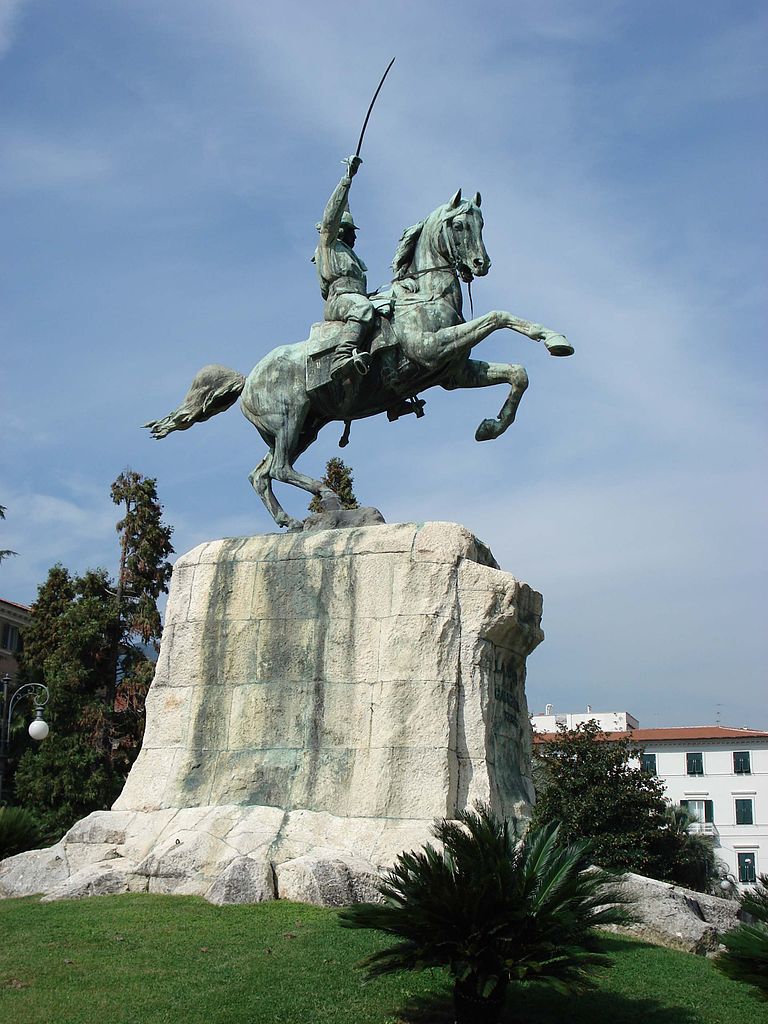
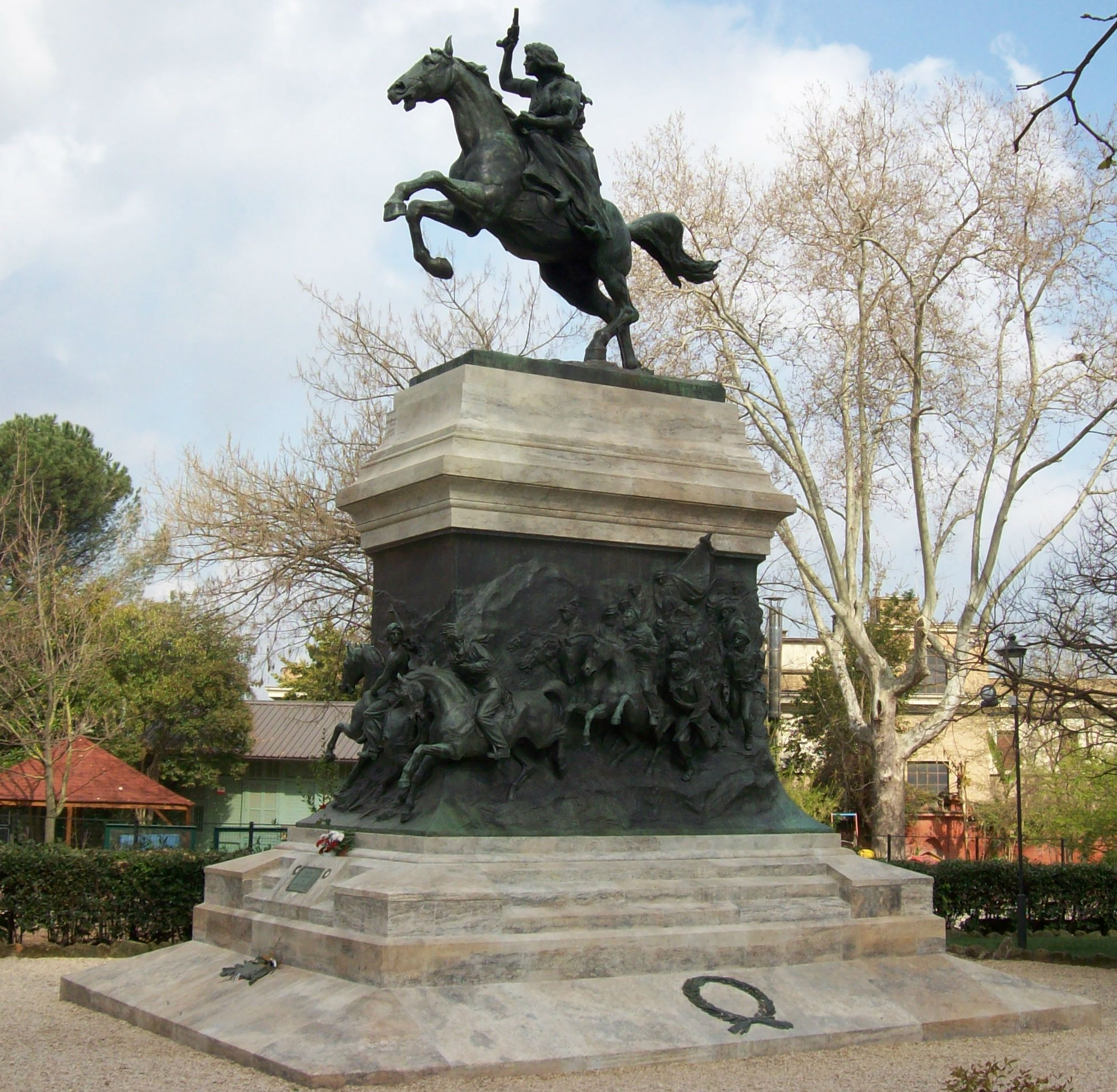
The first one shows Amadeo I of Spain, Duke of Aosta (1845 – 1890), an Italian prince who reigned as King of Spain from 1870 to 1873. He was elected by the Cortes Generales as Spain’s monarch in 1870, and was sworn in the following year. Amadeo’s reign was fraught with growing republicanism, Carlist rebellions in the north, and the Cuban independence movement. He abdicated, proclaiming the Spanish people ungovernable, and, completely disgusted, returned to Italy in 1873. The First Spanish Republic was declared as a result; it lasted two years.
The next two monuments commemorate Italian national hero Giuseppe Garibaldi (1807 – 1882) and his Brazilian wife and comrade-in-arms Anita Garibaldi (1821 -1849), who played a decisive role in the Italian unification and the creation of the Kingdom of Italy (1861–1946)..
Armenia, 1922 – 2012: national hero who drove Arab invaders out of Armenia in the 8th – 10th centuries
↑ Back To Table Of Contents ↑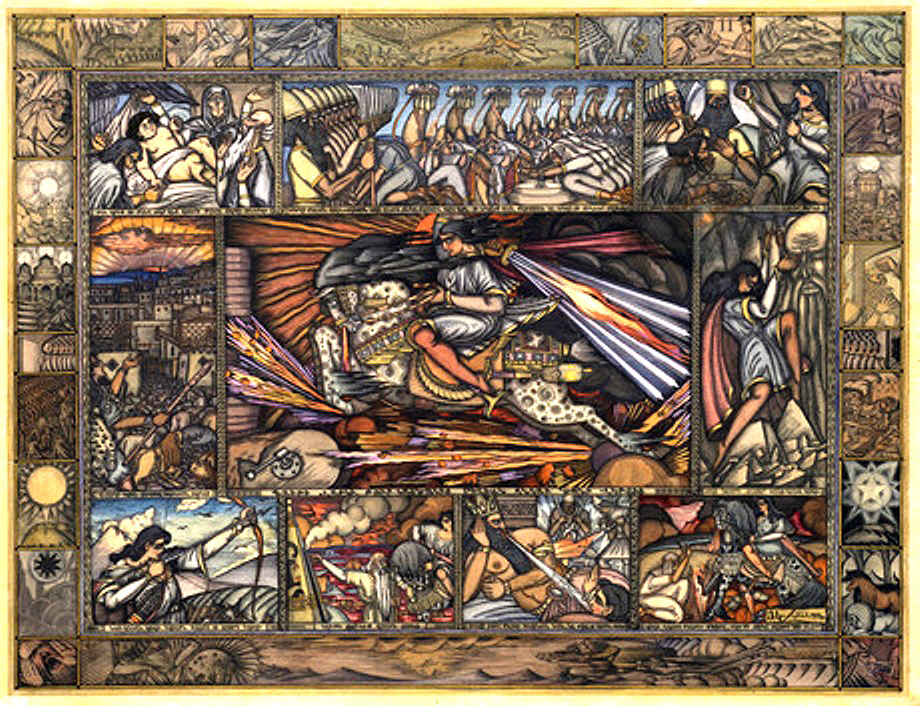
The statue of David of Sassoun in Yerevan was inaugurated in 1957. A recent online poll by Yerevan Magazine found that Sasuntsi Davit is the most beloved statue of the residents of Yerevan.
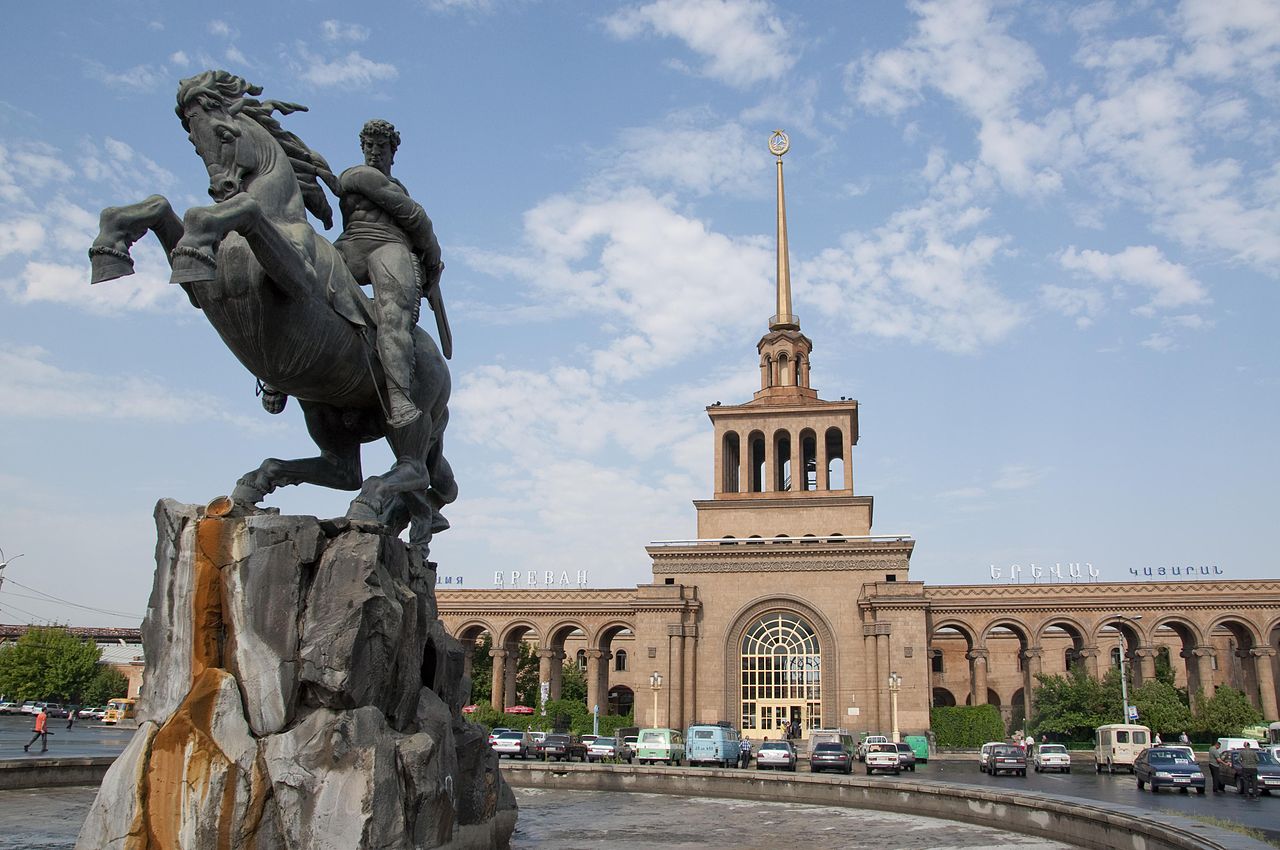

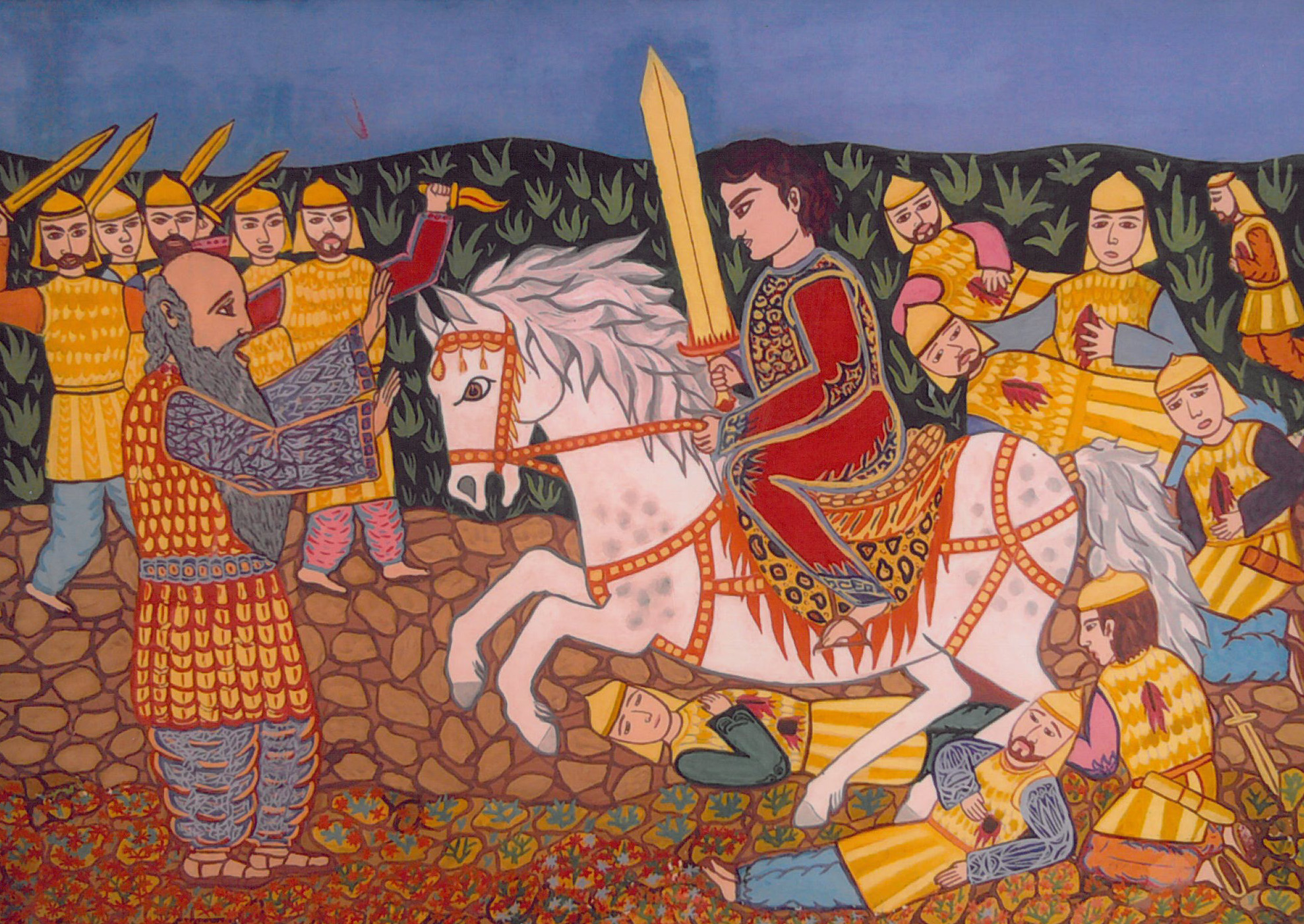
Portugal, 1935: a governor of Macau whose statue returned to Lisbon
↑ Back To Table Of Contents ↑
In November 1991, as the Macao administration moved to the People’s Republic of China, it was decided to remove the statue from Macau because the Commander was no longer viewed as a martyr but as a villain. It was transported to Lisbon and installed there.
Greece after 1945: liberation war heroes and Alexander the great
↑ Back To Table Of Contents ↑In Greece, we find four modern statues showing horsemen on rearing horses. All four show military commanders. Two of them show famous Greek military commanders and leaders of the Greek War of Independence Georgios Karaiskakis (1780 or 1782 – 1827) and Theodoros Kolokotronis (1770 – 1843). The third one is Mordechai Frizis (1893 – 1940), a Greek military officer, who fought in World War I and distinguished himself in World War II. And, of course, there is a monument to Alexander the Great.
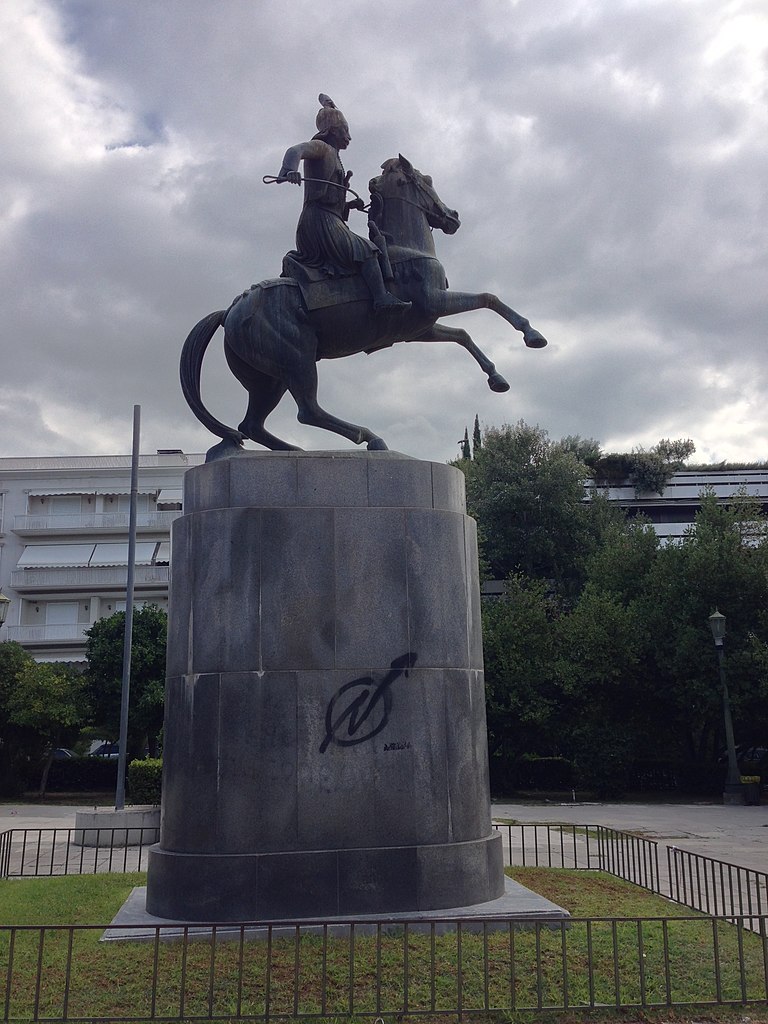
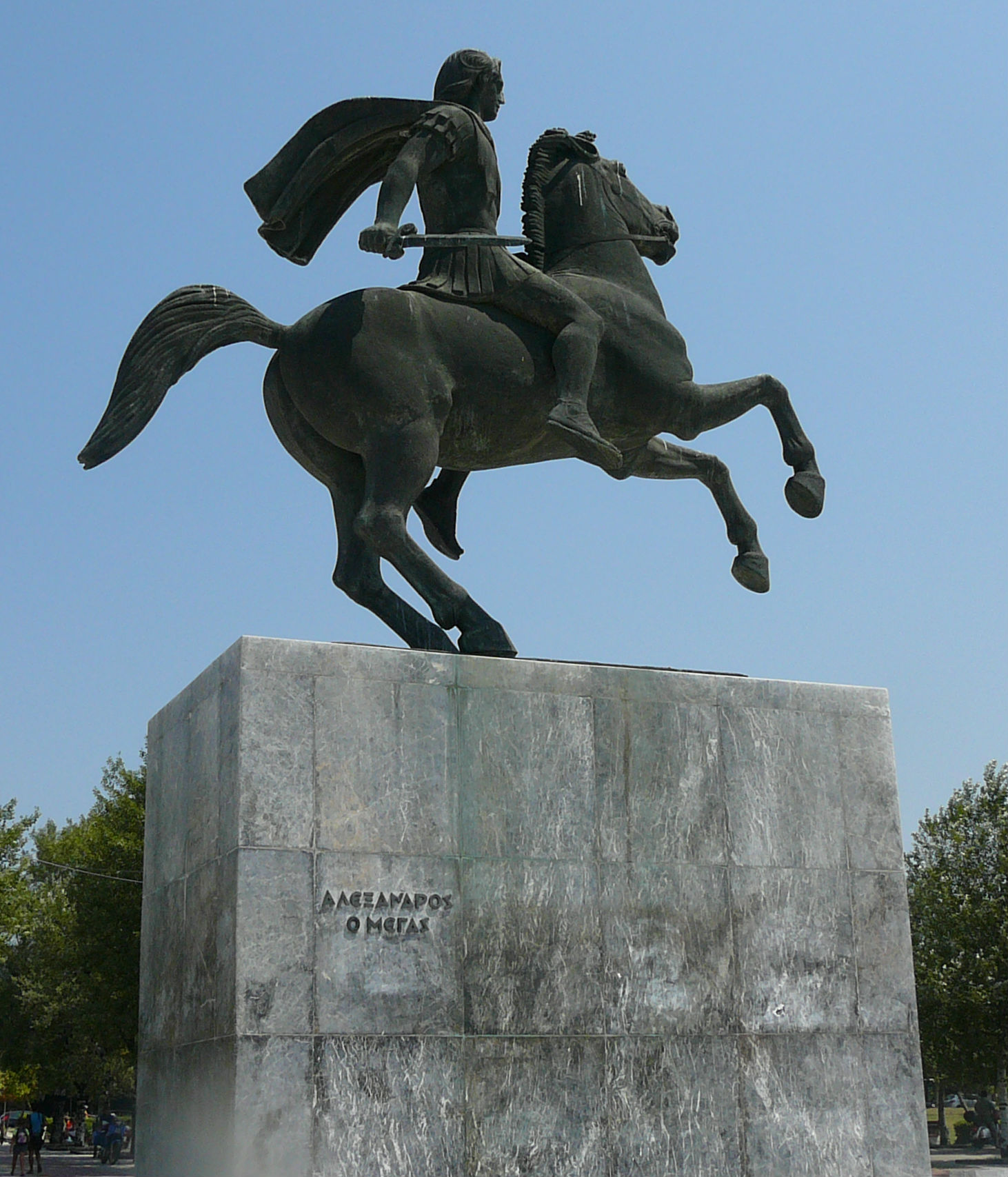
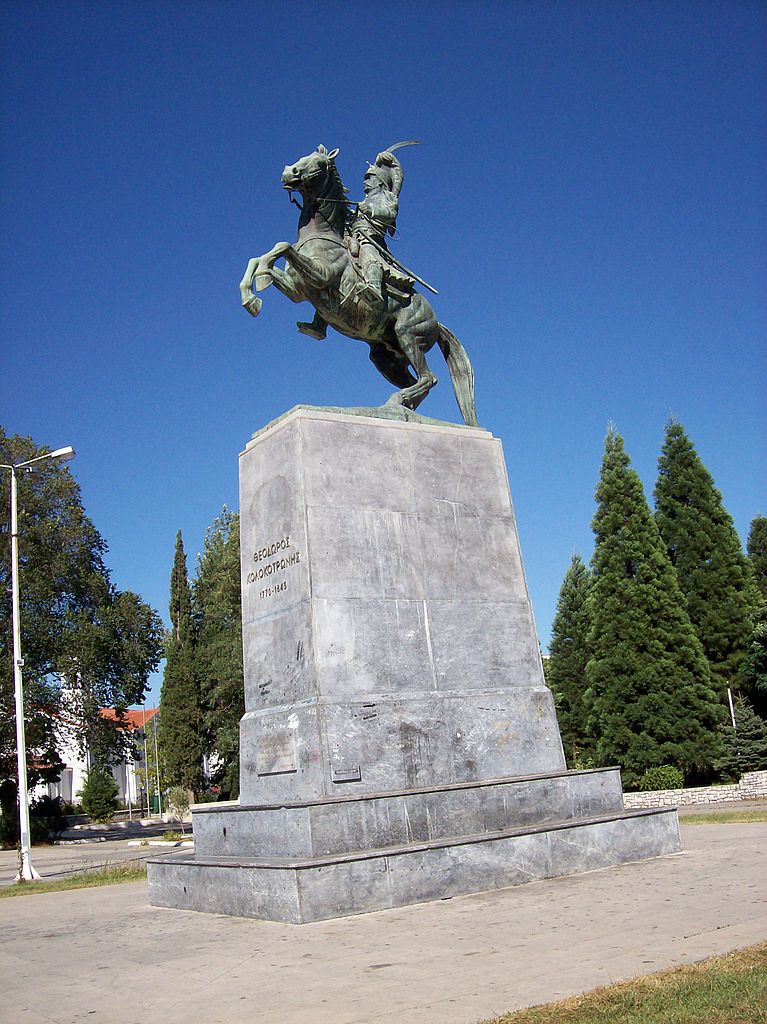
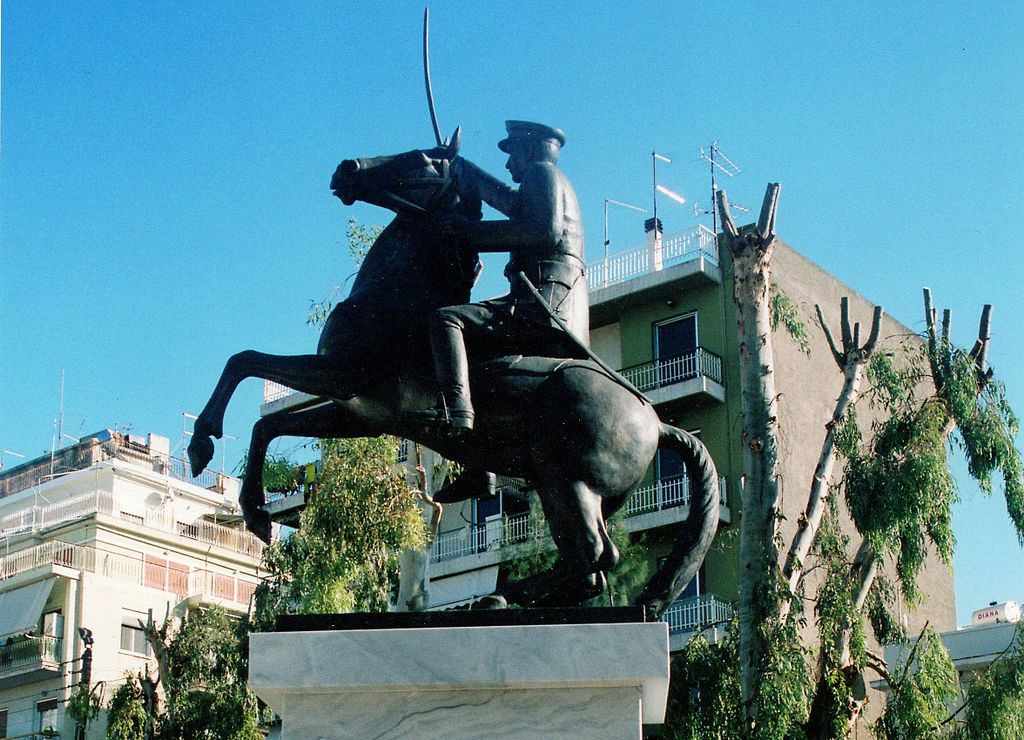
Modern Moscow, 1993 – 2014: Forward To The Past
↑ Back To Table Of Contents ↑Modern Russia, and especially modern Moscow, are making their way into the future while trying to reconcile and be proud (as much as possible) of cultural legacies of three very different eras with conflicting views and messages: traditional Moscovite Russia, pro-European Russia as envisioned by Peter the Great, and Soviet Russia. Perhaps trying to build the culture that combines all three, and to make all three look good, creates too strong a link with the past and stands on the way of any progress. But it definitely creates a very unique, eclectic cultural mix, that is very interesting to decode.
Heraldics Is Back
↑ Back To Table Of Contents ↑The lesser version of the coat of arms of the Russian Empire and of the Russian Federation are nearly identical.
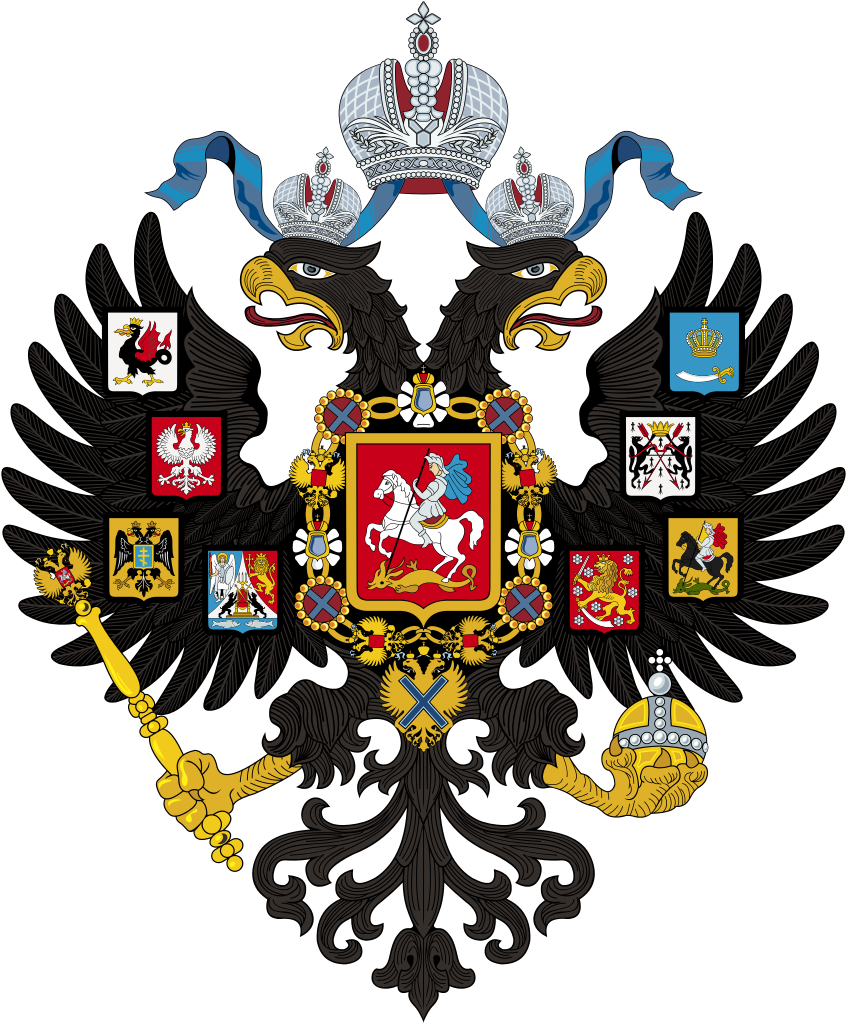
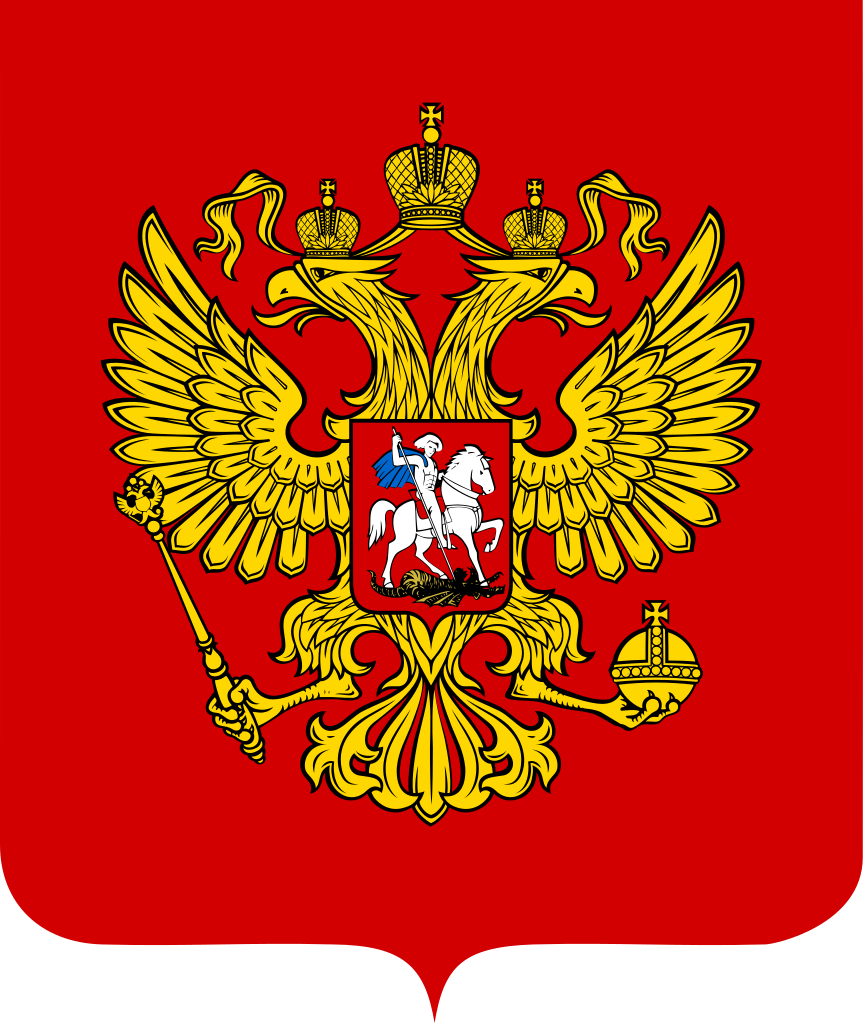
The new coats of arms for the city of Moscow and for Moscow Oblast (greater Moscow, excluding inner Moscow) are very similar to their pre-1917 predecessors.
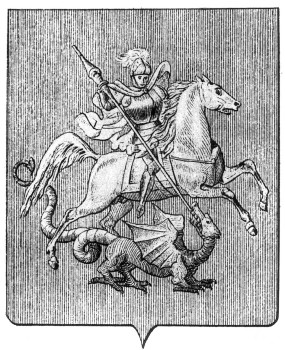
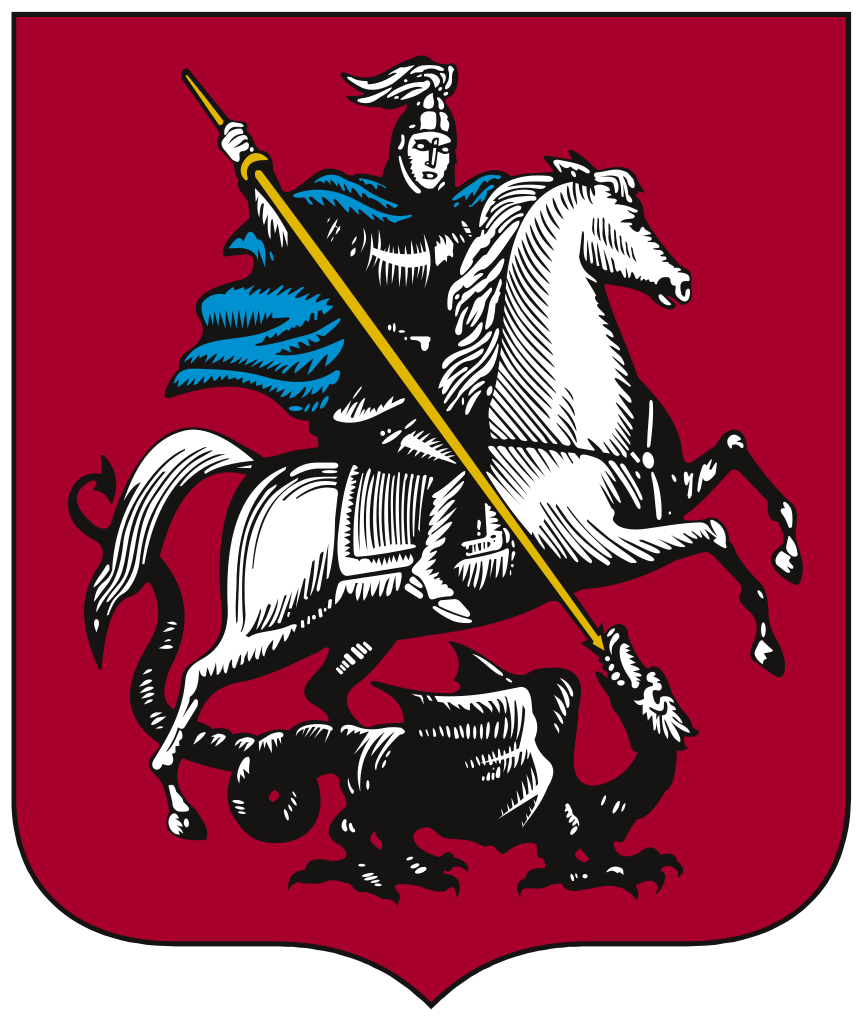
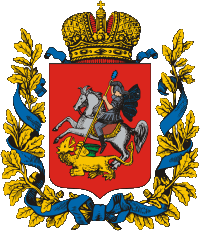
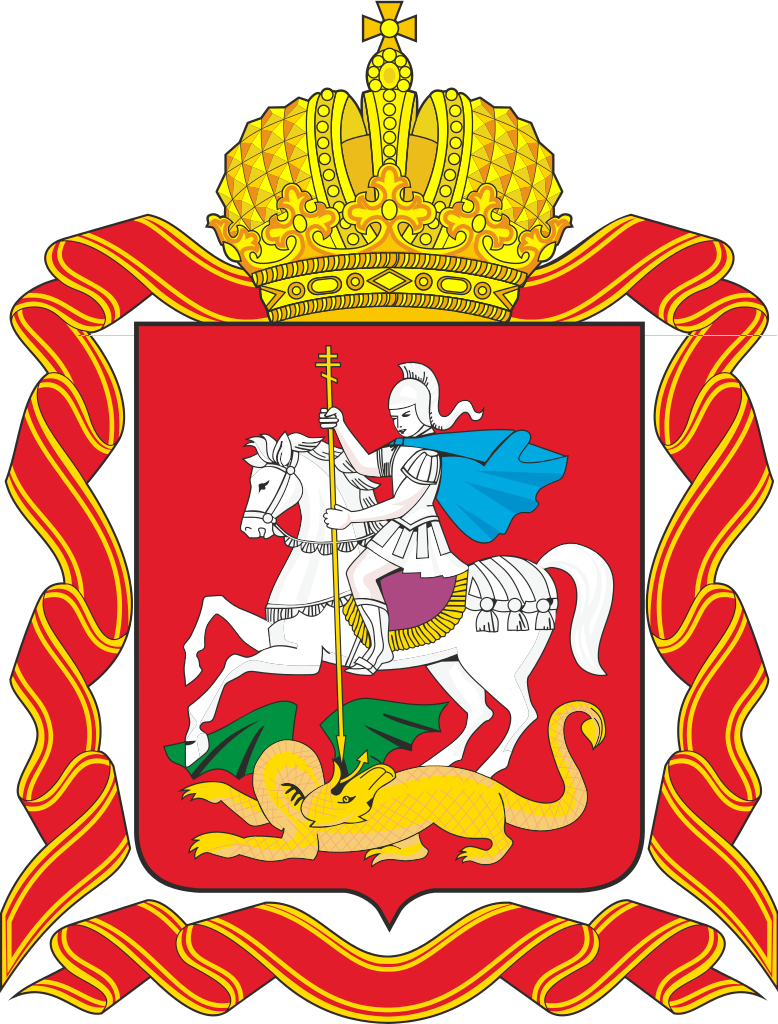
After disappearing from the faces of Russian coins at the turn of the 19th century, Saint George has made his return in 1997-8, following the monetary reform in Russia, 1998.

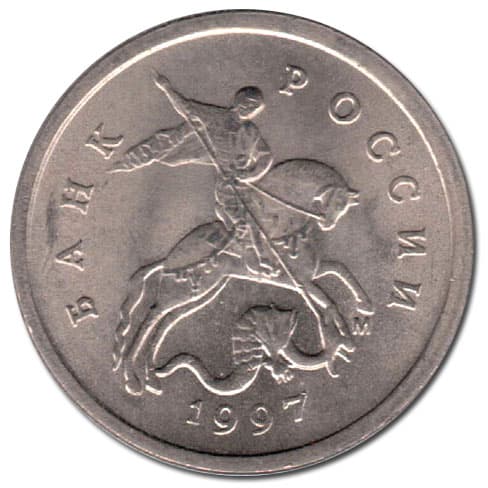
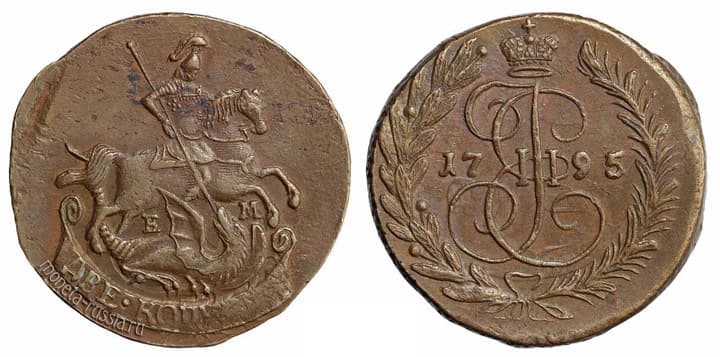
A Saint George And A General Are Back And There Are More
↑ Back To Table Of Contents ↑The very first Moscow horseman on a rearing horse was Saint George. His statue was erected on top of Kremlin Senate in Moscow in 1787. It was commissioned by Catherine the Great, and made of gold plated zinc. In general, the Russian Orthodox Church did not allow sculptural representations of saints. Presumably, they have only made an exception because this Saint George was commissioned by the Empress. So, this should be the only public monument to Saint George in Russia until the Russian Revolution. Unfortunately, it was stolen by French when they were leaving Moscow in 1812, and was never seen again. A bronze copy of this sculpture was installed on top the second dome of Kremlin Senate in 1995.

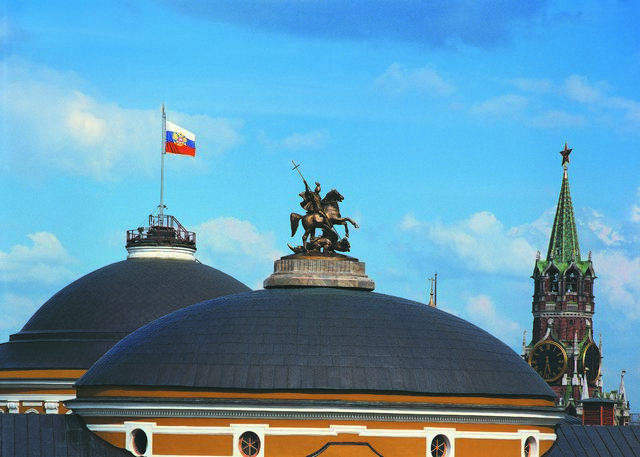
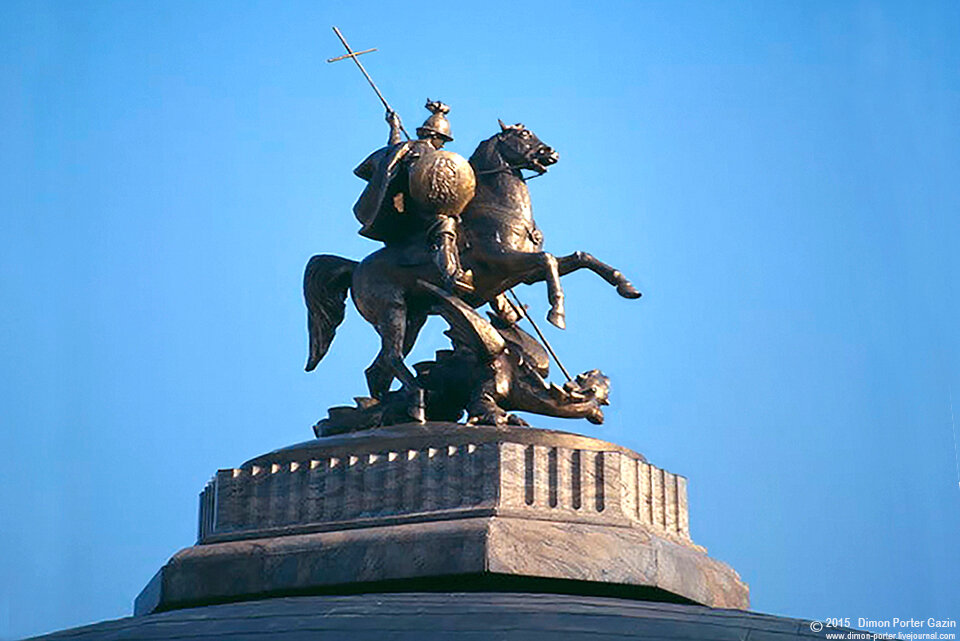
Despite the restriction imposed by the Russian Orthodox church, the second Moscow statue of a horseman on a rearing horse was also a sculptural depiction of Saint George. However, it was not a statue, but as a relief. It appeared on the original version of the facade of Moscow Polytechnic Museum, remained concealed in the Soviet era and was re-opened in 2019. The other one, part of Moscow’s coat of arms, has appeared on the facade of modern Moscow City Hall much more recently, presumably in the 1990s.

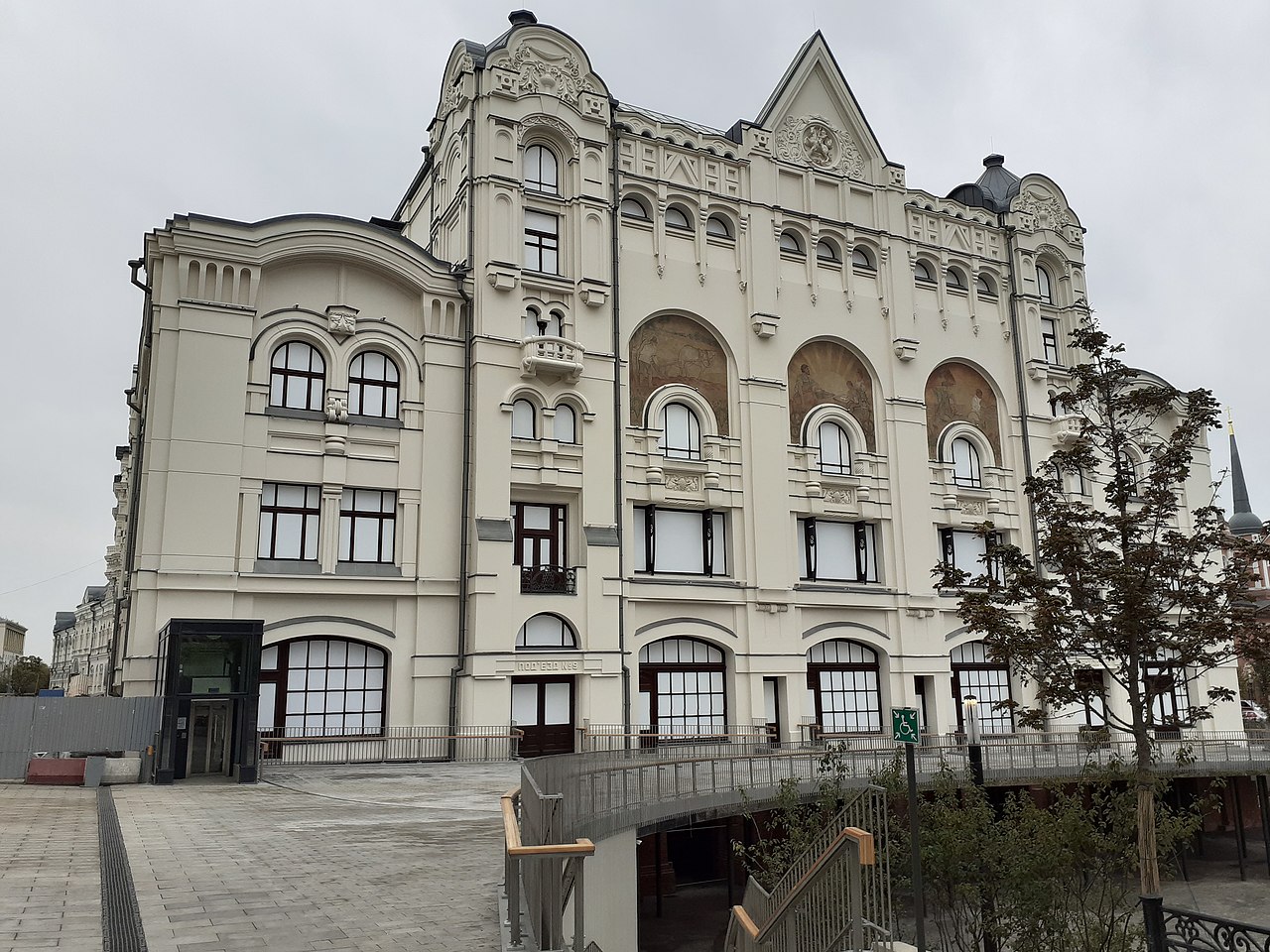
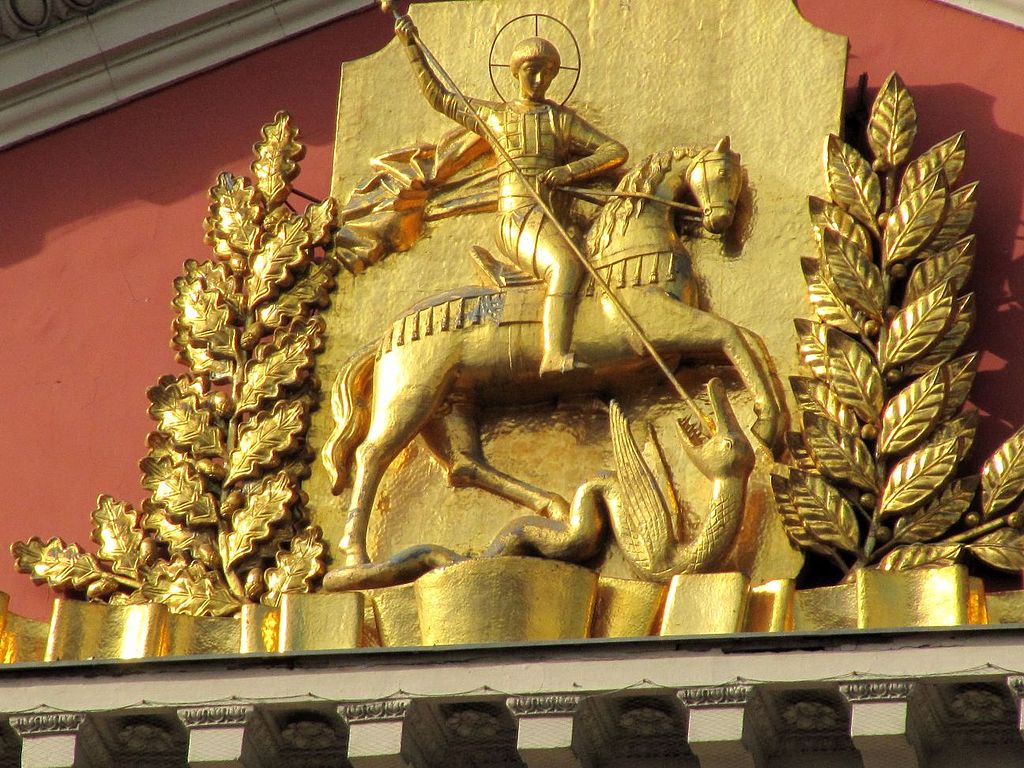

The third pre-1917 Moscow statue of a horseman on a rearing horse was depicting general Mikhail Skobelev. It was unveiled in 1912 and taken down in 1918, shortly after the October Revolution. The new version was unveiled in 2014.
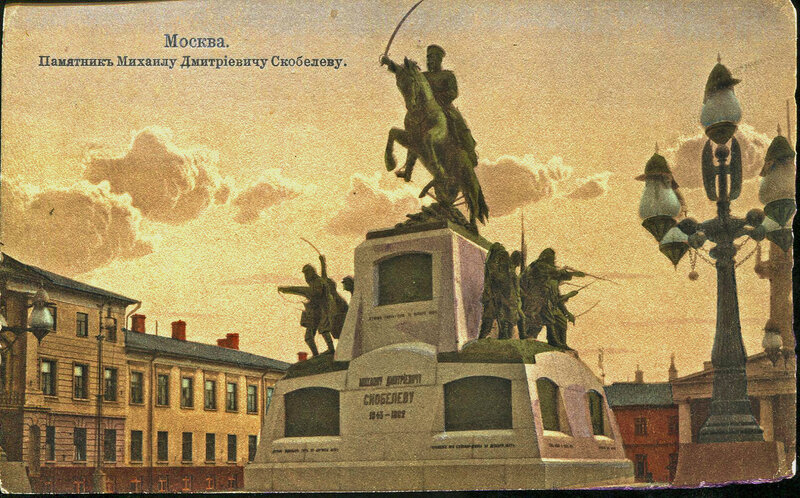

In addition, several new representations of Saint George have appeared in the Russian capital, including one on top a shopping moll dome and one on top of the monument to all Moscow railway stations. Some say that Saint George is new Moscow’s Lenin.
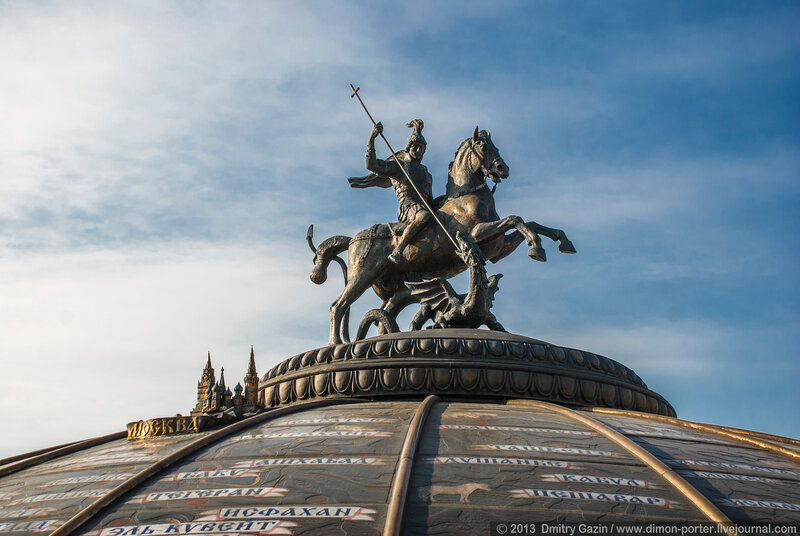
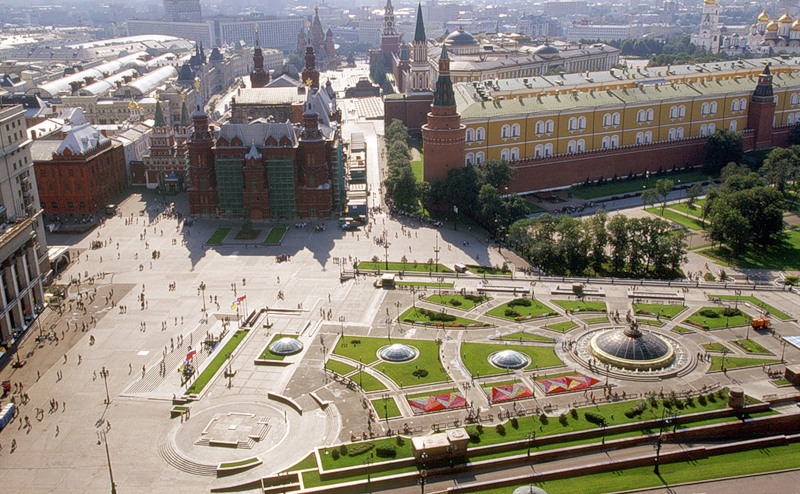

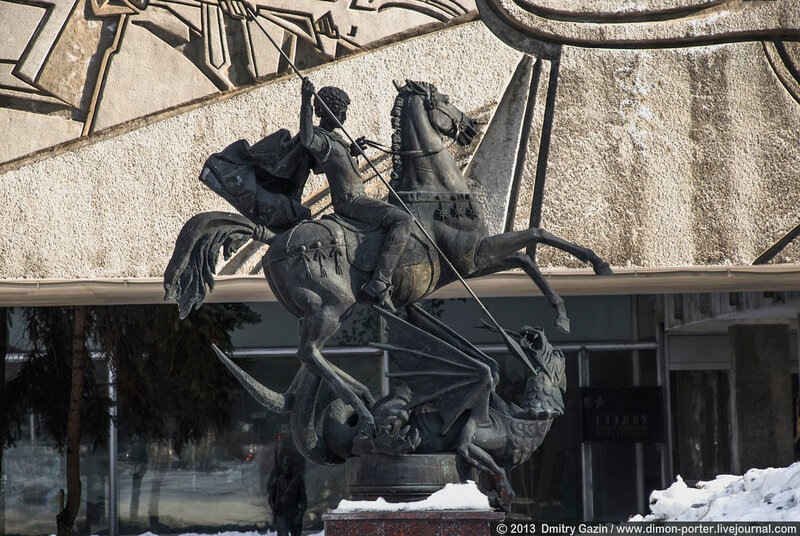
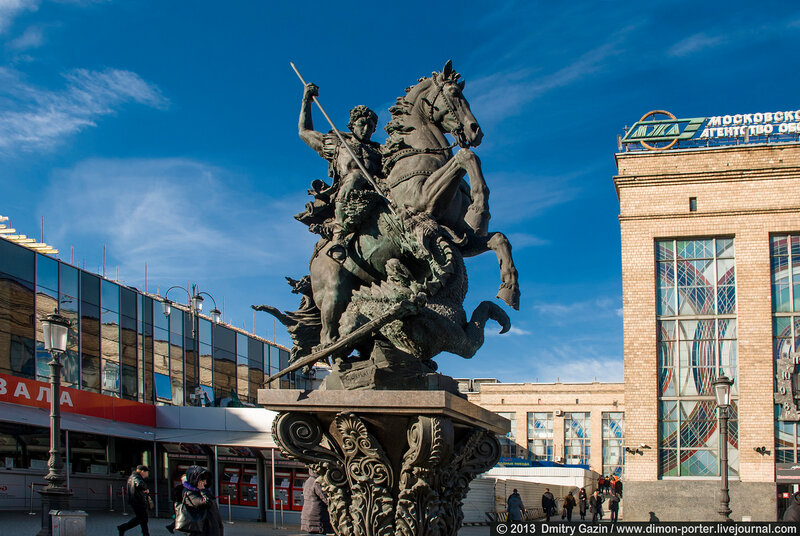

Slovakia, 2010: a ruler of Great Moravia known for his conquests
↑ Back To Table Of Contents ↑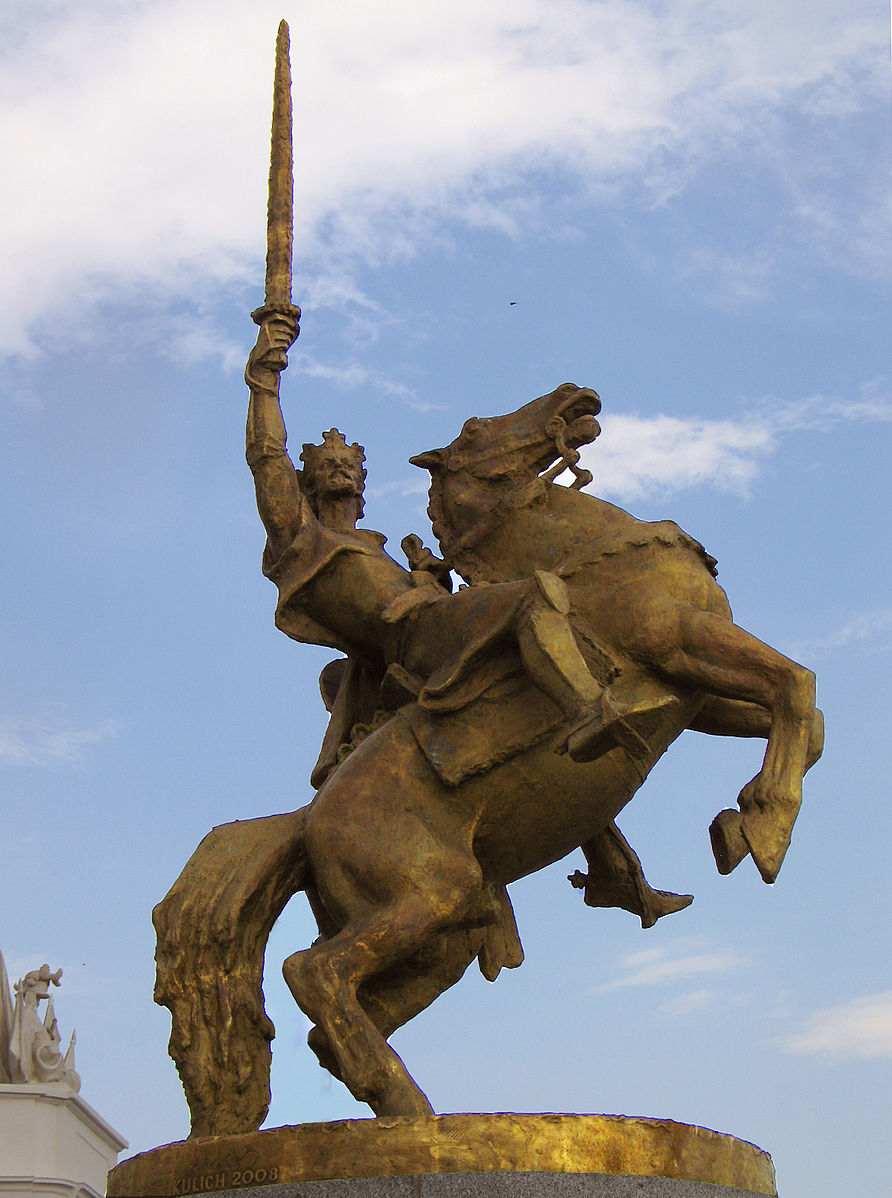
After Svatopluk died in 894, Moravia collapsed in the midst of a power struggle between his sons and the intensifying Magyar (Hungarian) raids, and was finally destroyed by their attack in 906.
Slovakia consider Svatopluk their natinal hero, even though its territory being only one of several parts of his state, and the location of Svatopluk’s capital being not known (could have been either in present-day Serbia or in present-day Slovakia or in present-day Czech Republic).
Macedonia, 2011: the biggest horsemen in the world to date
↑ Back To Table Of Contents ↑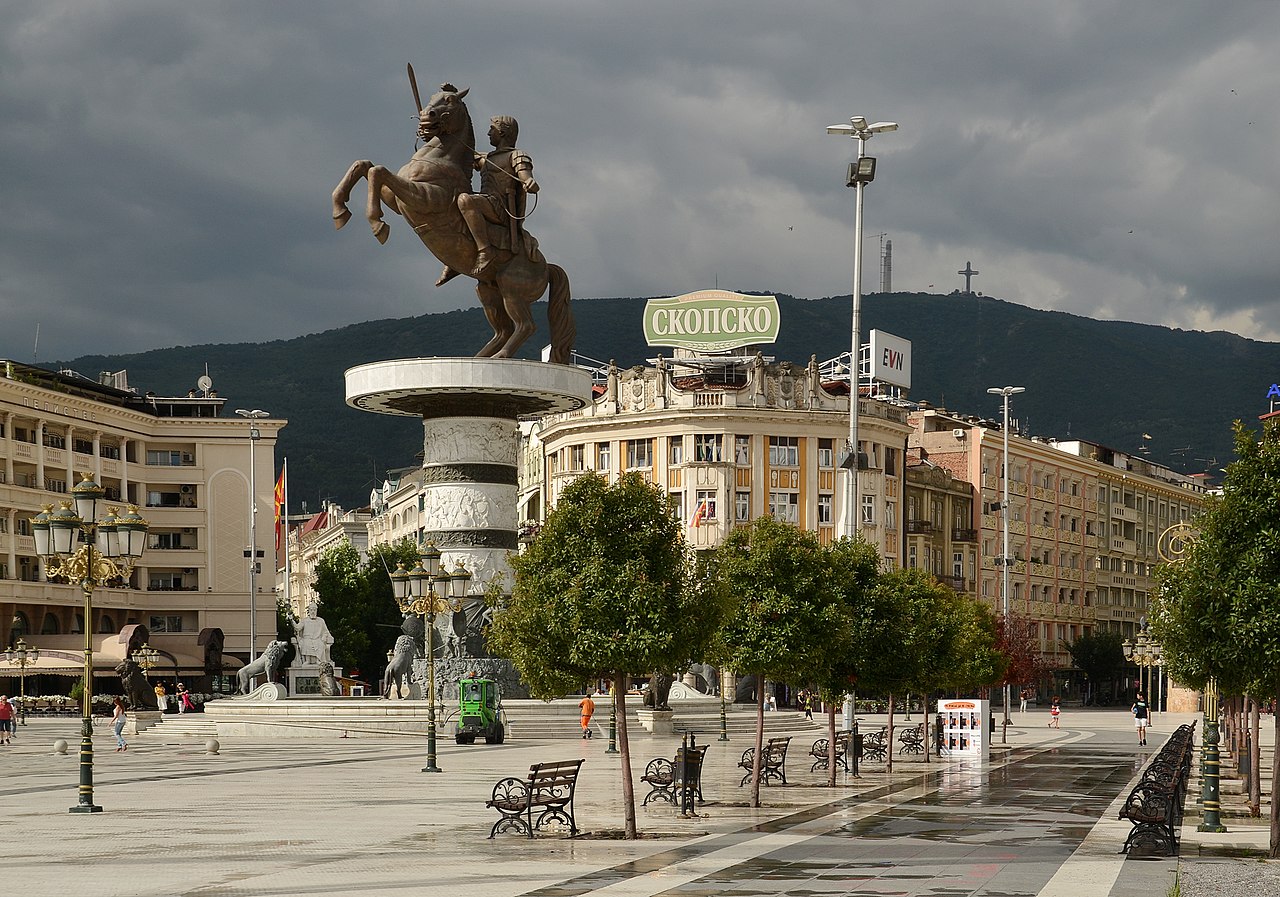
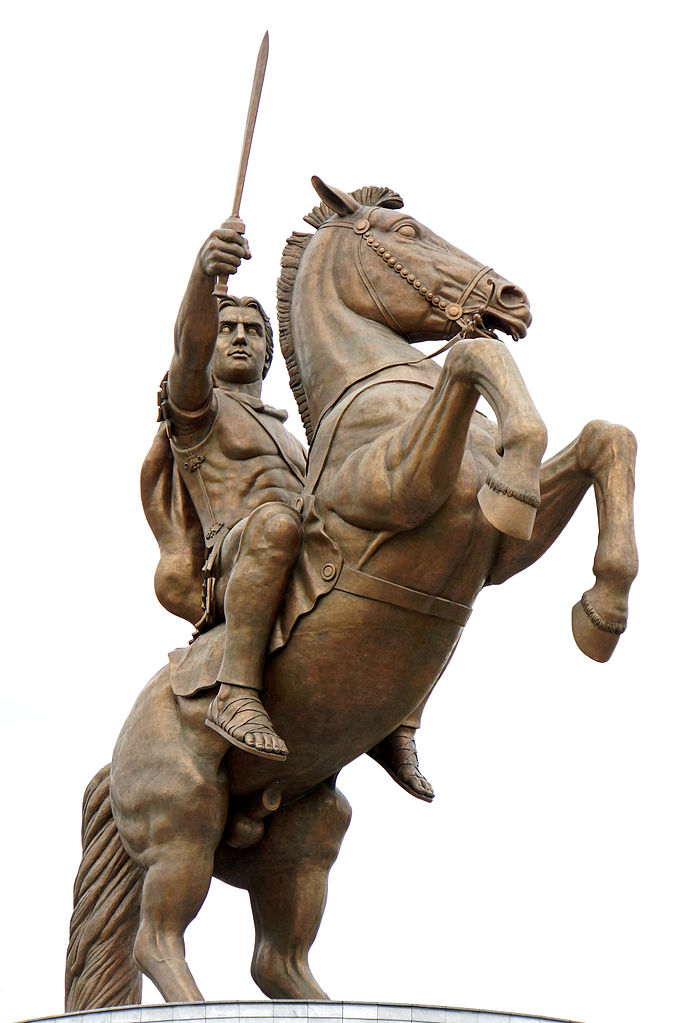

The project was seen as political in nature and as a nation-building endeavour, as it tried to impose a new revisionist narrative of the Macedonian history, promoting a Macedonian identity with unbroken continuity from the antiquity over the Middle Ages to the modern times.
The main symbol of the Skopje 2014 project is the Warrior on a Horse statue and fountain in the centre of Macedonia Square. It is typically thought to depict Alexander the Great, though it is not officially named for him. “Alexander” was officially completed on September 8, 2011, to commemorate 20 years of the independence of the Republic of Macedonia. It is 14.5 metres tall and it sits on a cylindrical column, which itself is 10 metres in height. The column stands in a fountain. The monument also plays music.
Horsemen in Africa in the 20th century
↑ Back To Table Of Contents ↑Ethiopia: commemoration of the Battle of Adwa (1896) that ensured Ethiopia’s indepenence
↑ Back To Table Of Contents ↑
The son of Menelik II, Haile Selassie, has commissioned the monument to commemorate his father, which was typical in Europe in the preceding centuries.
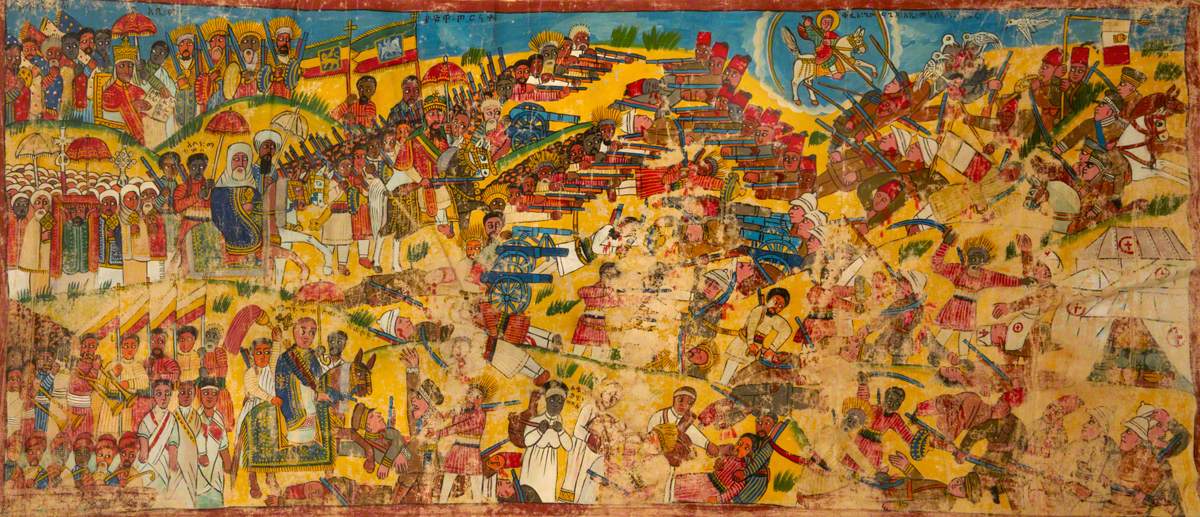
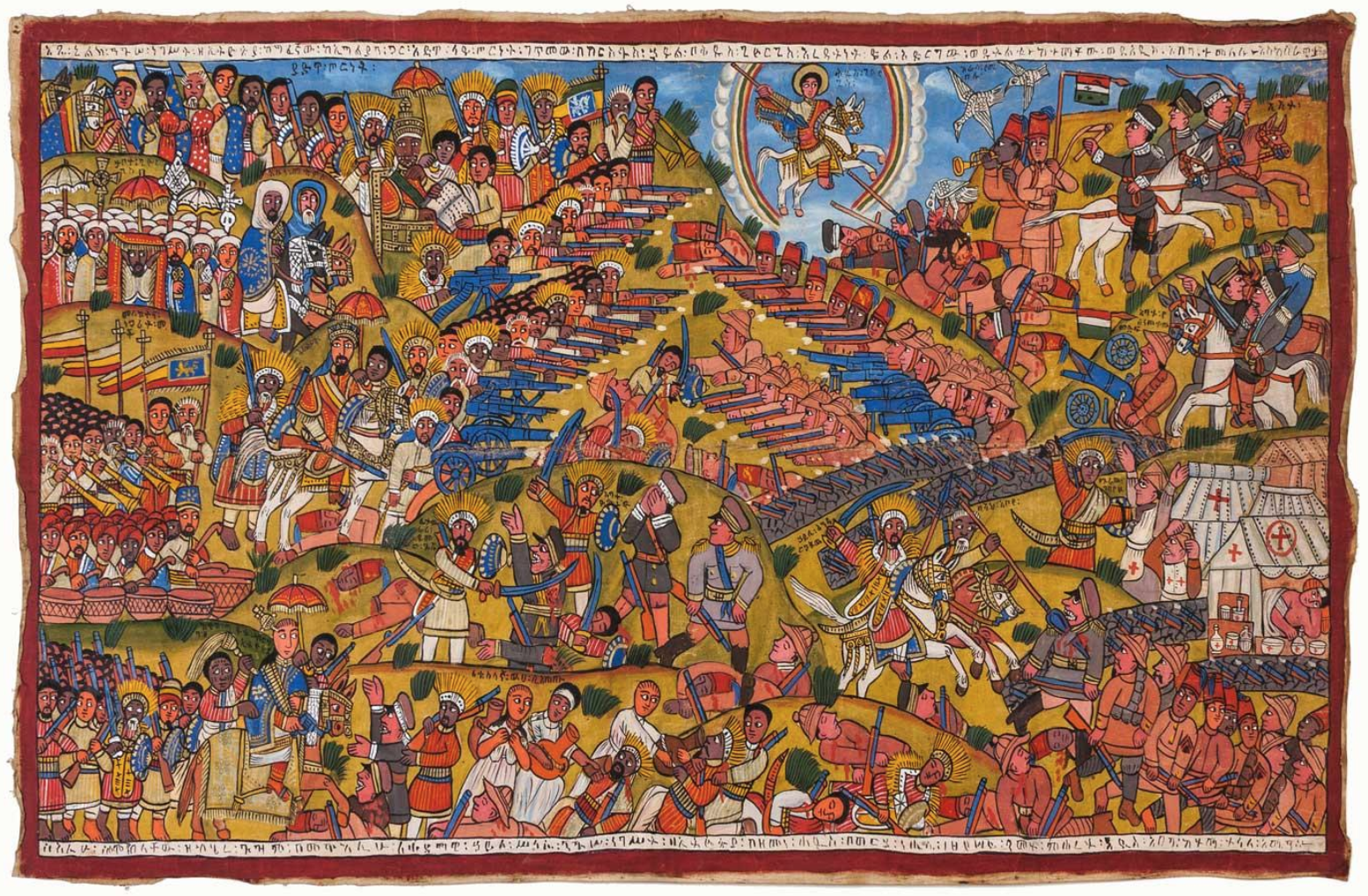
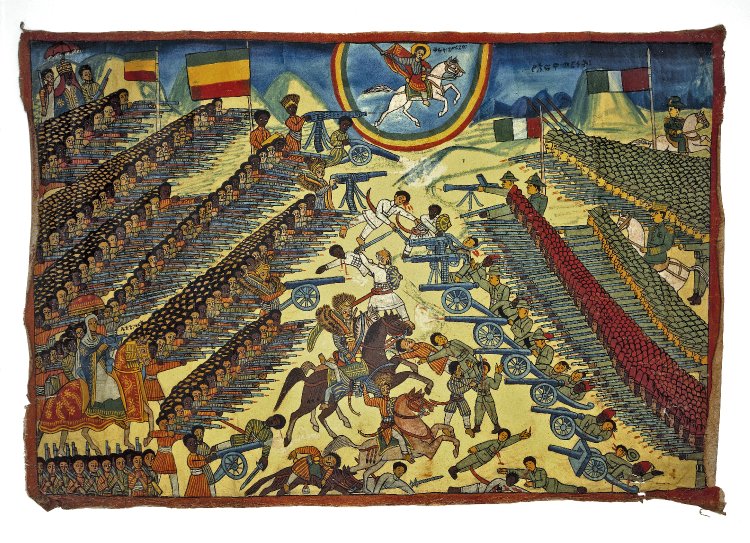

South Africa, 1954: leader of the Boers who fought against Englishmen
↑ Back To Table Of Contents ↑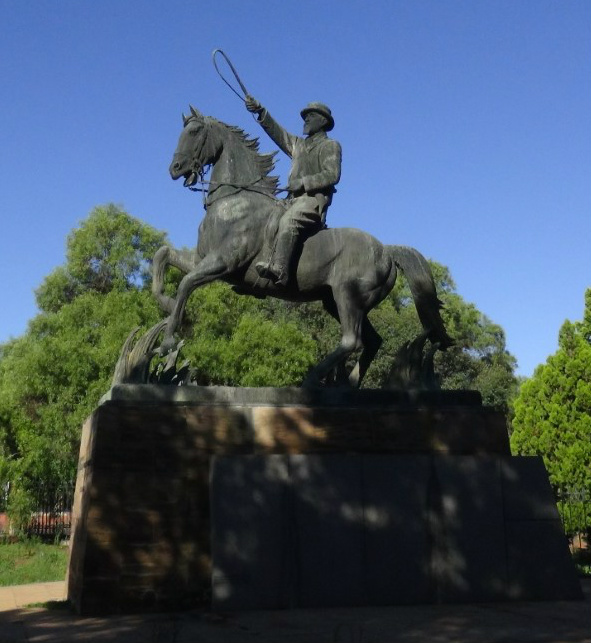
However, later developments, including the discovery of diamonds and gold in these states, led to the Second Boer War (1899 – 1902). De Wet and his three sons were called up as ordinary private burghers without any rank. In 1900 he was appointed Commander-in-Chief of the Free State forces. He came to be regarded as the most formidable leader of the Boers in their guerrilla warfare.
In this war, the Transvaal and Orange Free State were defeated by the overwhelmingly larger British forces and annexed into a new British colony, the Union of South Africa, on 31 May 1902.
De Wet was one of the leaders of the Maritz Rebellion which broke out in 1914. He was defeated on 12 November 1914, and taken prisoner later that year. He was sentenced to a term of six years imprisonment, with a fine of £2000. He was released after one year’s imprisonment, after giving a written promise to take no further part in politics.
A Horseman in Australia in the 20th century: William Romaine Govett, 1976
↑ Back To Table Of Contents ↑
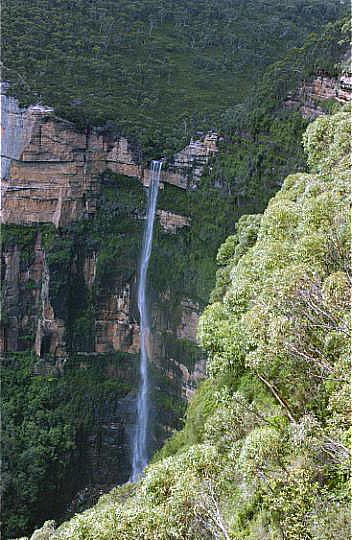
The only exception is the monument that commemorates William Romaine Govett (1807 – 1848), who, while working as an assistant surveyor in New South Wales, has discovered a bridalveil waterfall with a drop of about 180 metres. Subsequently, this waterfall was named Govetts Leap Falls.
The sculpture of William Romaine Govett was designed by an award-winning Australian artist Arthur Murch in 1976.
Horsemen in Asia in the 20th – 21st centuries
↑ Back To Table Of Contents ↑Turkey since 1932: Atatürk and Sultan Alp Arslan, national leaders who fought against European invadors
↑ Back To Table Of Contents ↑
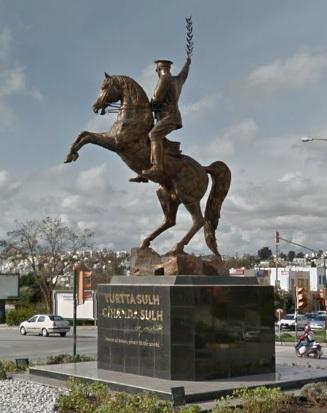

Subsequently, he founded the Republic of Turkey and served as its first President from 1923 until his death in 1938. His leadership undertook sweeping progressive reforms, which modernized Turkey into a secular, industrial nation-state.
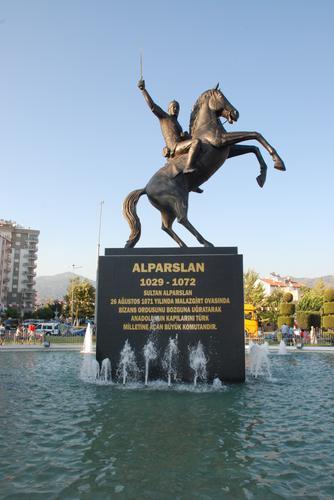
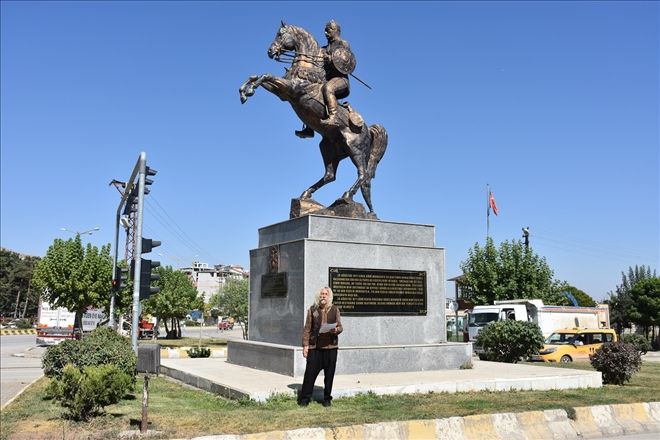
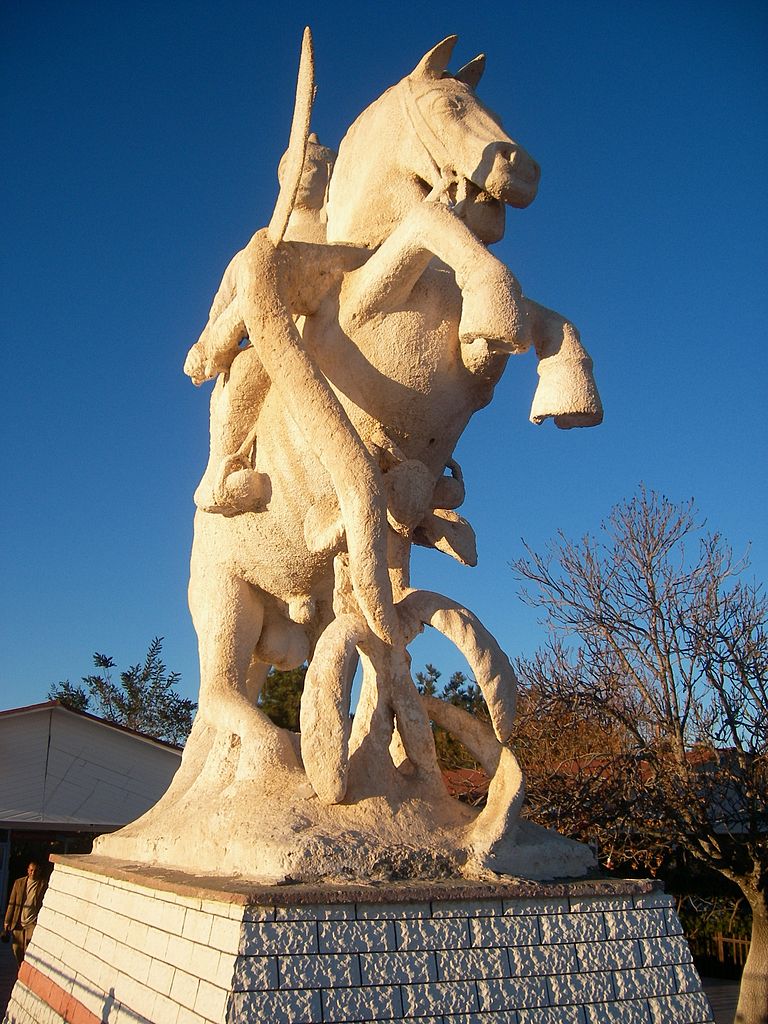
Sultan Alp Arslan seem to be a personal hero of the Turkish President Recep Tayyip Erdoğan (b. 1954). The statue of Alp Arslan in Aydın is currently the second-highest statue of a horseman on a rearing horse in the world: the statue is 10 meters high without its pedestal, and 15 meters high with the pedestal.
Belek Ghazi was a Turkish bey in the early 12th century. His many victories in the wars against Byzantine empire and crusaders, as well as the capture of Baldwin II of Jerusalem, the king of Jerusalem, gained Belek fame both in Muslim countries and in Europe.
Iran after 1945: monuments to two rulers who built empires
↑ Back To Table Of Contents ↑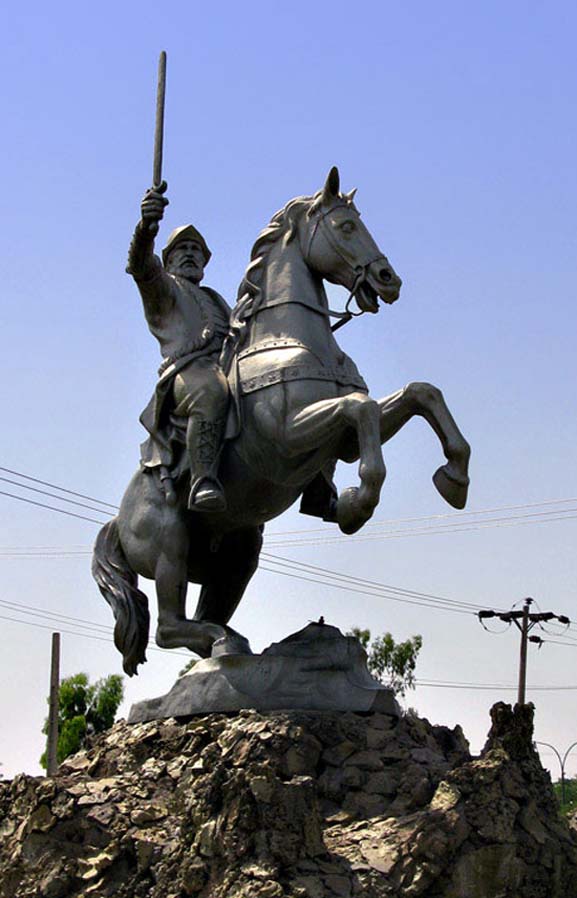
Ya'qūb ibn al-Layth al-Saffār (840 – 879), a Persian coppersmith, was the founder of the Saffarid dynasty, with its capital at Zaranj (a city now in south-western Afghanistan). Under his military leadership, he conquered much of the eastern portions of the Greater Iran consisting of modern-day Iran, Afghanistan, Turkmenistan, Uzbekistan, Tajikistan as well as portions of western Pakistan and a small part of Iraq.
It was during Ya’qub’s rule that Persian was introduced as an official language, and Ya’qub reportedly did not know Arabic. Ya’qub has been accorded the historical status of a popular folk hero since his court began the revitalization of the Persian language after two centuries in which the Arabic language flourished in Persian lands.
Many sources claim that he lived a very poor life, and it is mentioned that he sometimes ate bread and onions due to poverty.
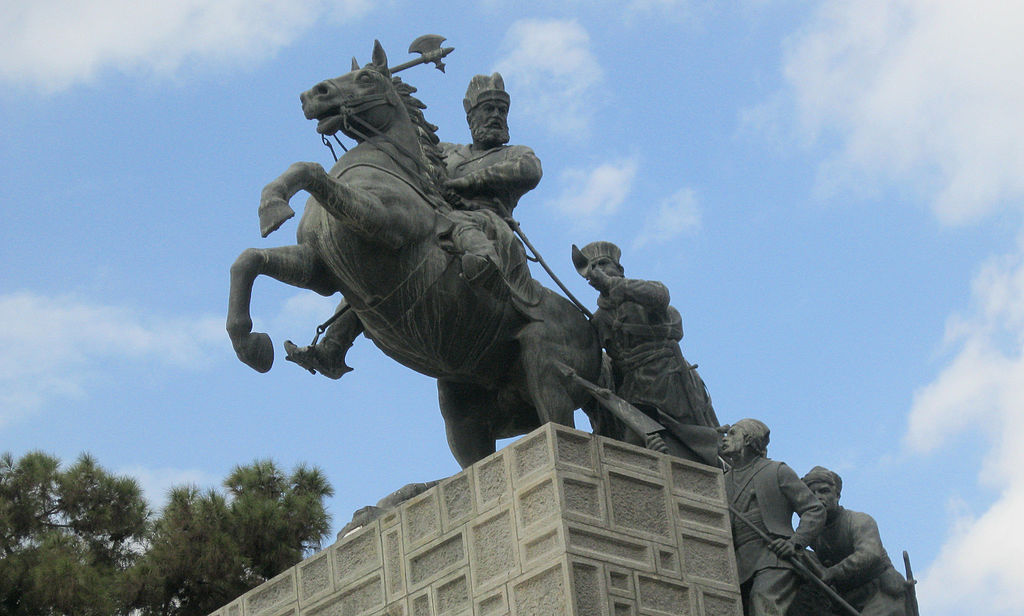
Japan After 1945: Monuments to medieval army commanders
↑ Back To Table Of Contents ↑A number of statues of the horsemen on rearing horses have appeared in Japan over the last few years. They all depict the ancient historical figures. The statue of Minamoto no Yoshitsune in Komatsushima, Tokushima is the tallest in Japan: its height is 6.7 metres.
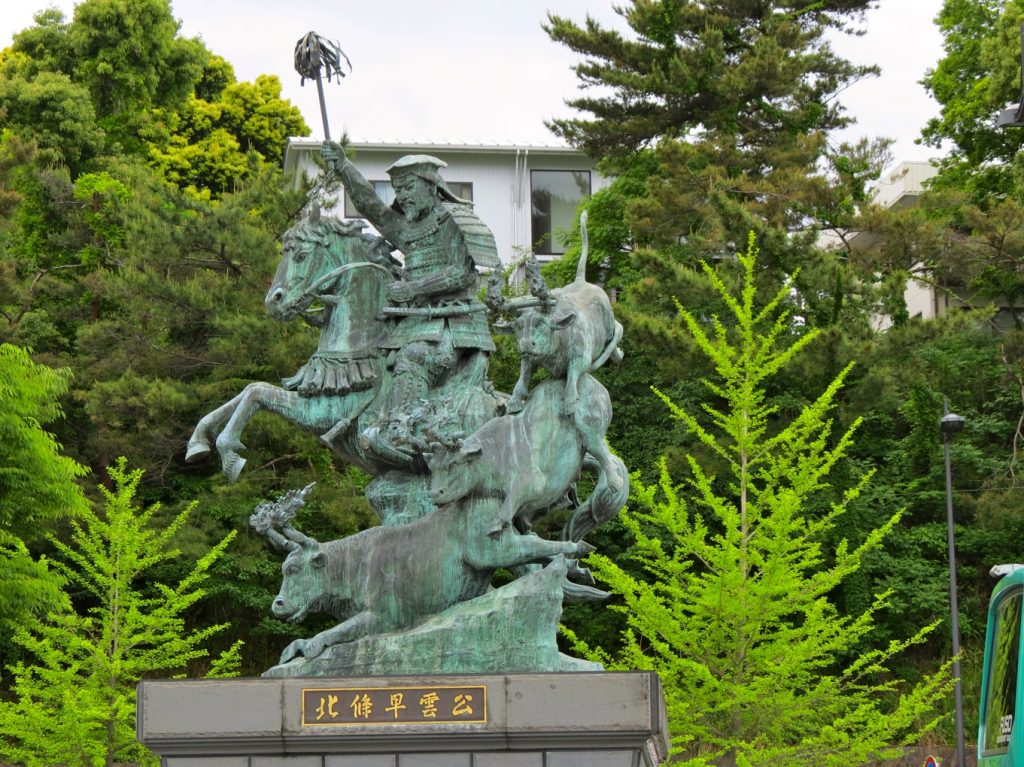

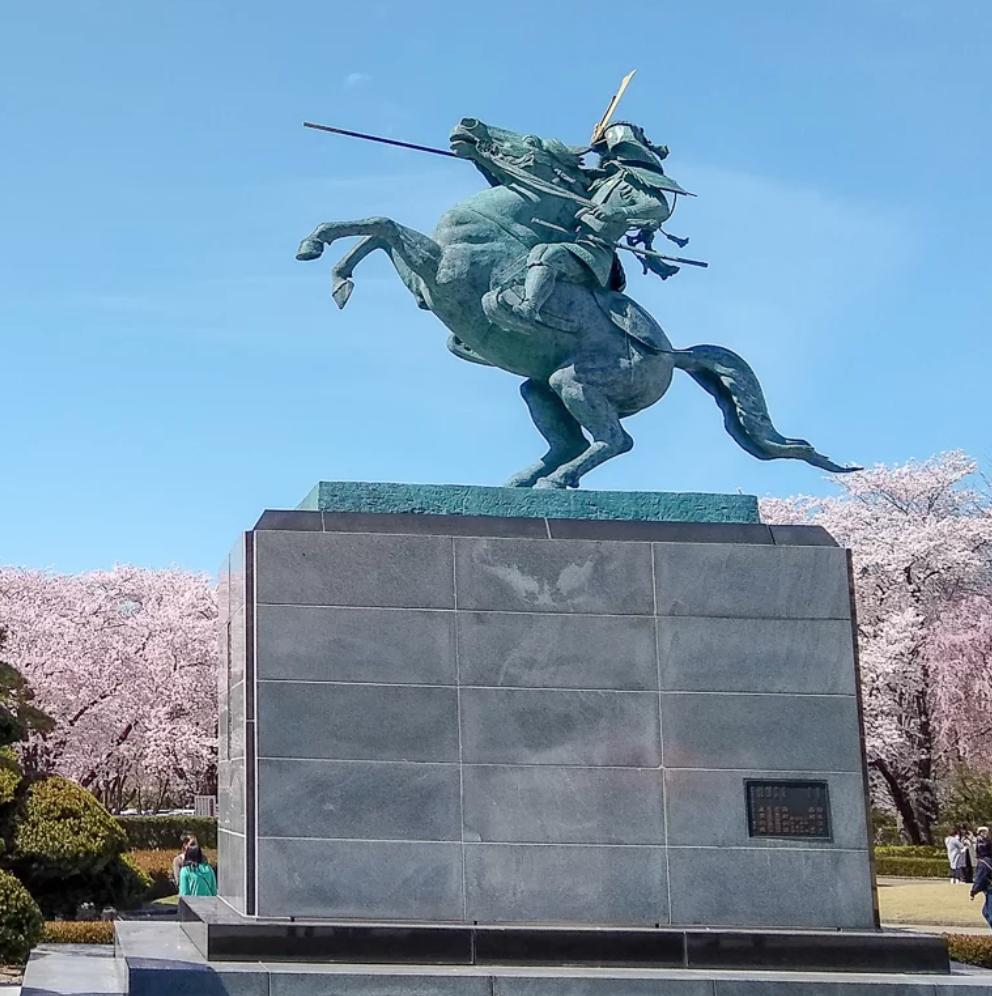

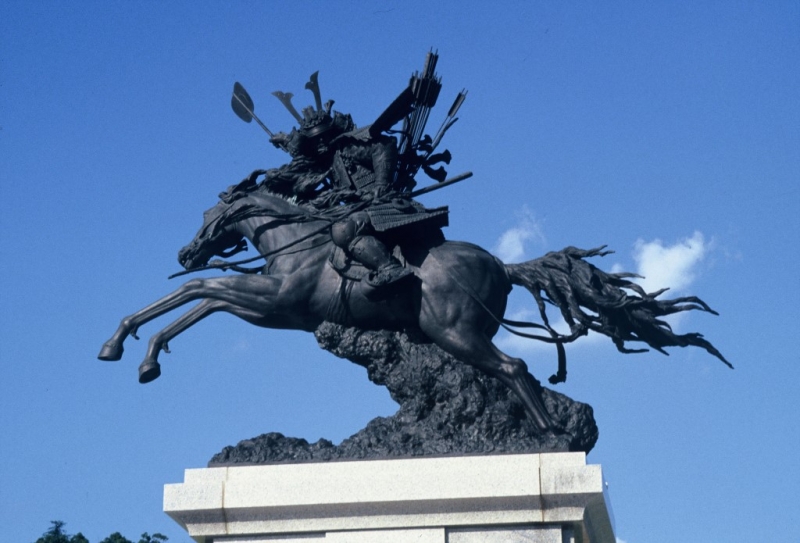
Philippines, 1971: a woman Who Fought For the Independence from Spain in the 18th century
↑ Back To Table Of Contents ↑Gabriela Silang (1731 – 1763) was a Filipina revolutionary leader best known as the first female leader of an Ilocano movement for independence from Spain. She took over the reins of her husband Diego Silang‘s revolutionary movement after his assassination in 1763, leading the Ilocano rebel movement for four months before she was captured and executed by the colonial government of the Spanish East Indies.
Gabriela became a true national hero and a role model. In addition to the ‘official’ art, there are many popular art drawings that feature her on a rearing horse.



China, after 1976: a Chinese peasant rebel who was an emperor for a month
↑ Back To Table Of Contents ↑
By that time, ruling Ming dynasty had become weak financially, and struggled to deal with famine resulted from drought and widespread disease (smallpox and possibly the plague) that afflicted peasant populations. These factors have led to major peasant uprisings across Northern China beginning in 1628, with the Shaanxi province as an epicenter of the rebellion.
In 1633, Li joined a rebel army led by Gao Yingxiang. He inherited command of the rebel army after Gao’s death, and won many important battles. In 1642, Li captured Xiangyang and proclaimed himself “King Xinshun”. In April 1644, Li’s rebels sacked the Ming capital of Beijing, and the Chongzhen Emperor committed suicide, which put the end to the Ming dynasty. Li proclaimed himself the Emperor of the Shun dynasty. However, Li’s army was defeated on 27 May 1644 at the Battle of Shanhai Pass by the combined forces of the defecting Ming general Wu Sangui and Prince Dorgon leading the Manchus. The Ming and Manchu forces captured Beijing on June 6 and Fulin ascended to the throne to establish the Shunzhi reign with the Dorgon prince as regent. Li fled to Shaanxi. It is not exactly known how and when he died.
India, 1990s – 2010s: A Warrior-King and Two Queens Who Fought For the Independence from Great Britain
↑ Back To Table Of Contents ↑Two most popular horsemen on rearing horses in modern India are actually horsewomen! Both were the queens (ranis) who fought for the freedom of India against the British East India Company.
Kittur Chennamma (1778 – 1829)
↑ Back To Table Of Contents ↑Kittur Chennamma (1778 – 1829) was an Indian freedom fighter and Rani of the Kittur, a former princely state in South-western India. She led an armed force in 1824 in defiance of the doctrine of lapse in an attempt to maintain Indian control over the region, but was defeated in the third war and died in prison.

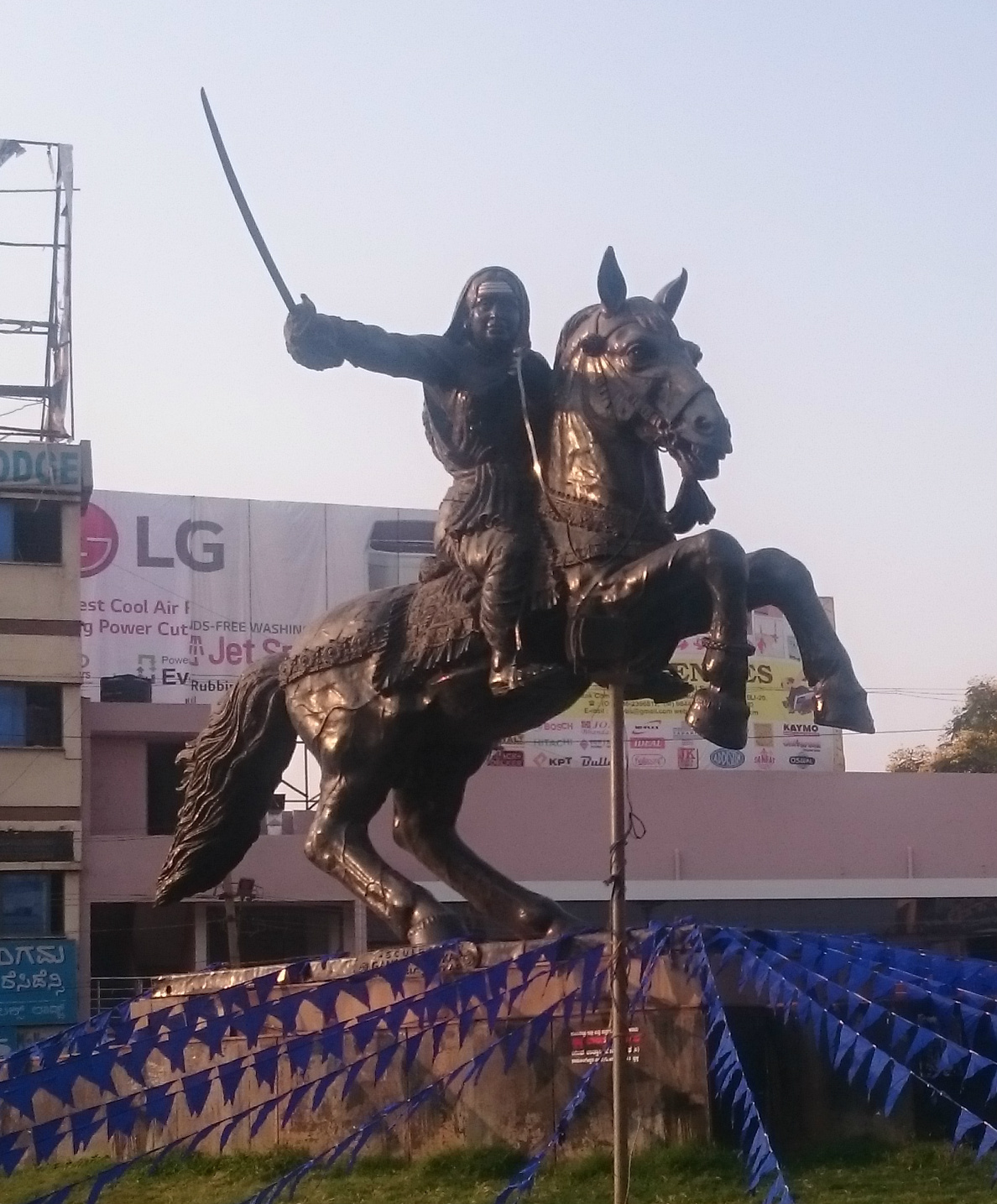
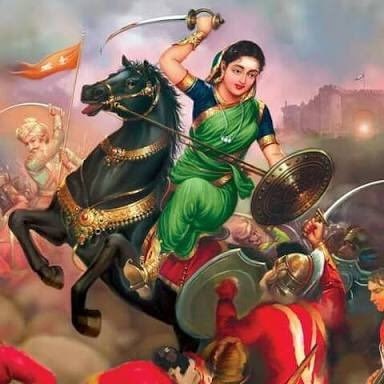
Lakshmibai, the Rani of Jhansi (1828 – 1858)
↑ Back To Table Of Contents ↑Lakshmibai, the Rani of Jhansi (1828 – 1858), was the queen of the princely state of Jhansi in North India. She was one of the leading figures of the Indian Rebellion of 1857. Lakshmibai died in a battle.
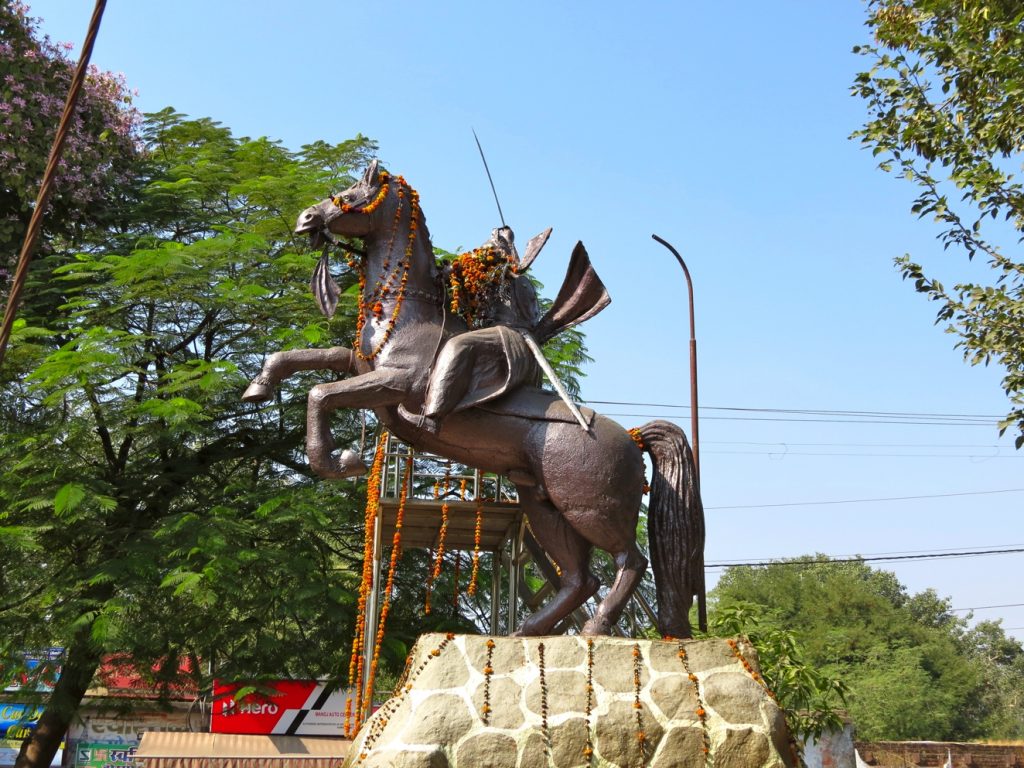




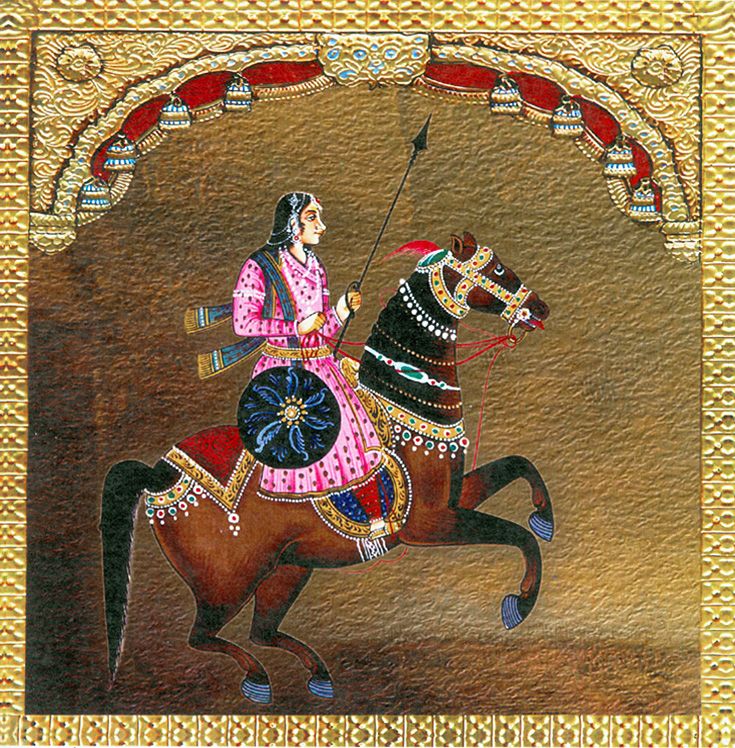
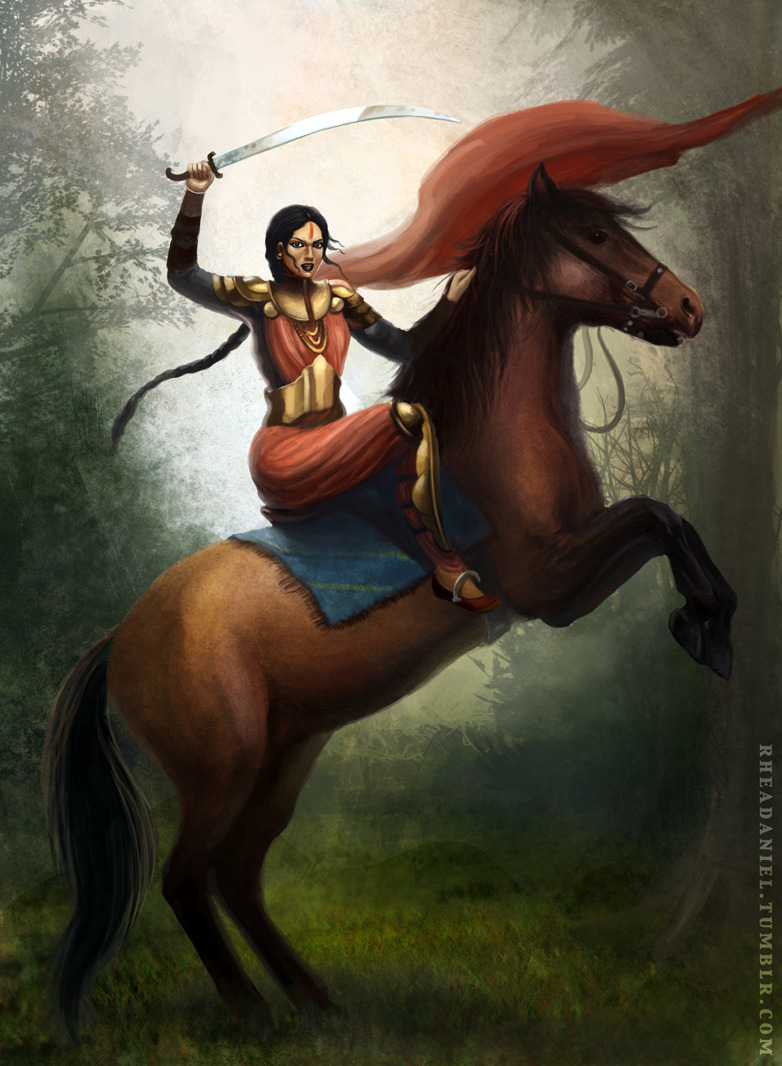

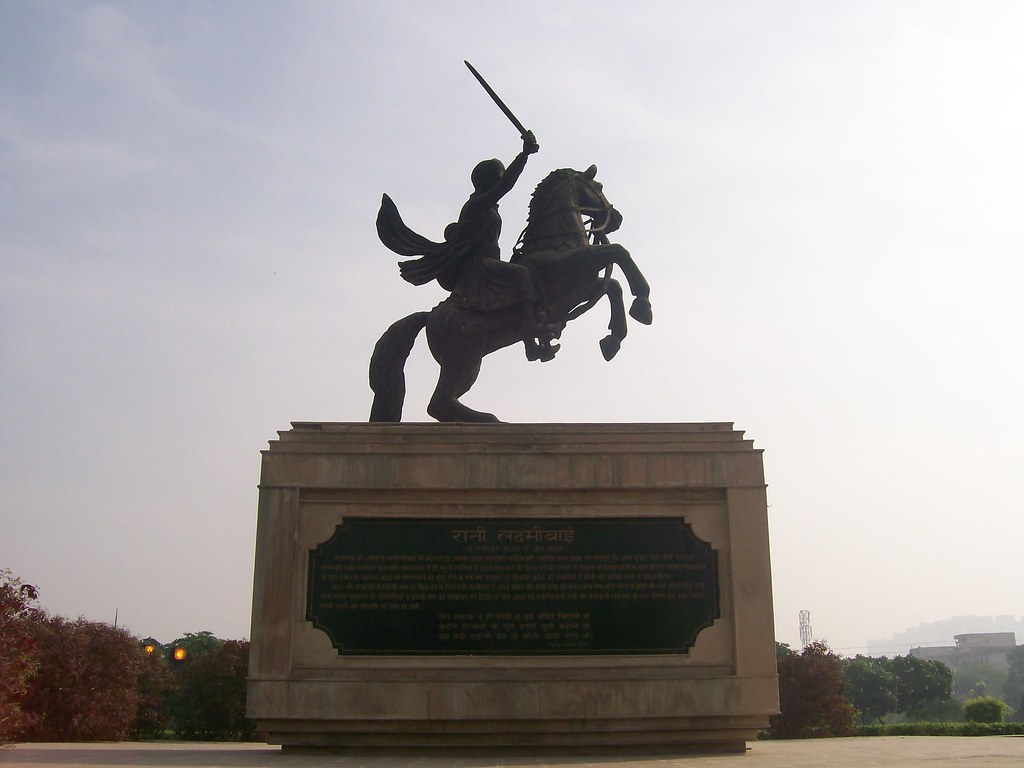
Shivaji (1630 – 1680)
↑ Back To Table Of Contents ↑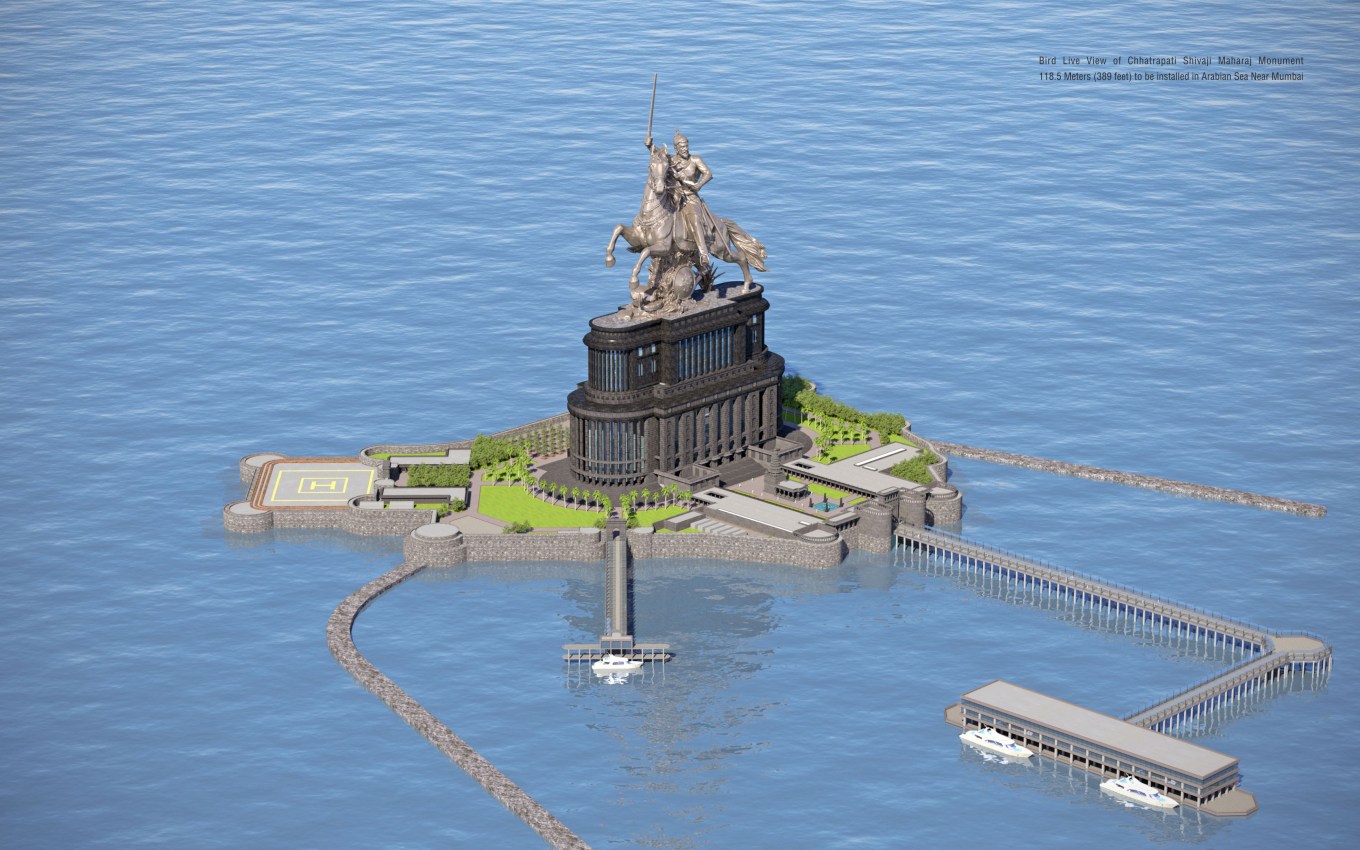
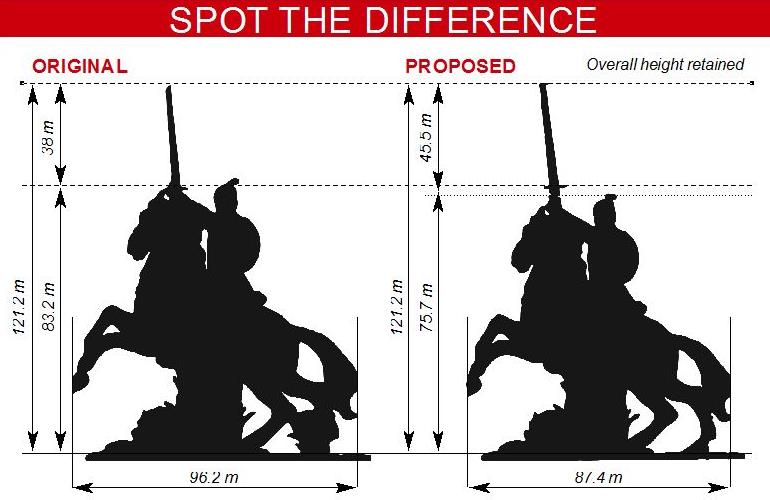
In 2018, in order to cut the costs, the height of the horse and the horseman was reduced, but the total height remained the same because the sword had been made longer.
Father-son duo Ram V. Sutar and Anil Sutar, who are designing and building the statue, told in an interview: “The outside of the statue will be made of bronze and the inside framework will be made of steel and concrete. To finish the work by 2019, we have to employ about 2,000 workers. We have to work 24 hours, every day.”
“Monuments are very important to build the collective conscious of a country. If you look at other countries like China and Russia, you’ll find that they have several such structures. It is usually a place where people can gather at. In a way, monuments are built to keep a particular incident in history or an important person in the memory of a country’s people.”
North Korea, 2012 – 2019, Kim Il-sung, Kim Jong-il and Kim Jong Un
↑ Back To Table Of Contents ↑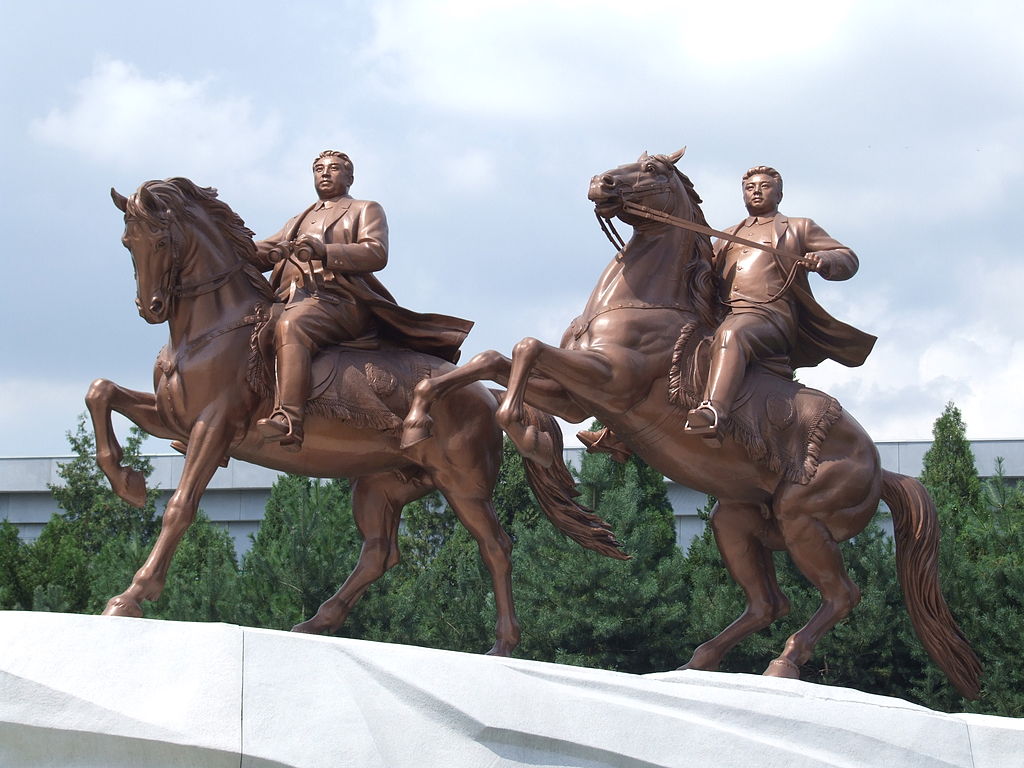

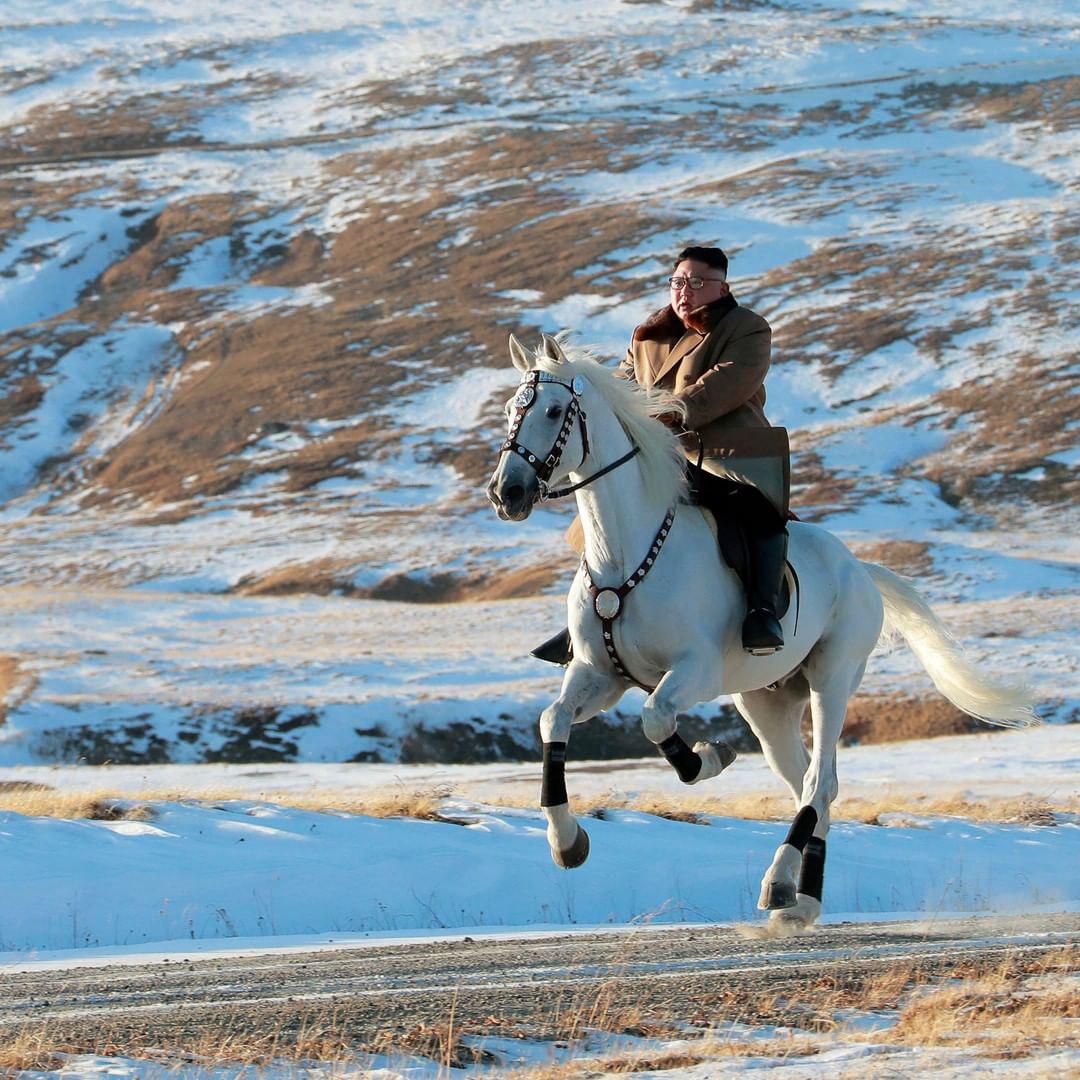
Firstly, it is quite rare to portray exactly two horsemen. We have seen only a handful of double portraits, and this is the second double statue.
Secondly, it is a monument that depicts a horseman on a rearing horse, and it continues the tradition of erecting the equestrian statues to glorify the military achievements of the previous ruler, the father or the relative of the current ruler. We have seen this in 17 century in Savoy (Charles Emmanuel I for Emmanuel Philibert and Charles Emmanuel II for Vittorio Amedeo I), in 18 century in Saxony (Augustus III for Augustus II), in 19 century in Russia (Alexander II of Russia for Nicholas I of Russia), in 20 century in Ethiopia (Haile Selassie for Menelik II)… Then, after nearly a century-long break, we see it in 21 century in North Korea (Kim Jong-il for Kim Il-sung).
Illustrations with riders on rearing horses, the 21st century
↑ Back To Table Of Contents ↑While illustrations might not be “high art”, they are a very good indicator of how the society views itself.
I have identified two large trends that feature horsemen on rearing horses in modern illustrations: political satire and riders on rearing unicorns.
political Satire with riders on rearing horses, 2009 – 2019
↑ Back To Table Of Contents ↑The idea of employing horsemen on rearing horses in political satire is not new. The first such image I am aware of was made in the Netherlands in 1670-80 by Romeyn de Hooghe. It shows the French king Louis XIV, holding out coins, runs after Charles II who holds the sceptre of peace and rides a prancing horse.
Many more caricatures have appeared in the last few years, especially in the United Kingdom and the United States. The most frequently satirized person is the French president Emmanuel Macron. The most frequently used ‘template’ is Jacques-Louis David‘s painting of Napoleon.
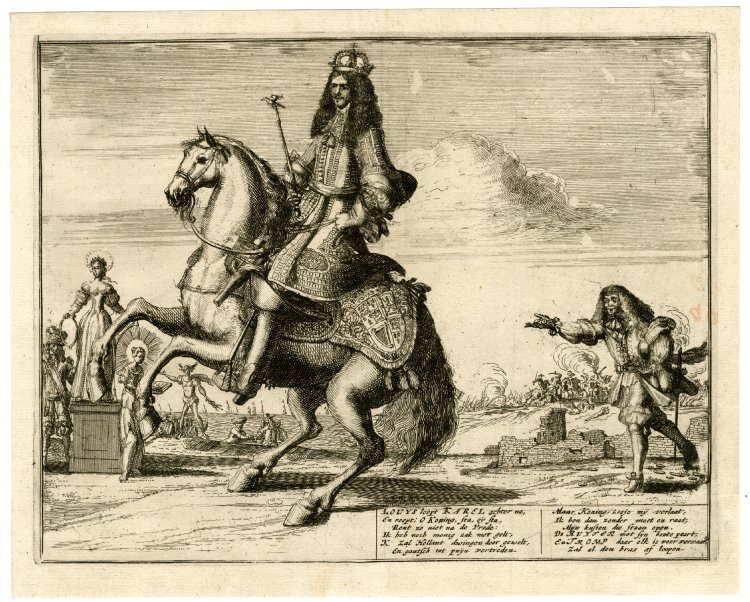

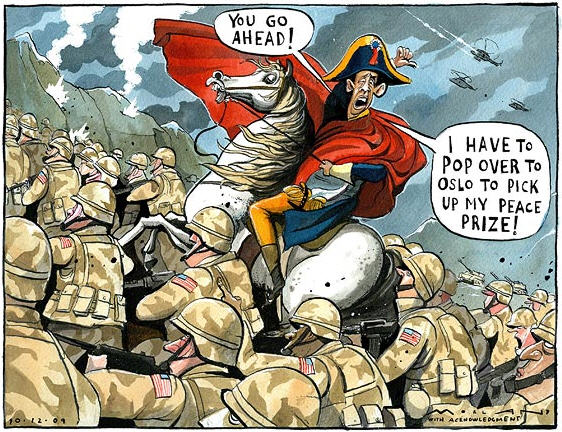


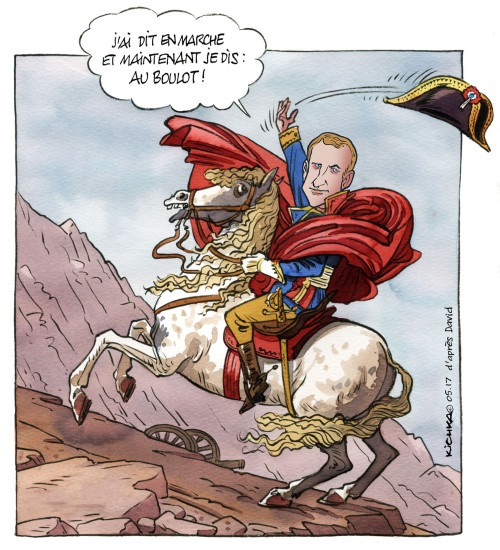

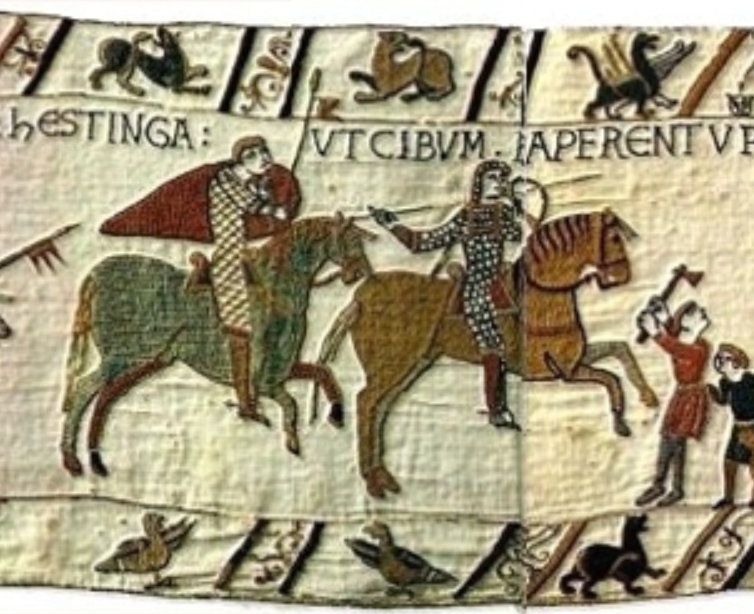
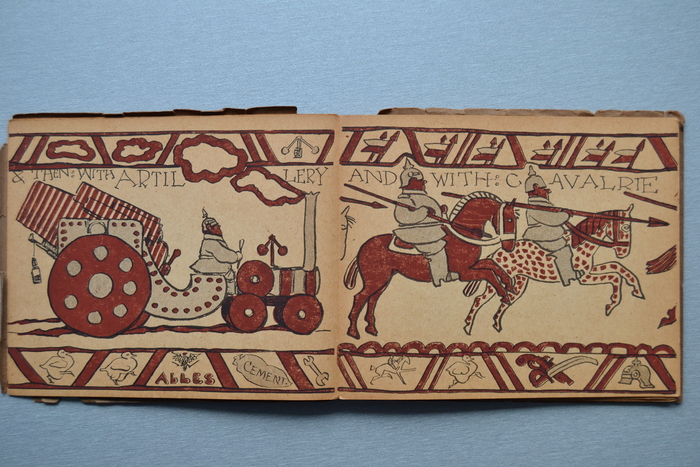

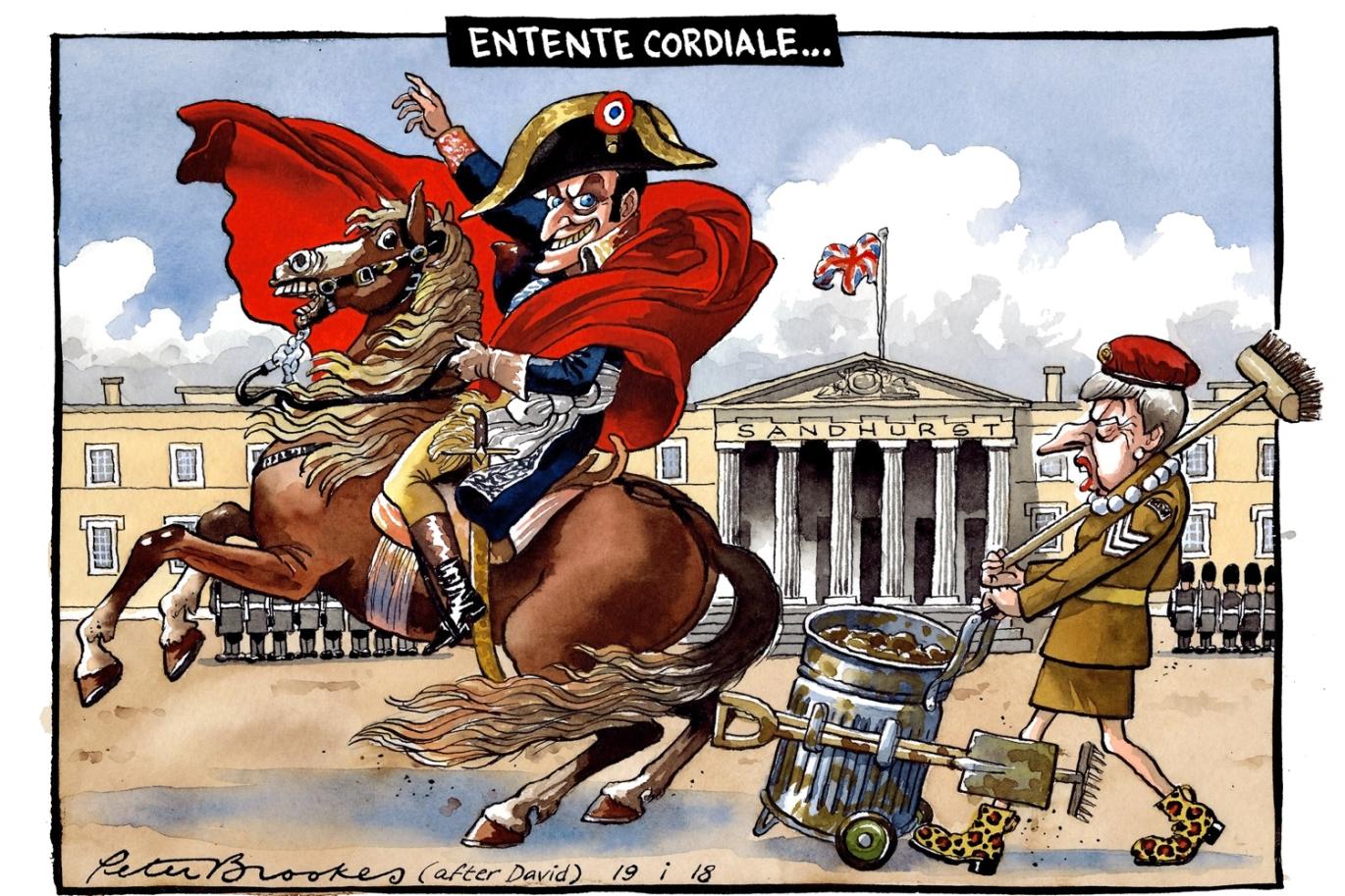
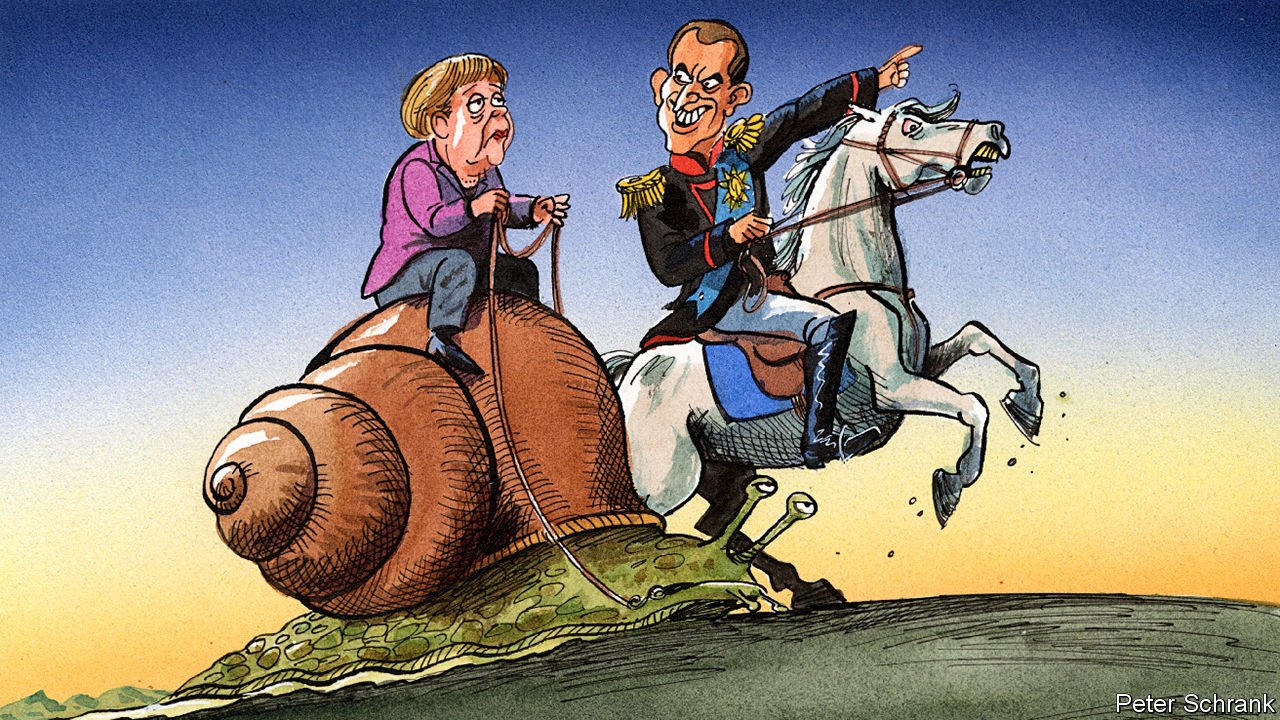

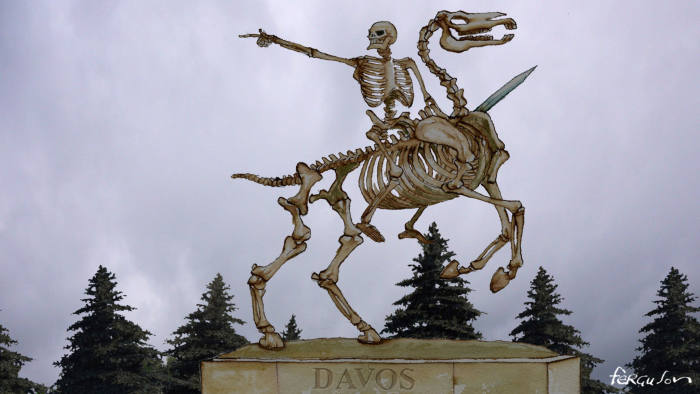
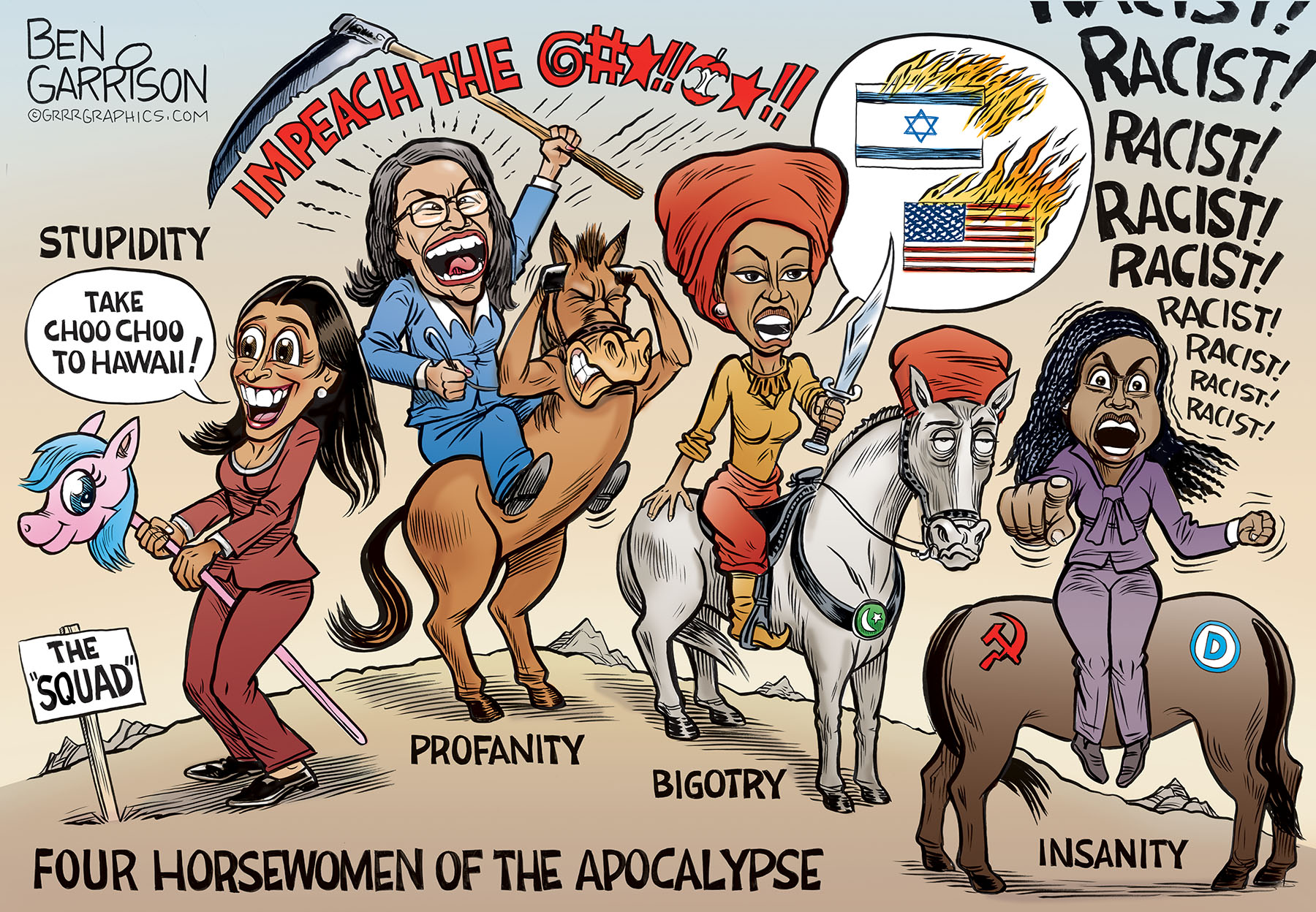
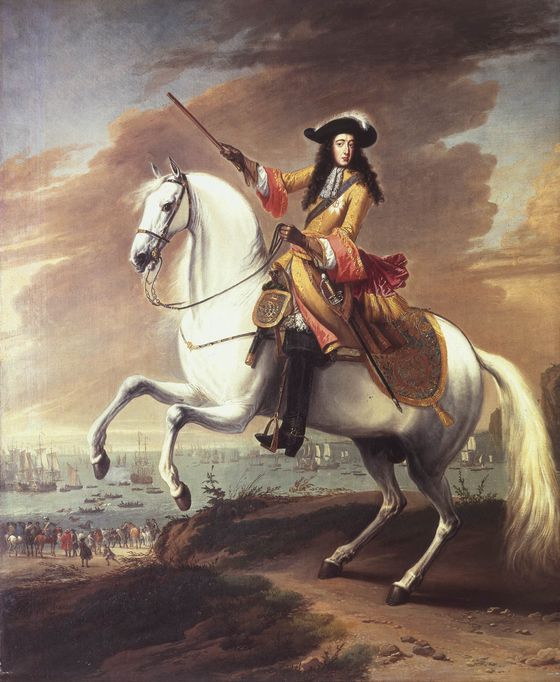
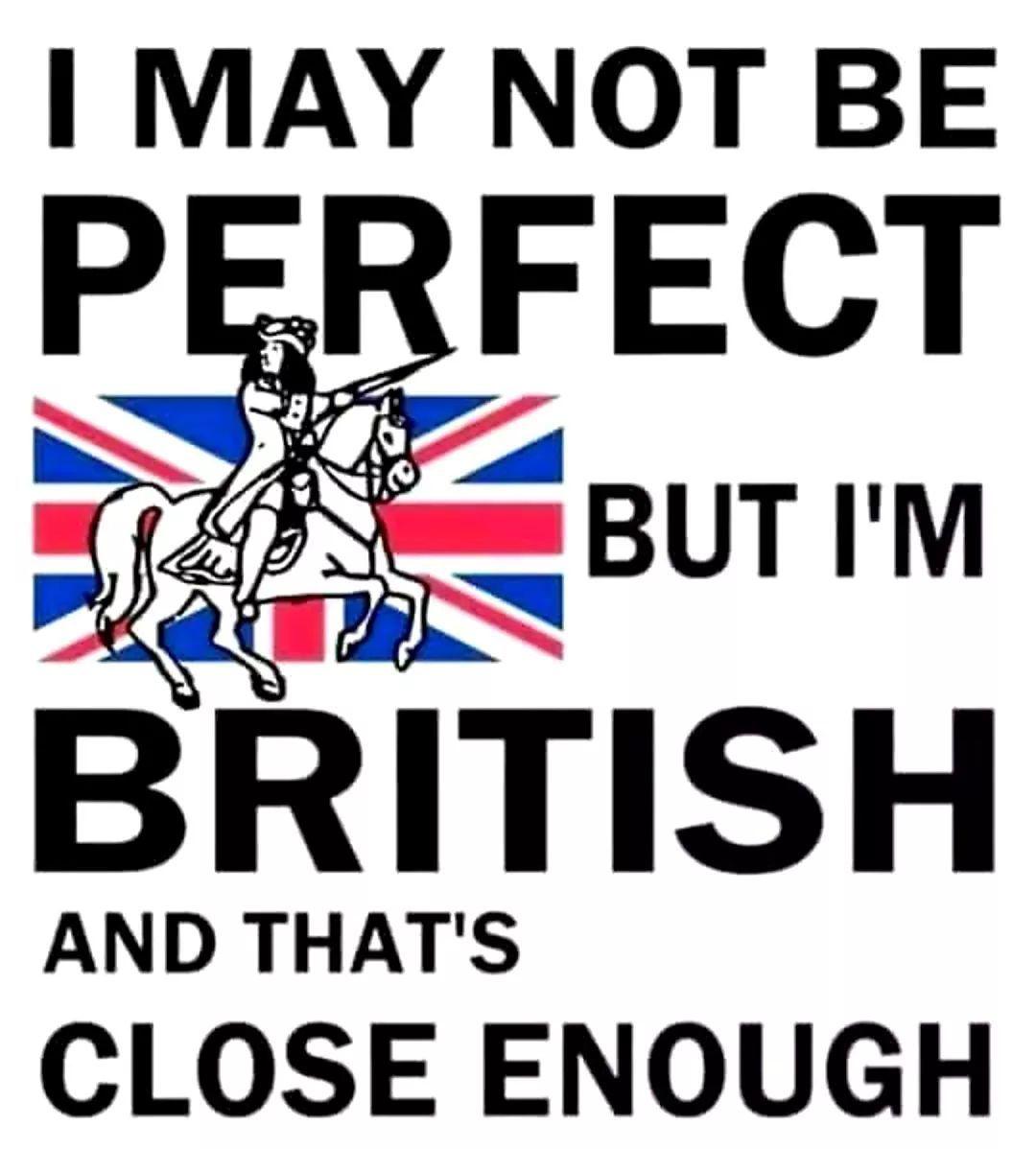
The image on Brexit flyer is most certainly based on one of the portraits of Jan Wyck, a Dutch painter who has produced many equestrian portraits of William III of England.
Riders on rearing unicorns, the 21st century
↑ Back To Table Of Contents ↑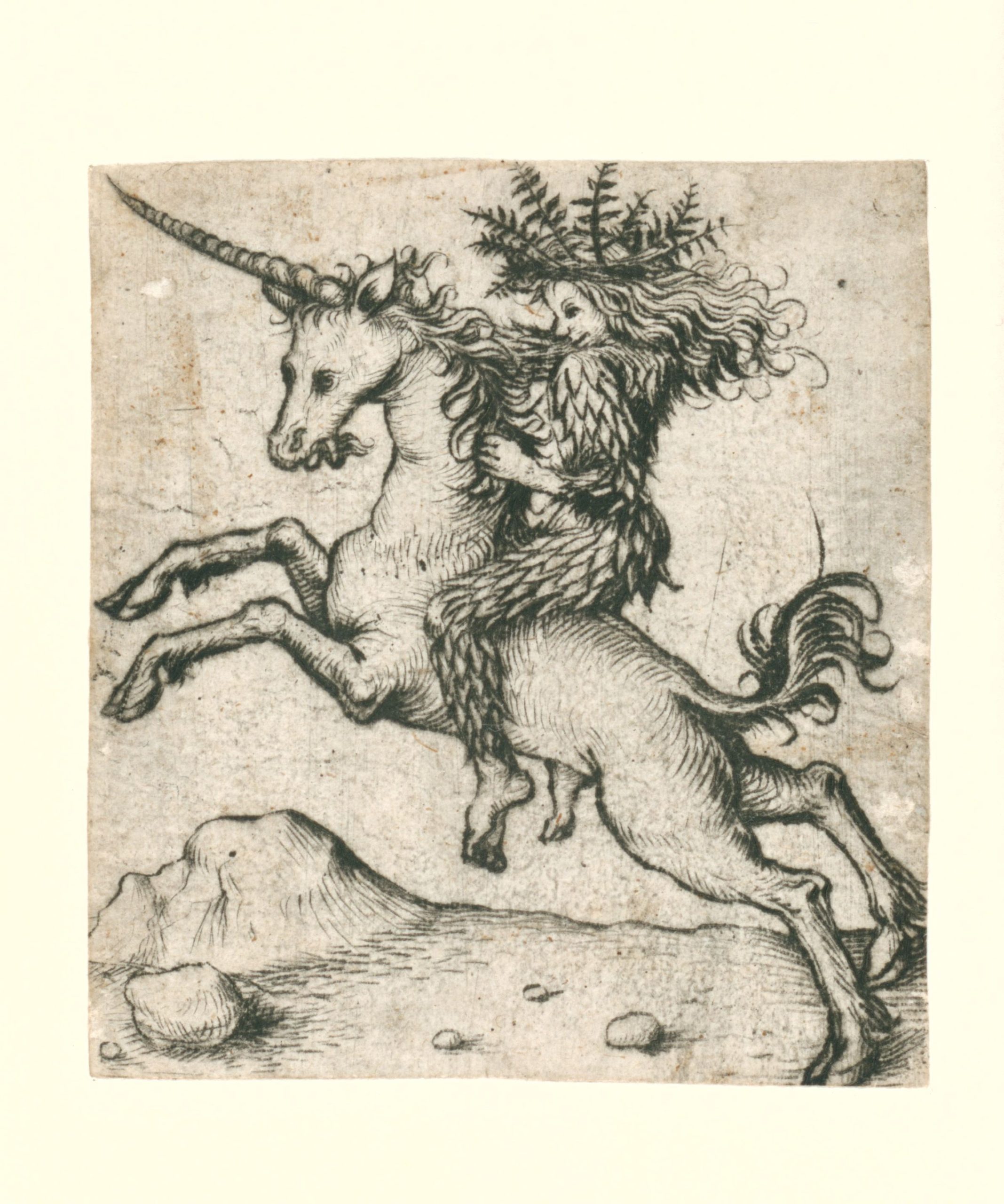
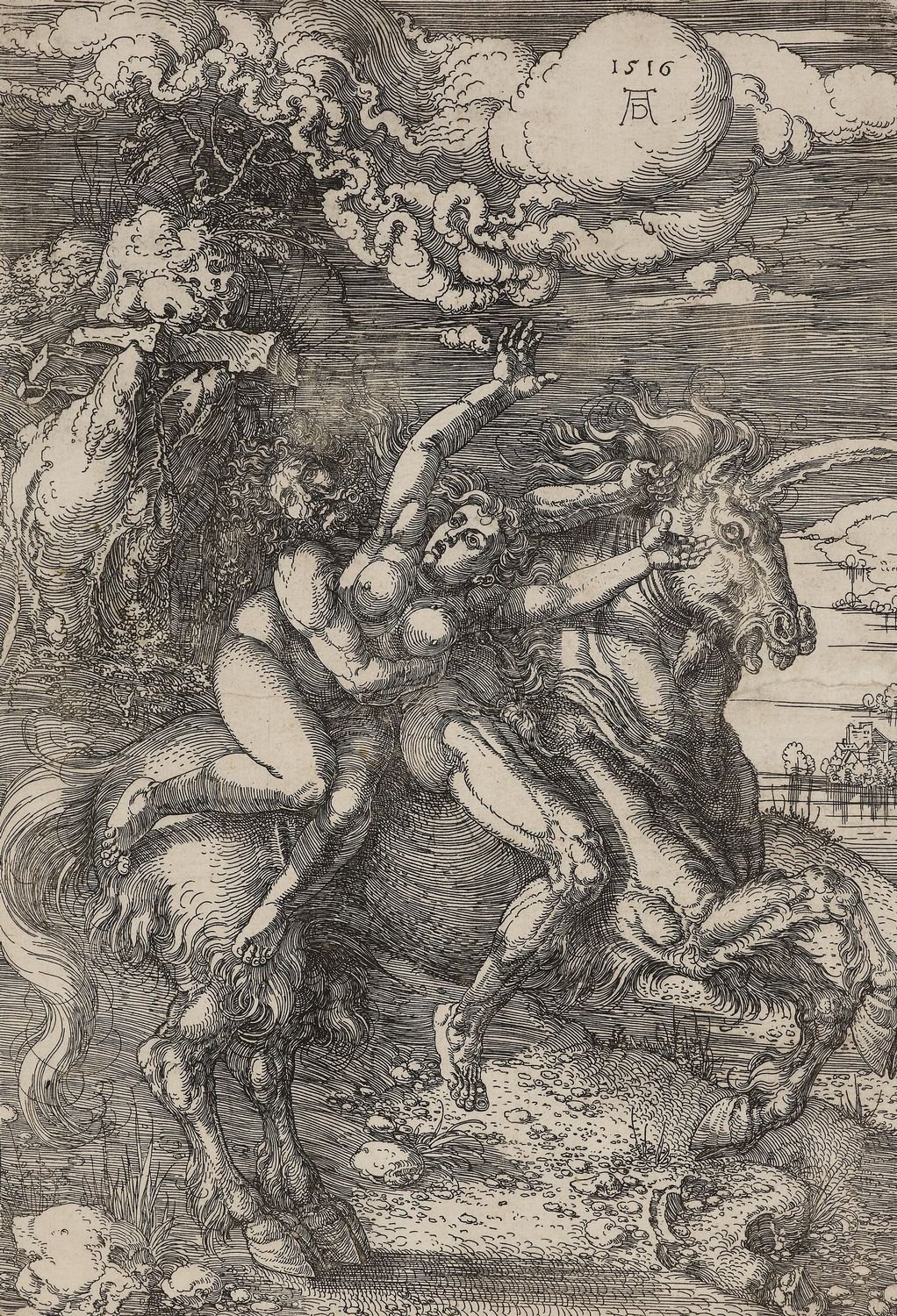
Interestingly, in the recent years we see a lot of different illustrations featuring riders on rearing unicorns. Most modern unicorns look like horses except their corns. There seem to be many more riders on rearing unicorns than riders on rearing horses in the illustrations space in the 21st century!
We see them on business-themed illustrations. This can be explained because recently the word 'unicorn' became a financial term. In 2013 venture capitalist Aileen Lee chose the mythical animal to represent a privately held startup company valued at over $1 billion, thus highlighting the statistical rarity of such successful ventures.
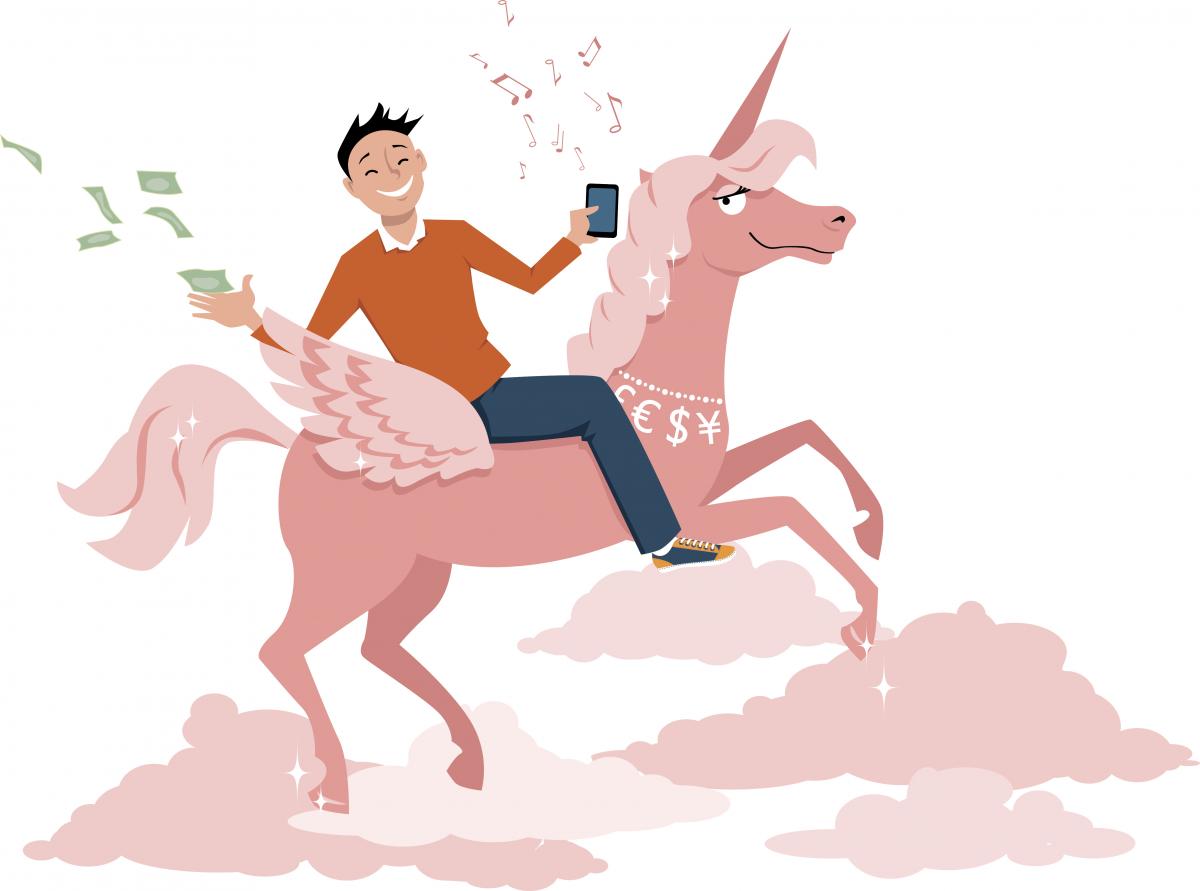
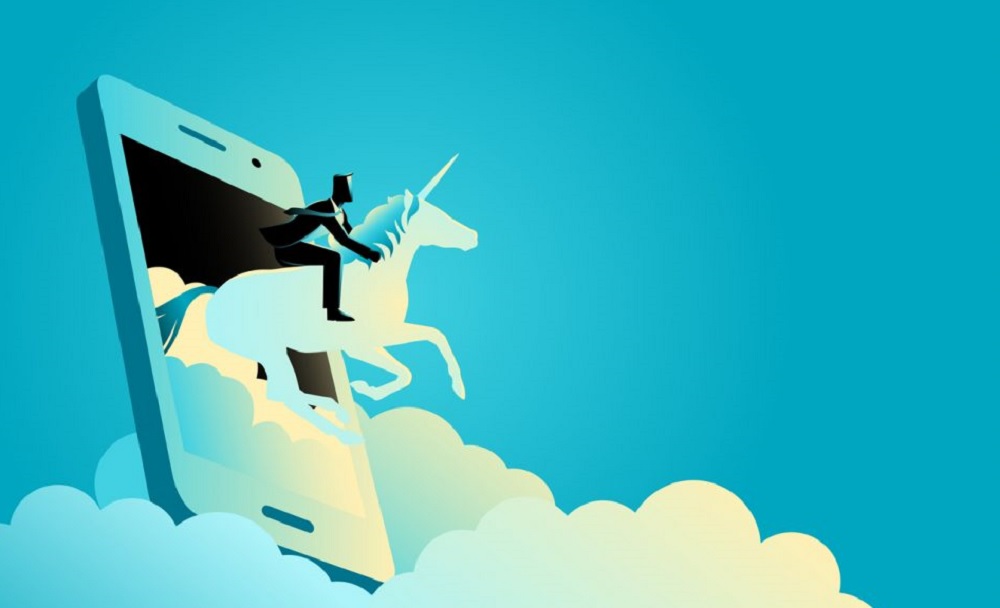
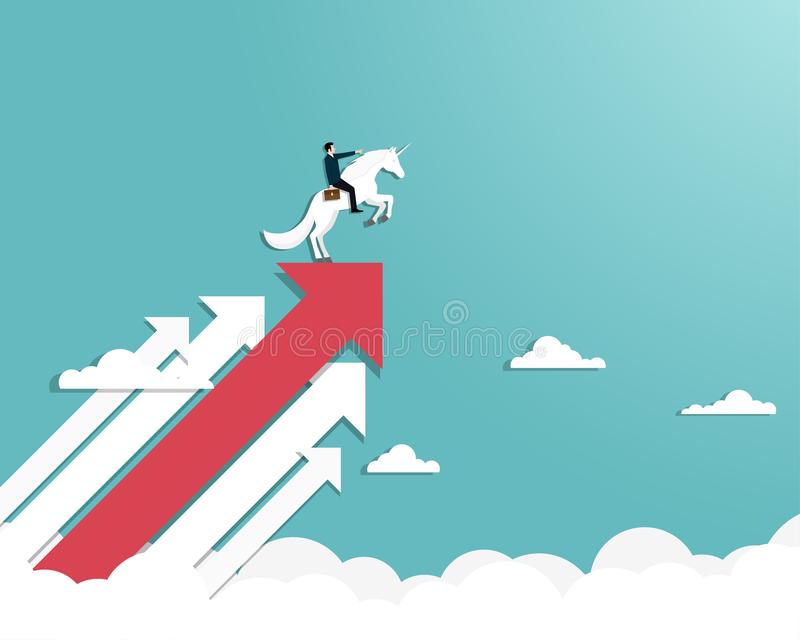
The appearance of other unicorns is a bit more difficult to explain.
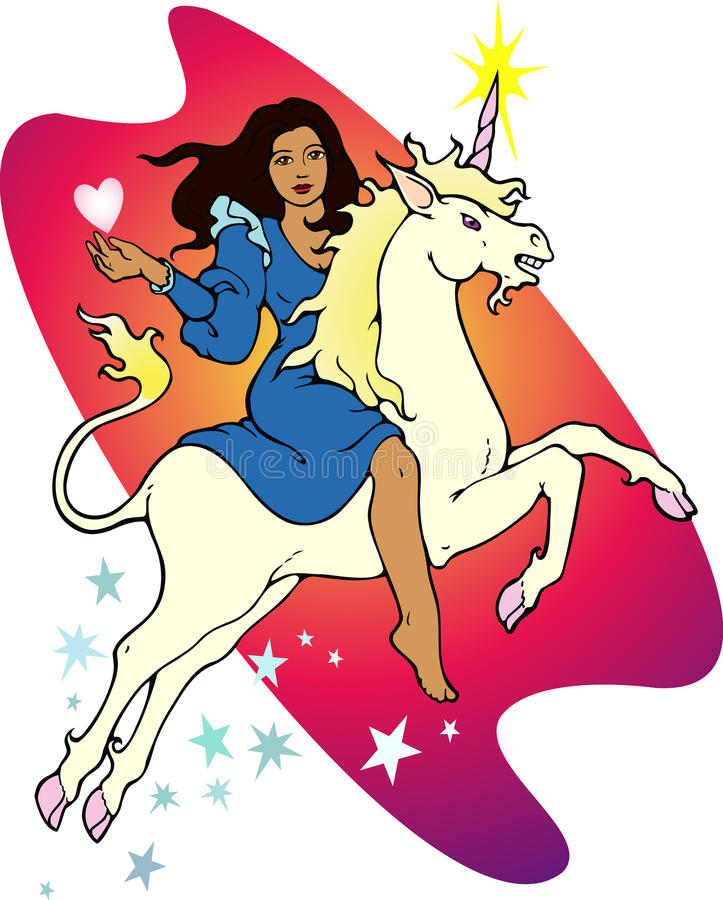
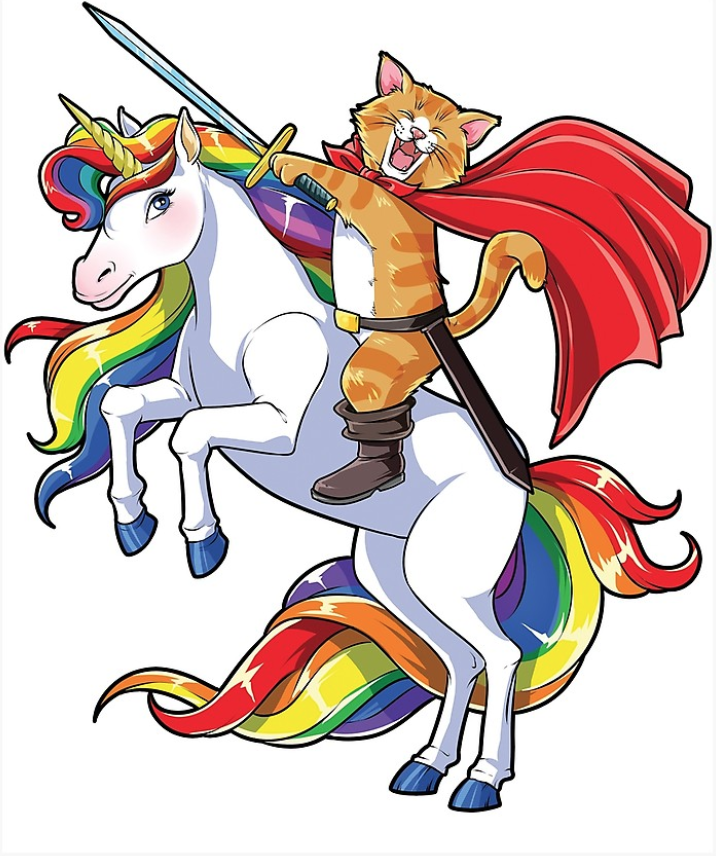
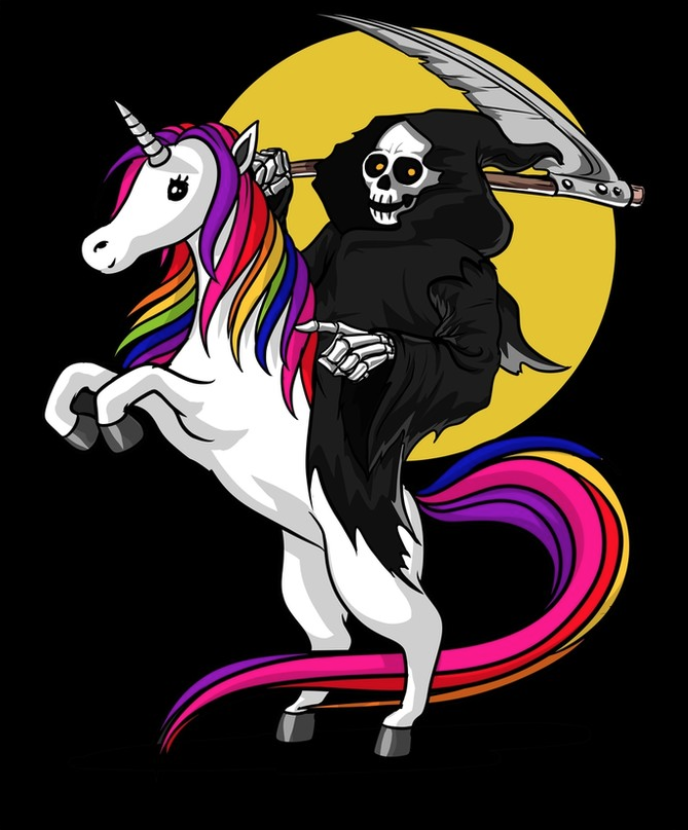
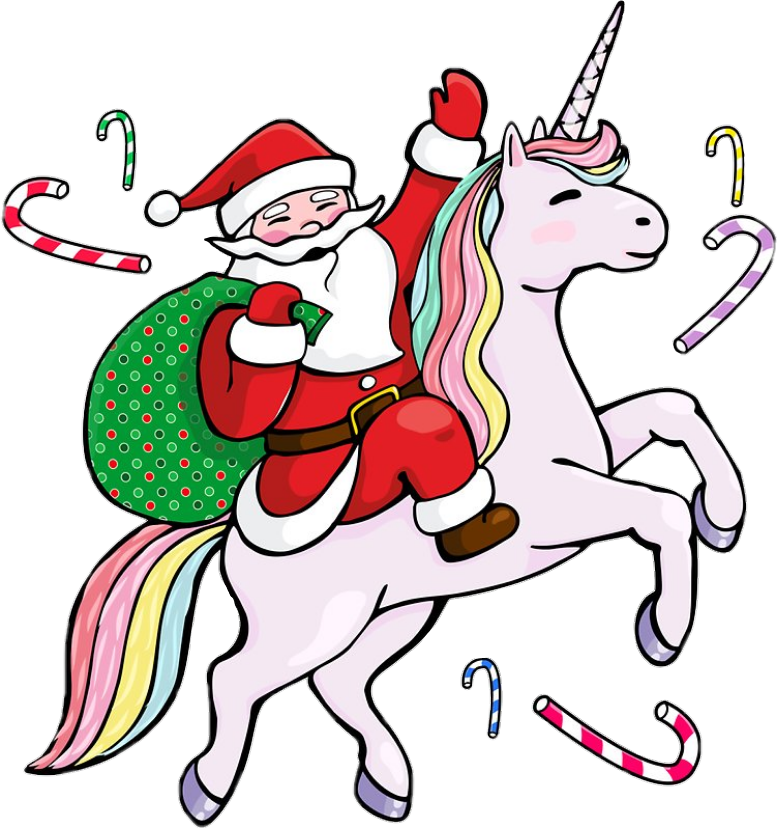
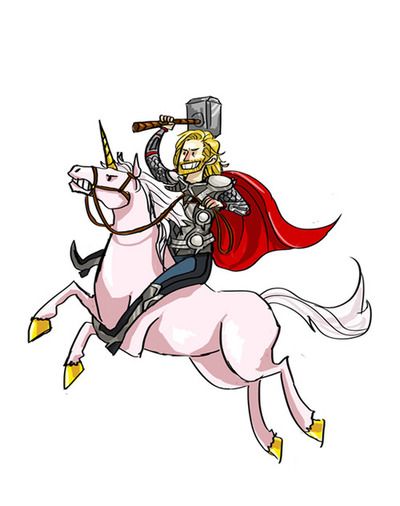
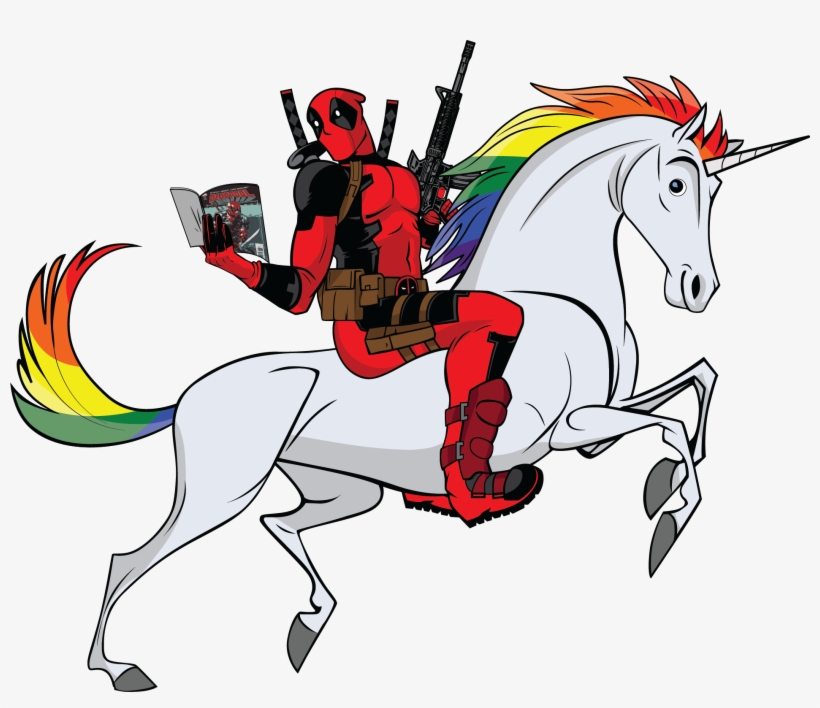
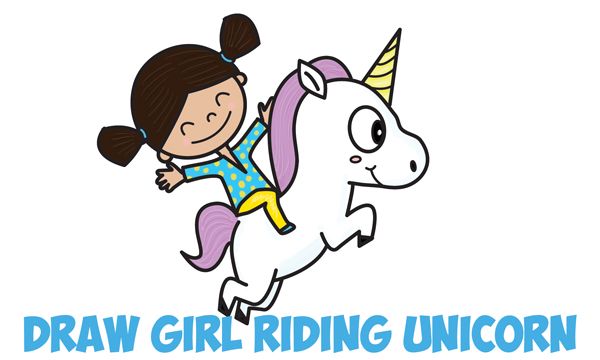
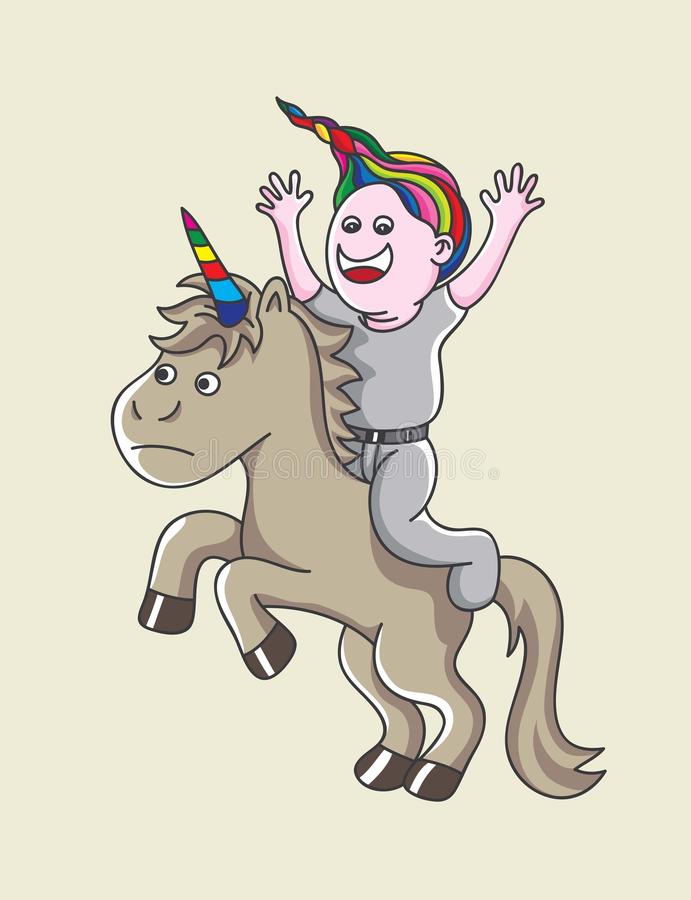


modern Amazons, 1917 – present
↑ Back To Table Of Contents ↑Wassily Kandinsky’s Amazons, Russia, 1917 – 1918
↑ Back To Table Of Contents ↑Wassily Kandinsky is famous for his abstract paintings, but he has also created a number of figurative works.
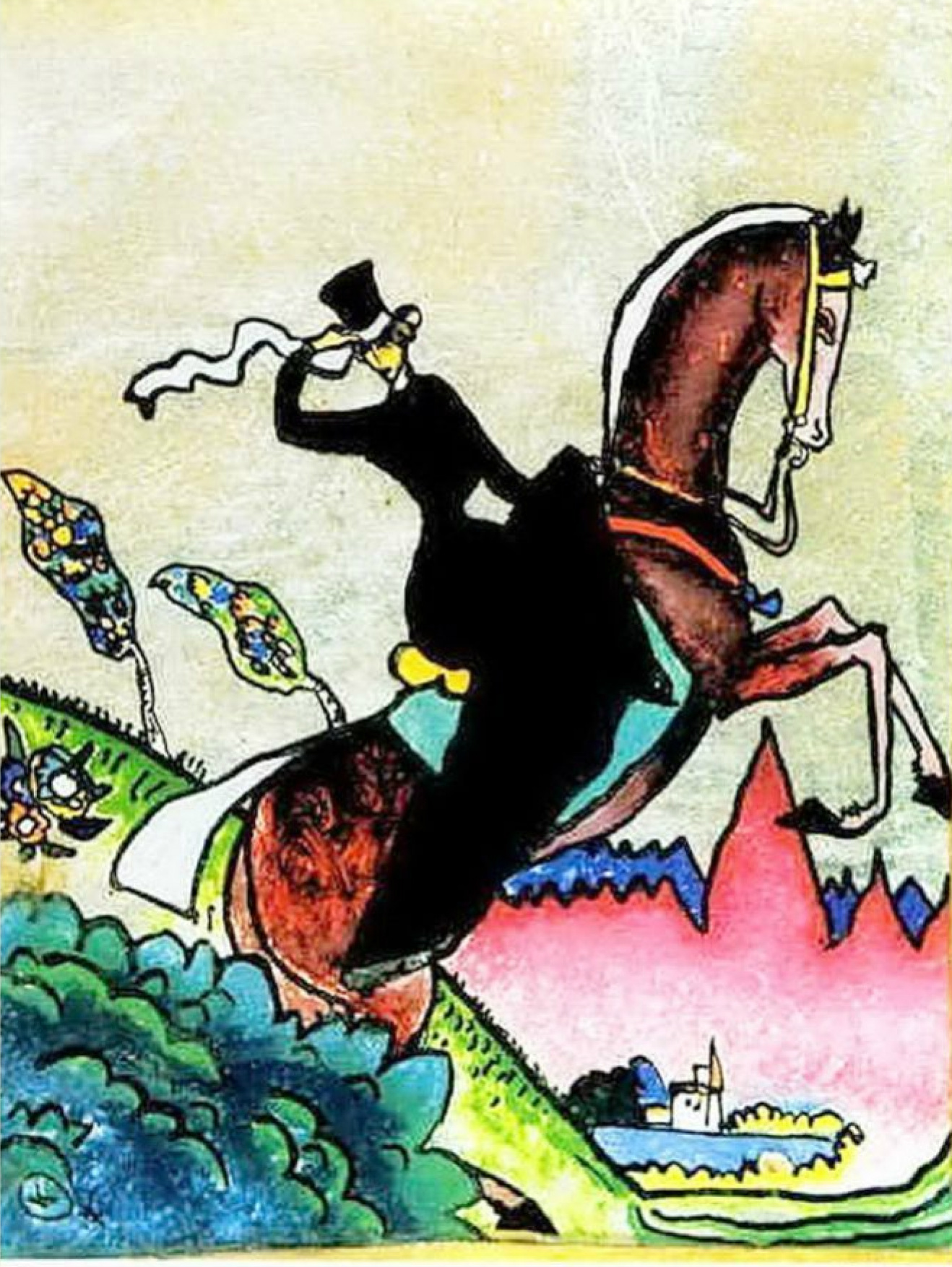
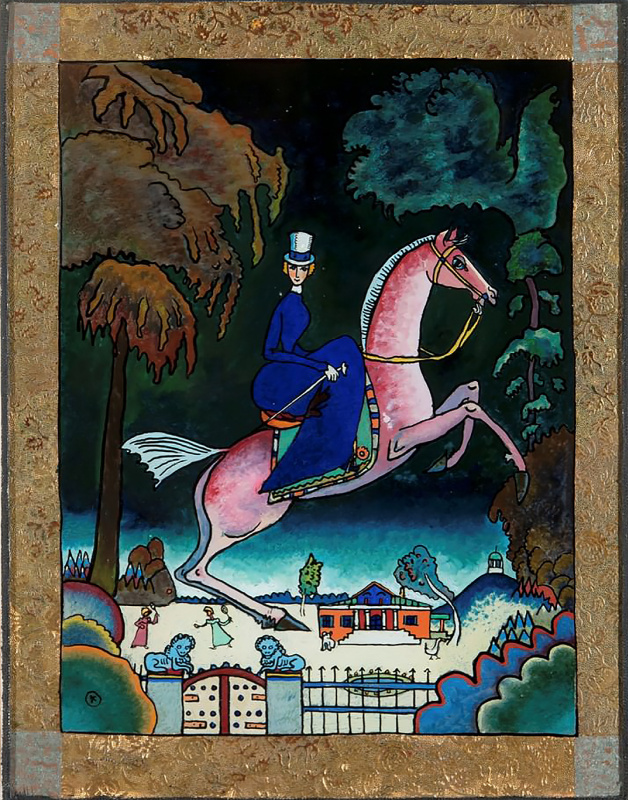
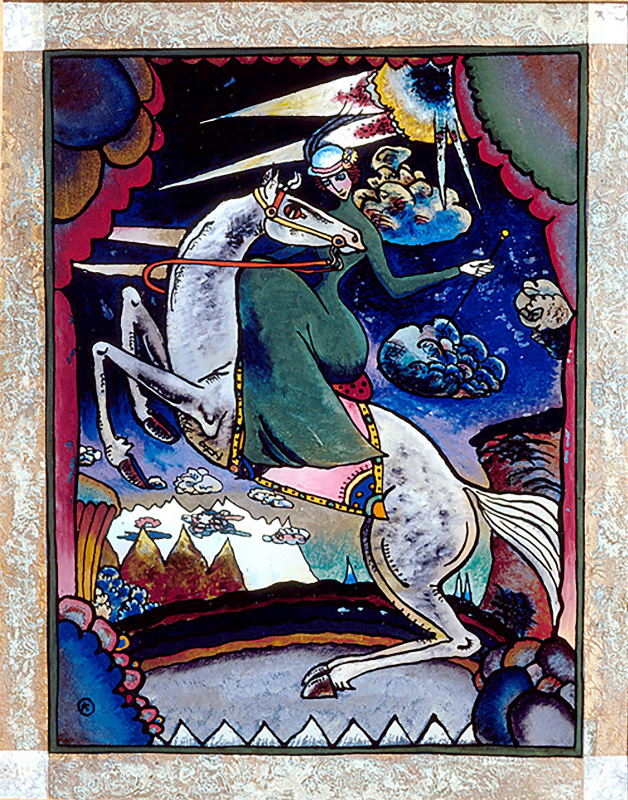

Game of thrones, 2019
↑ Back To Table Of Contents ↑Perhaps predictably, a number of recent horsemen were inspired by an extremely popular American fantasy drama television series Game of Thrones. It is quite interesting to juxtapose two images of horsewomen inspired by this television series.


The second is a portrait of the Game of Thrones horsemaster, Camilla Naprous, showing her work on the set of the drama series. Camilla has designed and choreographed all of the show’s wildly ambitious battle scenes—and taught dozens of actors how to ride on set. This photograph was shot by Anastasia Taylor-Lind, known for her images of women living in the hardships of their surroundings taken in Iraqi Kurdistan, Syria, Gaza, Afganistan, Maidan in 2014, Rohingya etc.
Hero Amazons of 2010s: from inspiration and dream to reality
↑ Back To Table Of Contents ↑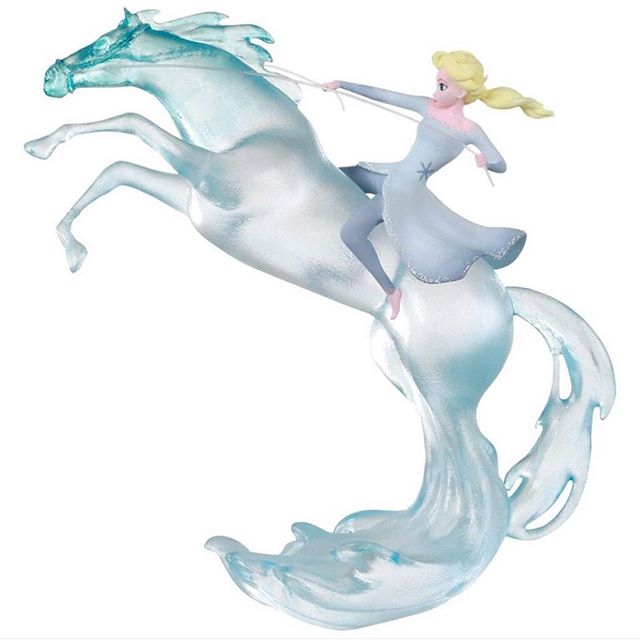

The first image shows an inspiration, Elsa, a fictional character who appears in Walt Disney’s animated film Frozen and its sequel Frozen II. She rides Nøkk, the Water spirit whom she had tamed. This is part of her quest to learn about the past and save her kingdom which she, of course, will succeed.
The second image shows a dream, the possibility of a future. It was created by Kelly Tan, a self-taught amateur iPhone artist. It shows her daughter when she was only 2 years old. The girl on this image faces the future with confidence, and her ambitions are supported by her mother. Perhaps this is what the image of a horseman (or a horsewoman or a horsechild) on a rearing horse is all about!

On 6 July 2020, their campaign has achieved an important milestone: a U.S. court ordered the shutdown of the Dakota Access oil pipeline on Monday over concerns about its potential environmental impact, a big win for the Native American tribes and green groups who fought the major pipeline’s route across a crucial water supply for years pending an environmental review.
Leave a Reply